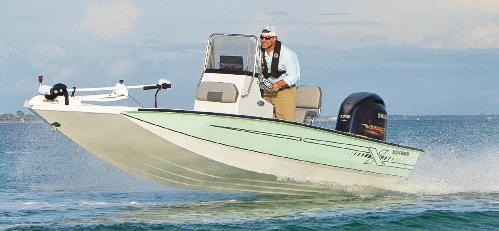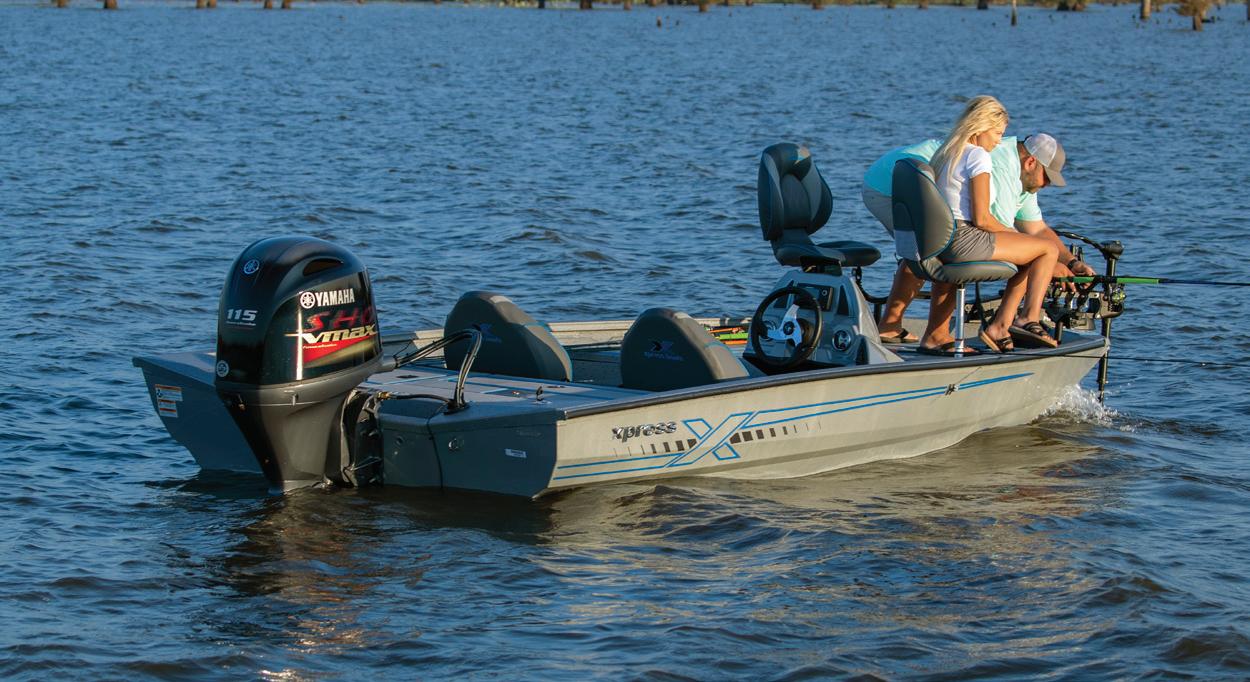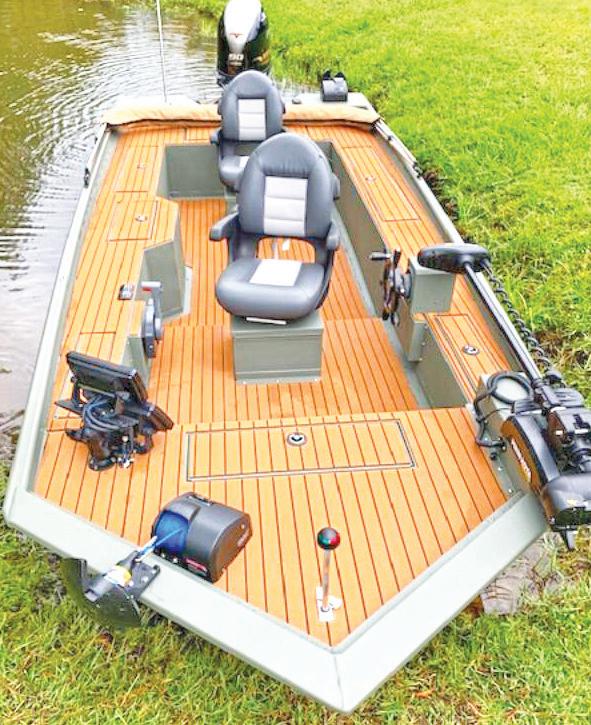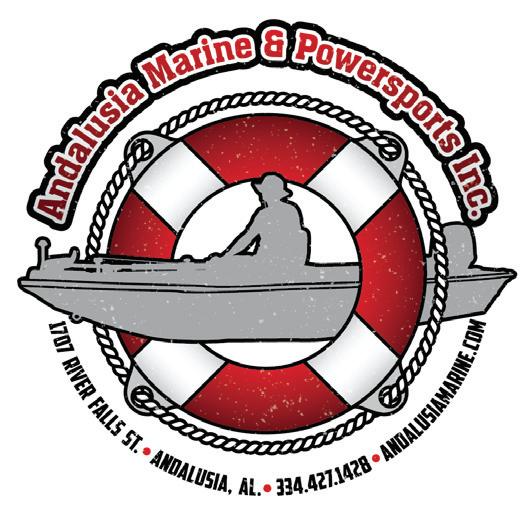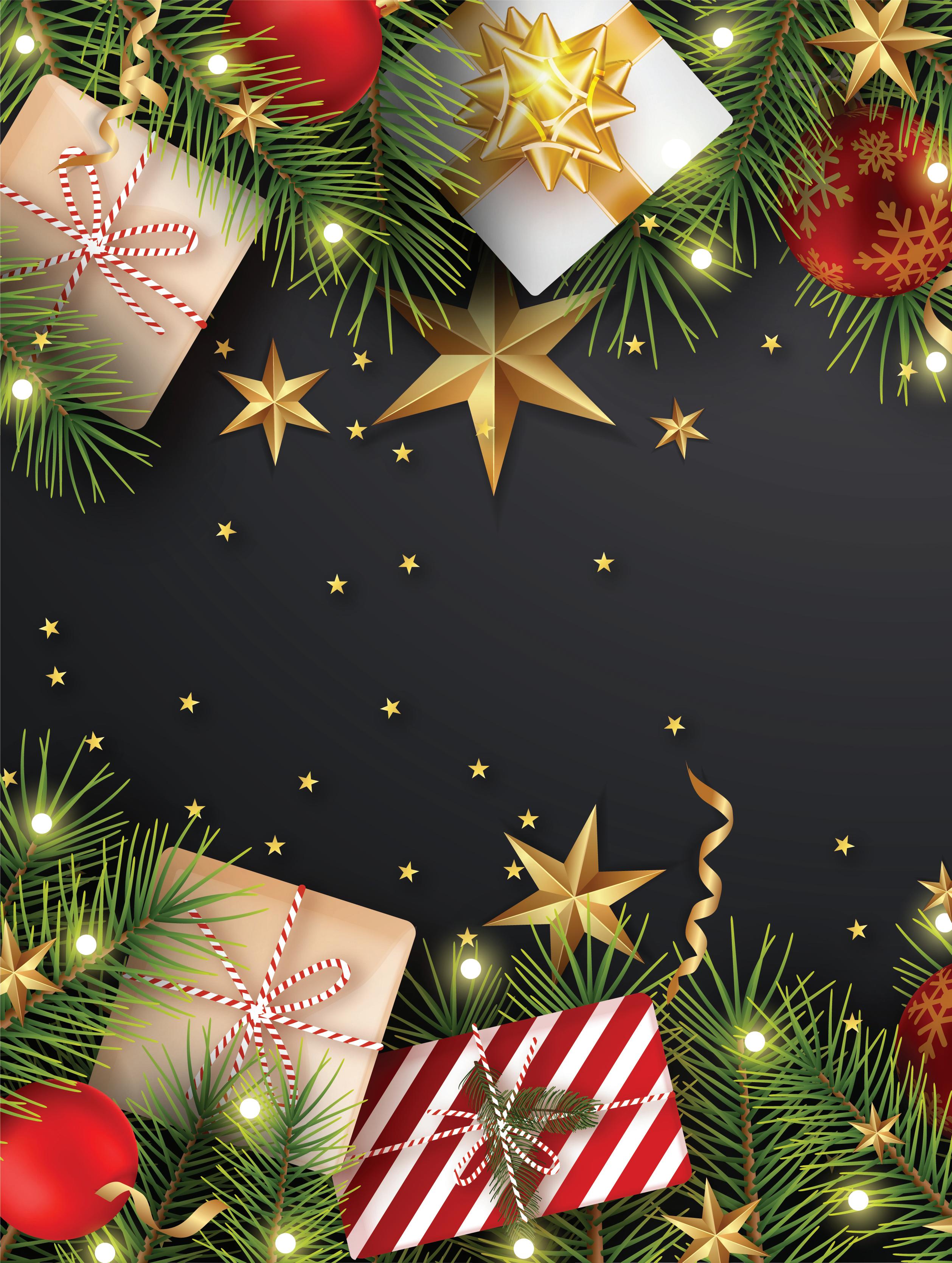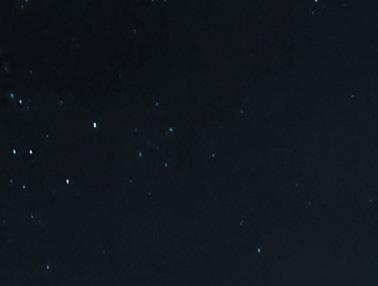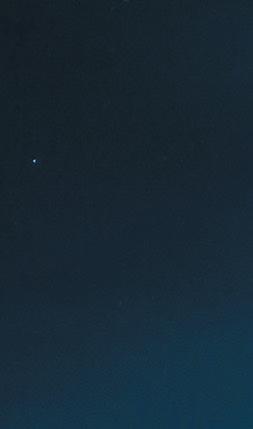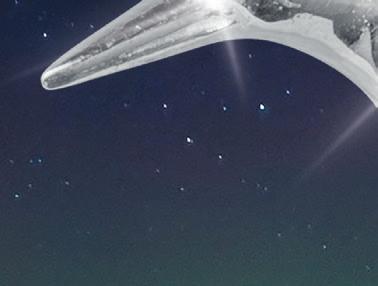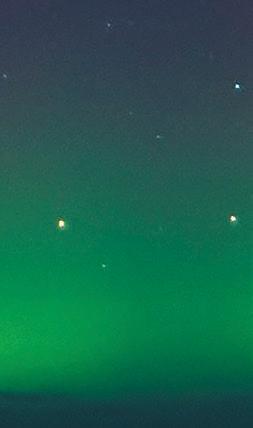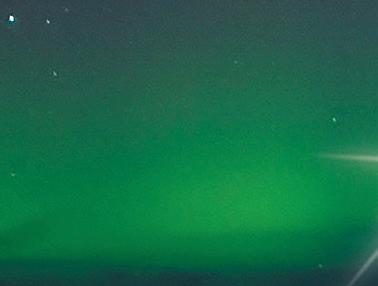


















































A watch that revolutionized timekeeping at a price equally as radical.
In the history of timepieces, few moments are more important than the creation of the world’s first Piezo timepiece. First released to the public in 1969, the watch turned the entire industry on its head, ushering in a new era of timekeeping. It’s this legacy that we’re honoring with the Timemaster Watch, available only through Stauer at a price only we can offer.

Prior to Piezo watches, gravity-driven Swiss watches were the standard bearer of precision timekeeping. But all that changed when the first commercially available Piezo watch came onto the market.
The result of ten years of research and development by some of the world’s top engineers, they discovered that when you squeeze a certain type of crystal, it generates a tiny electric current. And, if you pass electricity through the crystal, it vibrates at a precise frequency–exactly 32,768 times each second. When it came on the market, the Piezo watch was the most dependable timepiece available, accurate to 0.2 seconds per day. Today, it’s still considered a spectacular advance in electrical engineering.












“[Piezo timepieces]...it would shake the Swiss watch industry to its very foundations.”

Foundation For Economic Education

With the Timemaster we’ve set one of the world’s most important mechanical advances inside a decidedly masculine case. A handsome prodigy in rich leather and gold-finished stainless steel. The simplicity of the watch’s case belies an ornately detailed dial, which reflects the prestige of this timepiece.
Call today to secure your own marvel of timekeeping history. Because we work directly with our own craftsman we’re able to offer the Timemaster at a fraction of the price that many Piezo watches cost. But a watch like this doesn’t come along every day. Call today before time runs out and they’re gone.
Your satisfaction is 100% guaranteed. Spend some time with this engineering masterpiece for one month. If you’re not convinced you got excellence for less, simply send it back within 30 days for a refund of the item price. But we’re betting this timekeeping pioneer is a keeper.
Dear Angler,
Are you looking for a change in the New Year? We have plans to expand in 2023 and are seeking like-minded outdoor enthusiasts who share in our vision to bring our free publication to every town in America!
Do you want to work from home, be your own boss, and control your time and earnings? Then owning your own fishing magazine may be right for you!
Our ideal candidate for this unique business opportunity:
• Loves the Outdoors
• Loves Meeting People
• Has Prior Business Experience or at Least Three Years of Sales Experience
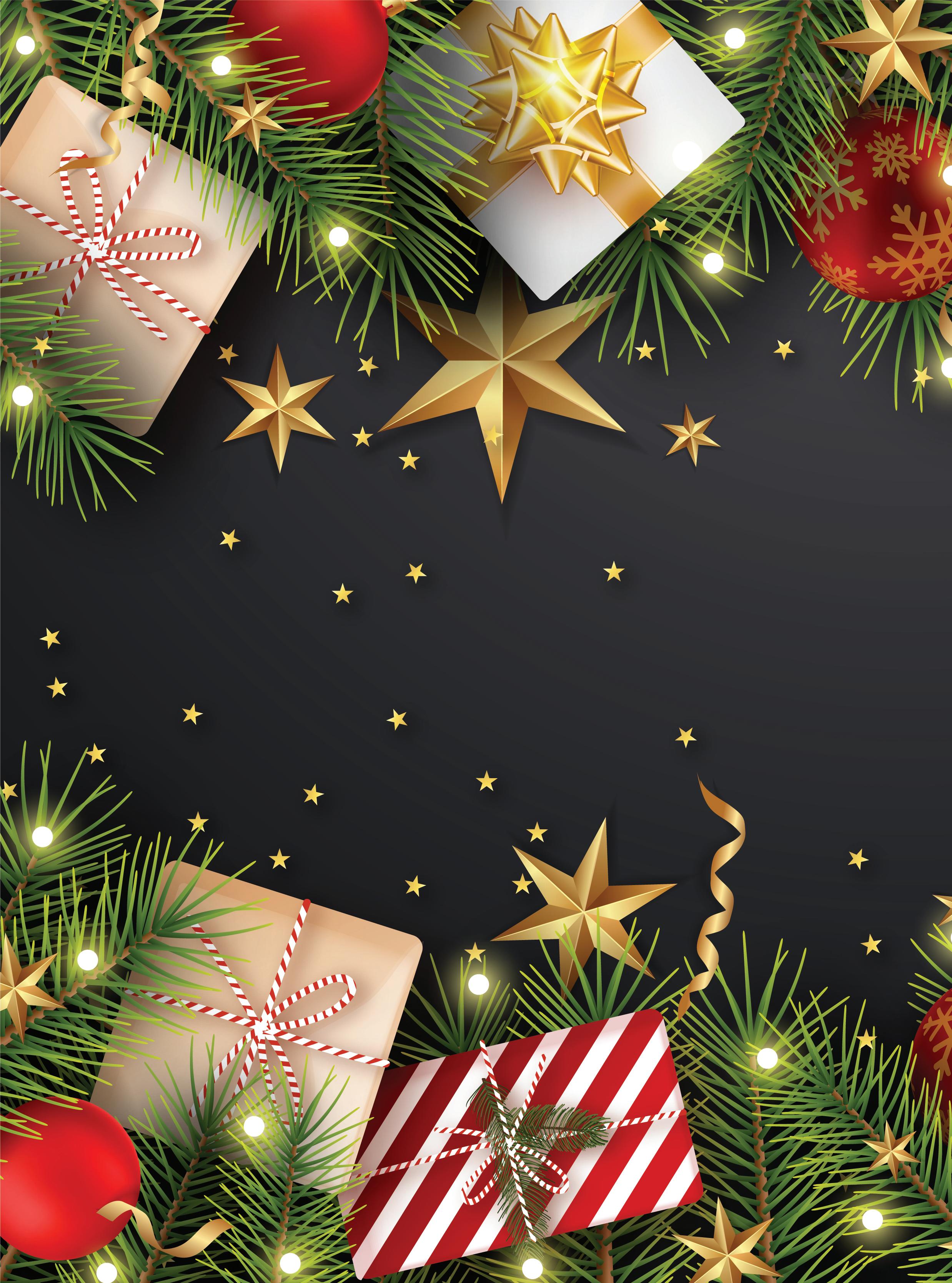
• Has Good Credit & Driver’s License
• Is a Self-Starter
If you or someone you know is looking for an opportunity to own their own home-based business and earn a living in the outdoor industry, please contact us at 321.777.2773 x 1 or email info@coastalanglermagazine.com.
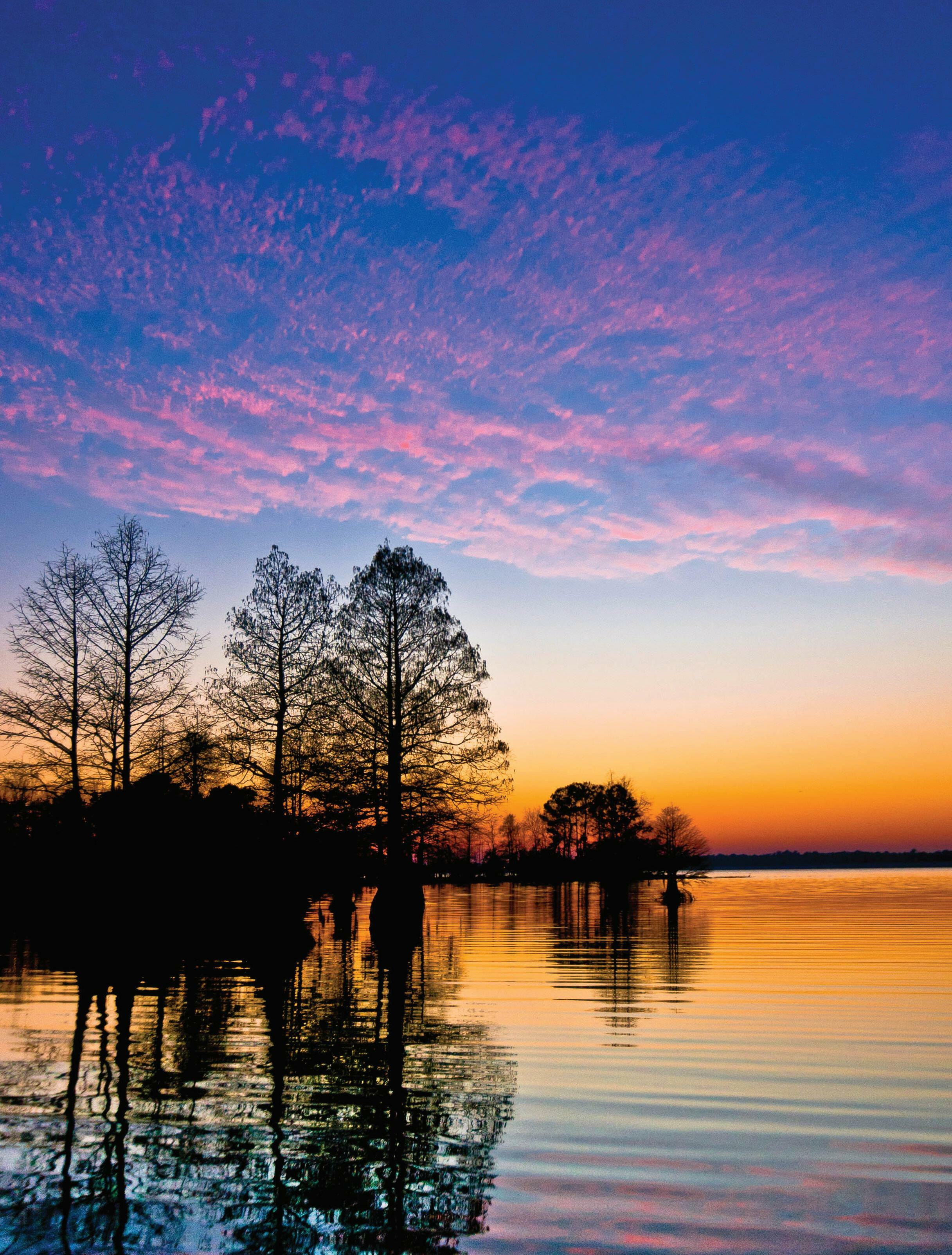
Ask us if we have a franchise territory available near you! We have freshwater and saltwater franchise territories available throughout the US and abroad!
Tight lines, Ben Martin
Editor In Chief
Coastal Angler Magazine
The Angler Magazine
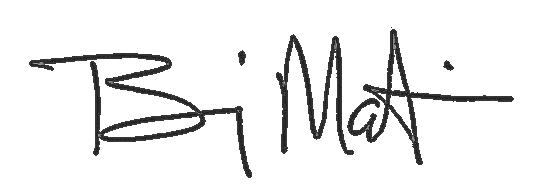


www.CoastalAnglerMag.com
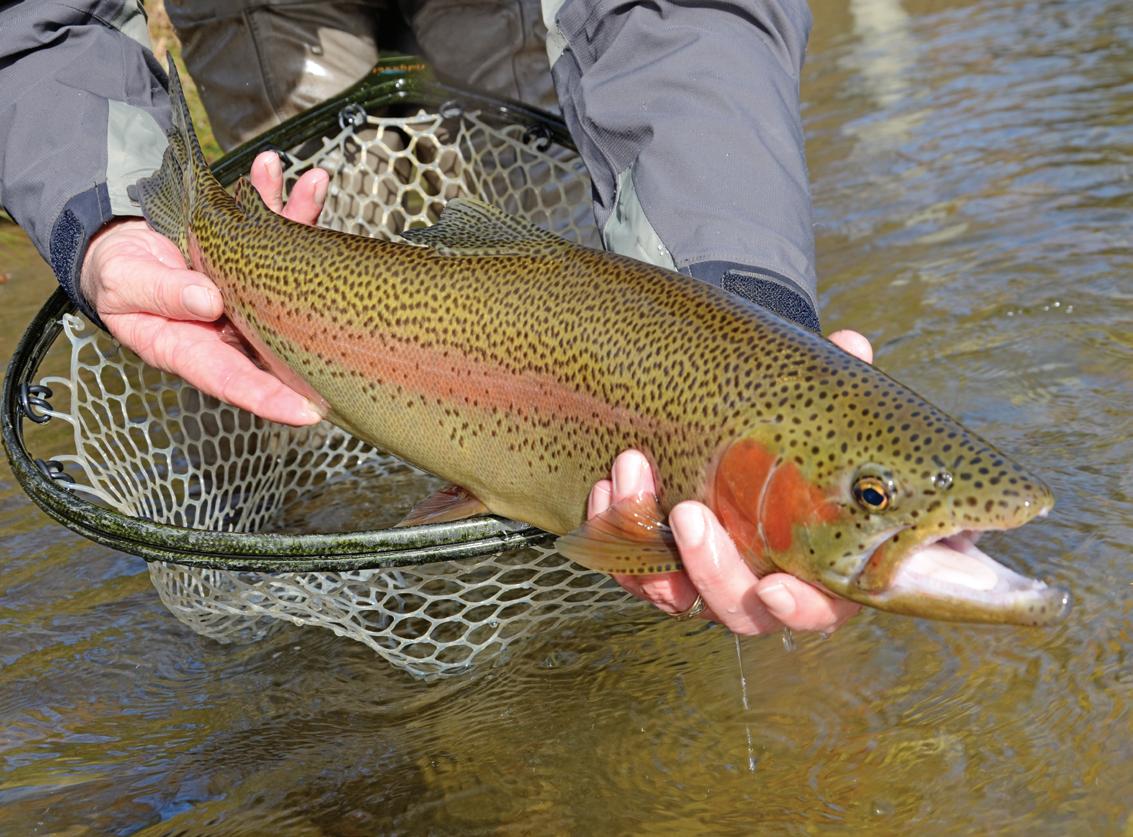 By Nick Carter
By Nick Carter
Trout like cold water, but there’s no denying the slow down that occurs on most wintertime trout fisheries. When water temps fall into the low 40s and below, insect life and other food sources are less prevalent. Trout metabolisms slow and they go into energy-conservation mode. They are content to hover near the bottom out of heavy current and feed only when an easy opportunity arises.
That said, fish still need to eat, and intrepid anglers will find joy in the seclusion of a wintertime trout stream. Here are some tips to raise the odds of a great wintertime trout trip. Dress warmly, wade carefully and savor the taste of the ice you suck from your rod guides.
1) Choose Destinations Wisely: Winter is not the time to explore high-elevation brook trout streams. Instead, float a tailwater, where water temps are consistent year-round, or go to lower elevation streams that are a bit warmer. For a target-rich environment, try out a delayed-harvest fishery. They are stocked heavily through the cooler months.
2) Fish Warm Spells: Two or three days of consistently warmer weather are primetime in terms of winter trout fishing. Everything in the stream, from the trout to the bugs and baitfish they eat, perks up.
By the same logic, the best bite is usually during the warmest part of the day. Sun warms the shallows, bringing out the tiny little midges, black stoneflies and blue-winged olives that are wintertime staples. Even if the action is subsurface, trout will take advantage of easy feeding opportunities.
3) Fish Meticulously: Unless trout are visibly rising, subsurface is the way to go. Turn your attention away from the riffles where rainbows pop dry flies in spring, and look to the deeper, slower runs. Pick them apart with nymph rigs. Keep in mind that most winter food items will be small, but fish a variety of sizes and patterns at the same time and cover every inch of each run vertically and horizontally. The idea is to hit a fish in the nose, and this is best achieved fishing slowly and carefully.
If you want to tempt a giant trout, it’s a good time to dead drift a big streamer with the same meticulous patience. Don’t hesitate to fish a heavy streamer deep under an indicator. Sometimes a big mouthful is enough to convince a lock-jawed bruiser to eat.
4) Fish Safely: Flooding your waders can kill you when it’s frigid. During cold snaps, consider fishing near the truck, where a quick jog can put you in a heated cab if you get wet. If you do go into the backcountry, take a dry-bag with fire-starting equipment, a towel and a change of clothes.
Wherever you fish, wade carefully, avoid stepping on frozen-over rocks, kick any snow off your boots before entering the water and avoid taking chances like wading deep water or heavy flows.
Nick Carter is the author of “Flyfisher’s Guide to North Carolina & Georgia.” Contact him at nsc8957@gmail.com.



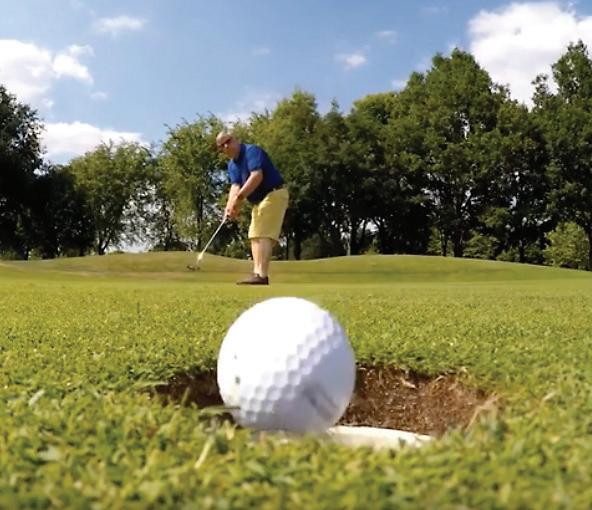


Berkeley County is a wonderland for outdoor enthusiasts, sports buffs, adventure seekers, and water lovers. From exemplary fishing for striped bass, or a trophy largemouth bass, to our hiking trails and water activities, along with scenic outdoors where you can catch a glimpse of white tail deer and gators, Berkeley County has activities to fit all visitors and families. Learn more about Berkeley County at: exploreberkeleycounty.com


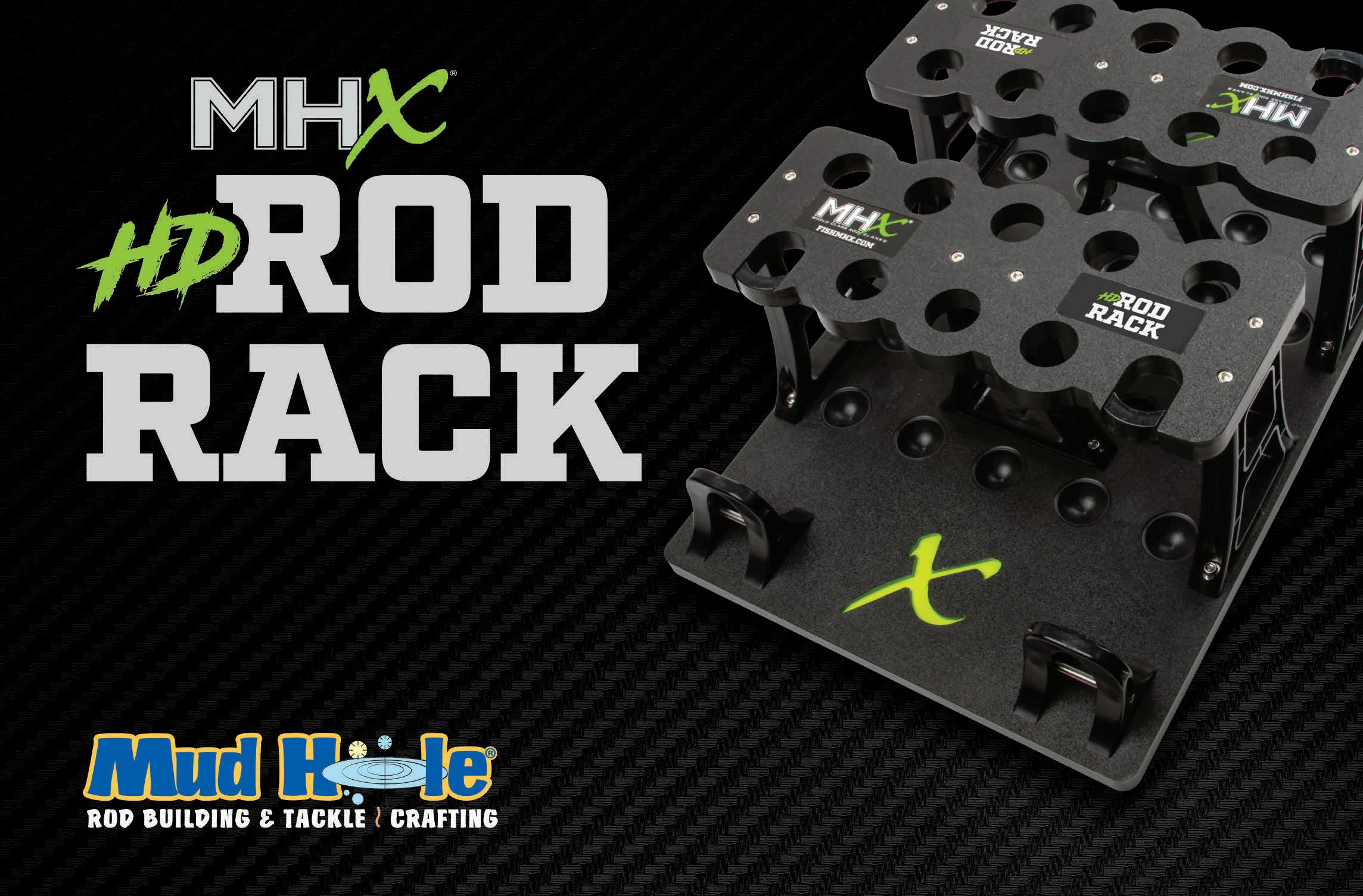


Next stop Manaus, Brazil! It all started when my good friend Capt. Johnny Stabile called.
J: I know what you’re going to say before I even ask.
G: What is it?
J: Do you want to go Peacock fishing in Brazil?


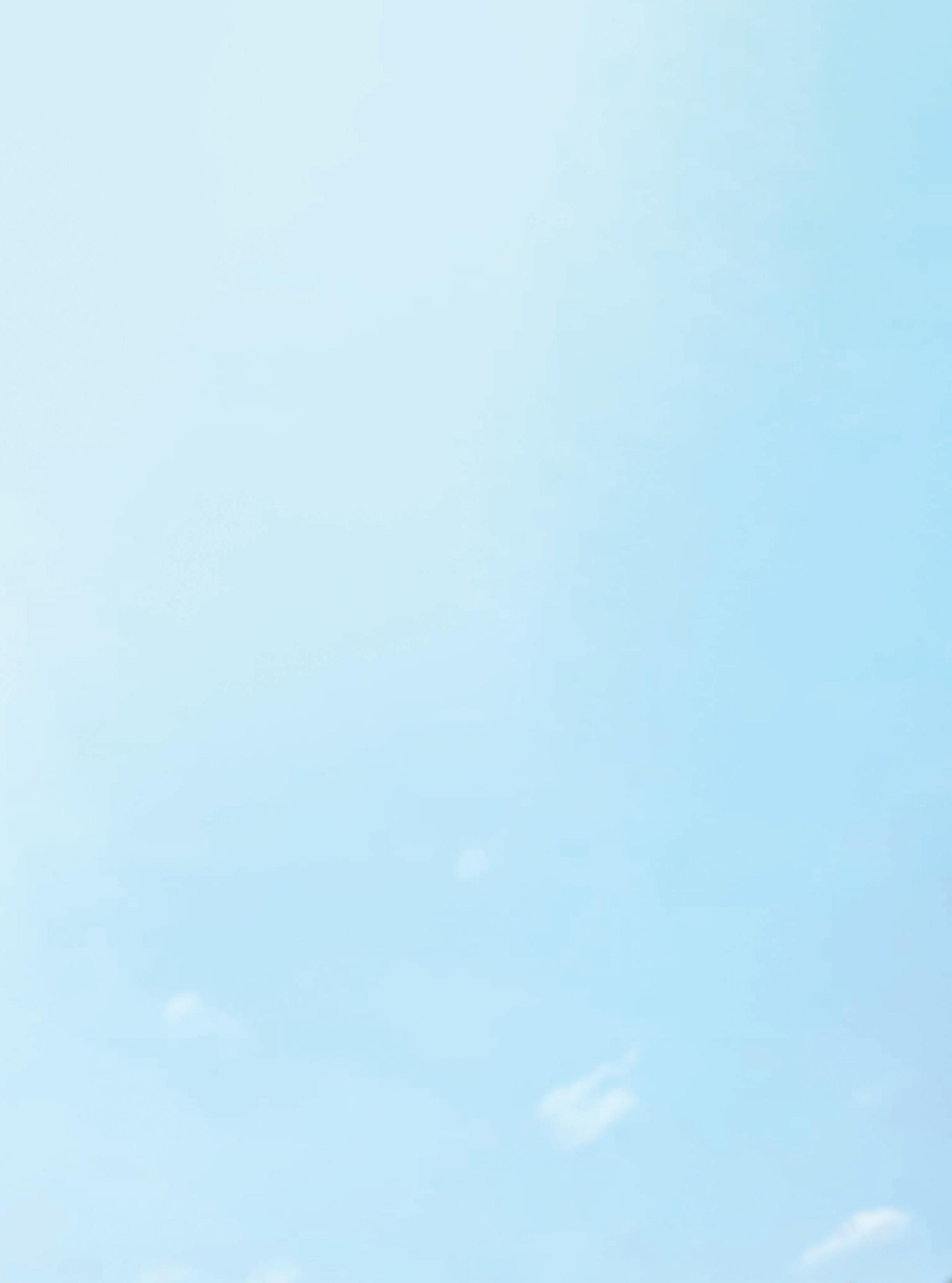
G: When?
J: We would leave 13 days after our Alaska trip.
Of course, my response was, “Ok, sounds great!”
That would give me just enough time to get back from Alaska, fulfill orders for my business, and get things ready to head south. We flew out of Miami, and with a layover in Panama City, Panama met up with several other fishermen on the expedition. After a very long night of traveling, we finally landed in Brazil and hopped on a quick seaplane ride to the Rio Matupiri for six and a half days of non-stop fishing!
We stayed aboard the Amazon Legend with a very accommodating crew of 14. We ate like kings and fished hard. Our typical day of fishing consisted of getting up before the sun for a quick breakfast and loading into skiffs to spend the day zipping around to the guide’s best fishing spots. We threw a variety of lures, mostly topwaters like big choppers and walking baits. Johnny’s favorites of the trip were a Rebel Jumping Minnow and a Borboleta Woodstock 10.5 cm. He wore out the peacock bass on that Jumping Minnow. I threw bucktail jigs, and they produced the largest number of fish, but for Johnny it was all about the BIG’UNS!
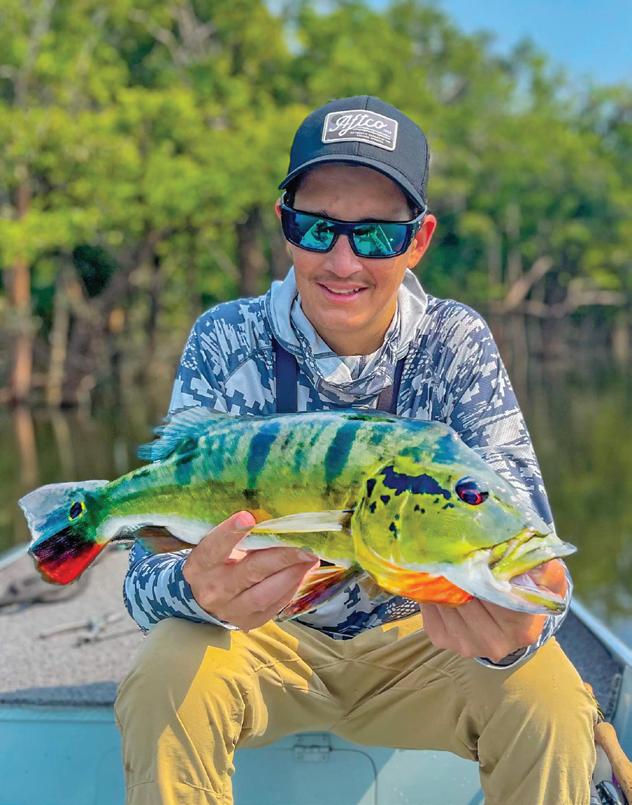
Johnny loves to fly fish, so one special thing about fishing in Brazil for him was catching several nice fish on the fly rod with easy-to-tie flies that he made myself. These fish are so much more aggressive than the peacock bass you find in south Florida. For a little perspective, we caught more than 350 peacocks and more than 50 piranha along with several other exotic species. The average peacock was 2 to 3 pounds, and Johnny’s biggest weighed more than 8 pounds. One person in our party caught a big peacock that pulled the scales to nearly 14 pounds.
After a long morning of non-stop action, sometimes we would take a quick lunch break and hide in the shade of a tree for a wonderful shore lunch. The guides packed everything for remote meals on land, where they cooked native fare on an open fire. While they cooked, we relaxed in hammocks with
plenty of cold drinks and the opportunity for a quick nap before lunch was served. Many of the fish we caught contributed to these lunches, and there were also steaks and chicken available with all the fixins. Homemade salsa and native seasonings complimented the meals perfectly. After a relaxing lunch, it was back on the skiff and back in the action!
After afternoons of fishing, we indulged in fivestar dining and the most important part of the trip, air conditioning! The crew made up our rooms, did our laundry and prepared dinner every evening. Specialty cocktails were also provided, if that’s your fancy, but Johnny’s favorite was the freshly squeezed juices. He’s already looking forward to the passion fruit juice when we return next year!
Johnny shot some great video of our trip. Check it out in the December edition of The Angler Video Magazine

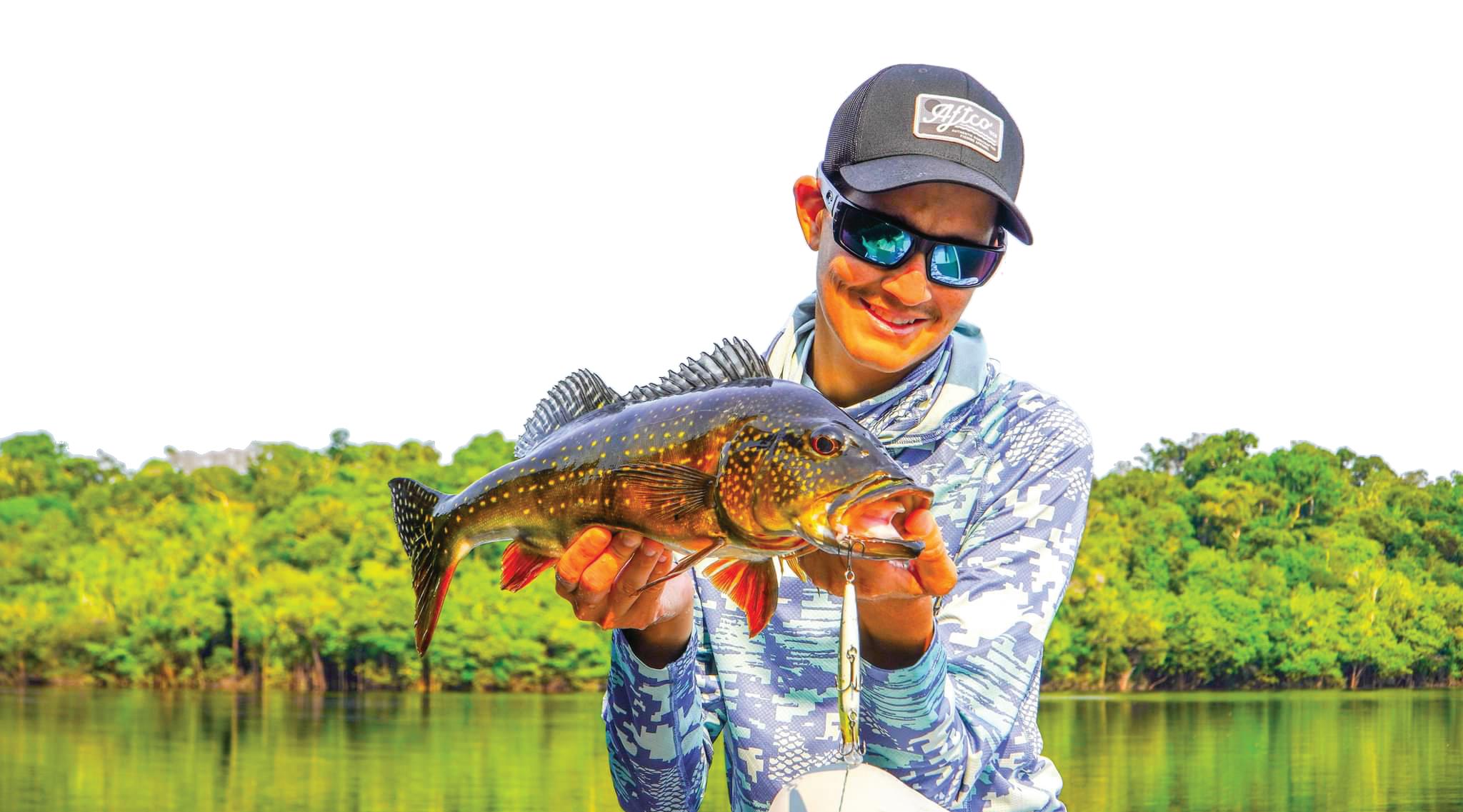
If you are interested in a Brazilian fishing adventure, e-mail Johnny at captain@ SFLFishingCharters.com or Gary at gary@purgeright.com.
 By Capt. Johnny Stabile and Gary Turner
By Capt. Johnny Stabile and Gary Turner
For as long as I can remember, offshore bottom fishing is what we look forward to during the last half of November and the entire month of December. The week of Christmas has always been considered the apex of the bottom-fishing year.
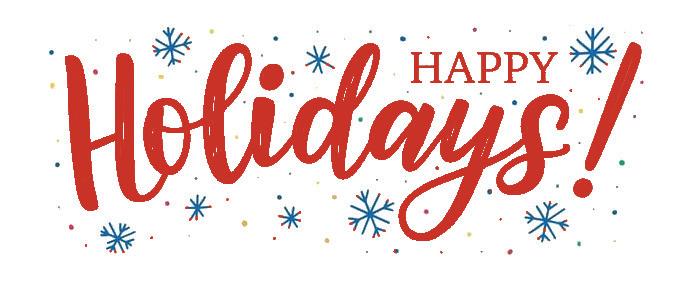


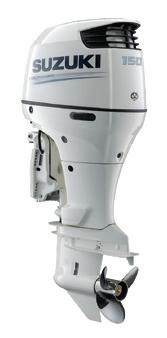
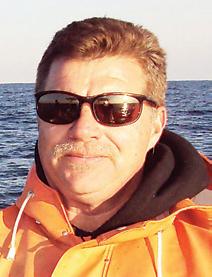

You can see the move of the big snappers marching offshore on the edge of the colder water. This will pile big snapper and other bottomdwelling species up on certain staging areas, along with a clean water temperature line that also stacks up the kings and wahoo. Keep a light line bait out while you’re bottom fishing. There is no telling what you’ll catch and on what baits.
Of course, I love a pinfish, grass grunts or sailors choice for grouper and snapper baits for more than one reason. 1) They get bites from the target species; and 2) they eliminate most of the trash bites from grunts, pinkies and sea bass.


Yes, I love a live bait on a jig, but don’t ever forget that a big grouper also loves a big chunk of cut bait. We have seen a huge uptick in amberjack and almaco jacks in the past few


years for some reason. This is an excellent bait source! I like to keep one of the first, smaller, amberjacks that come up just for this cut-bait option. The big chunks of cut bait do
of my bottom-fishing strategy. This is also the reason I take a couple boxes of squid on every trip. I start every new post-up on a ledge or live bottom area with everyone firing down whole squid every drop. I don’t care what they are catching. It’s usually grunts, pinkies or seabass, but what is really happening on the bottom is the squid are being ripped to shreds and small pieces are swirling around and creating a chum slick. After several volleys of whole squid, I change it up to live pinfish, grass grunts or other live baits on a jig.

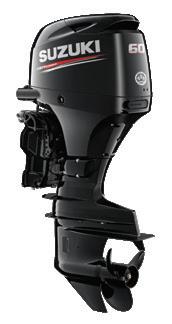
Grouper and big snapper see the live bait as a smaller fish that was grabbed by a crab while feeding on small pieces of squid. It’s a winning technique that has been very successful for me and other Decoy Jig users for years now. It is also new to the fish, tackle-wise.
two things. They get bites and they also create a “chum slick” on the bottom right where you are fishing. When the cut bait gets pecked at, all the small pieces of flesh swirl around as it’s being eaten.
This is one of the most important aspects
The beauty of this cold water line moving farther offshore with every cold front creates opportunity for a variety of species. You never know; keep firing down cut bait and setting the hook on “strange feeling bites,” and you might even catch a big deep-water lobster like the one in the video below.
Check out some awesome bottom fishing videos at https://youtu.be/w1YmT6M0ObQ.

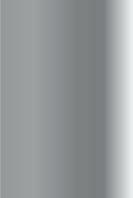
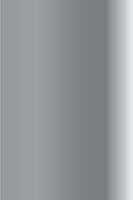





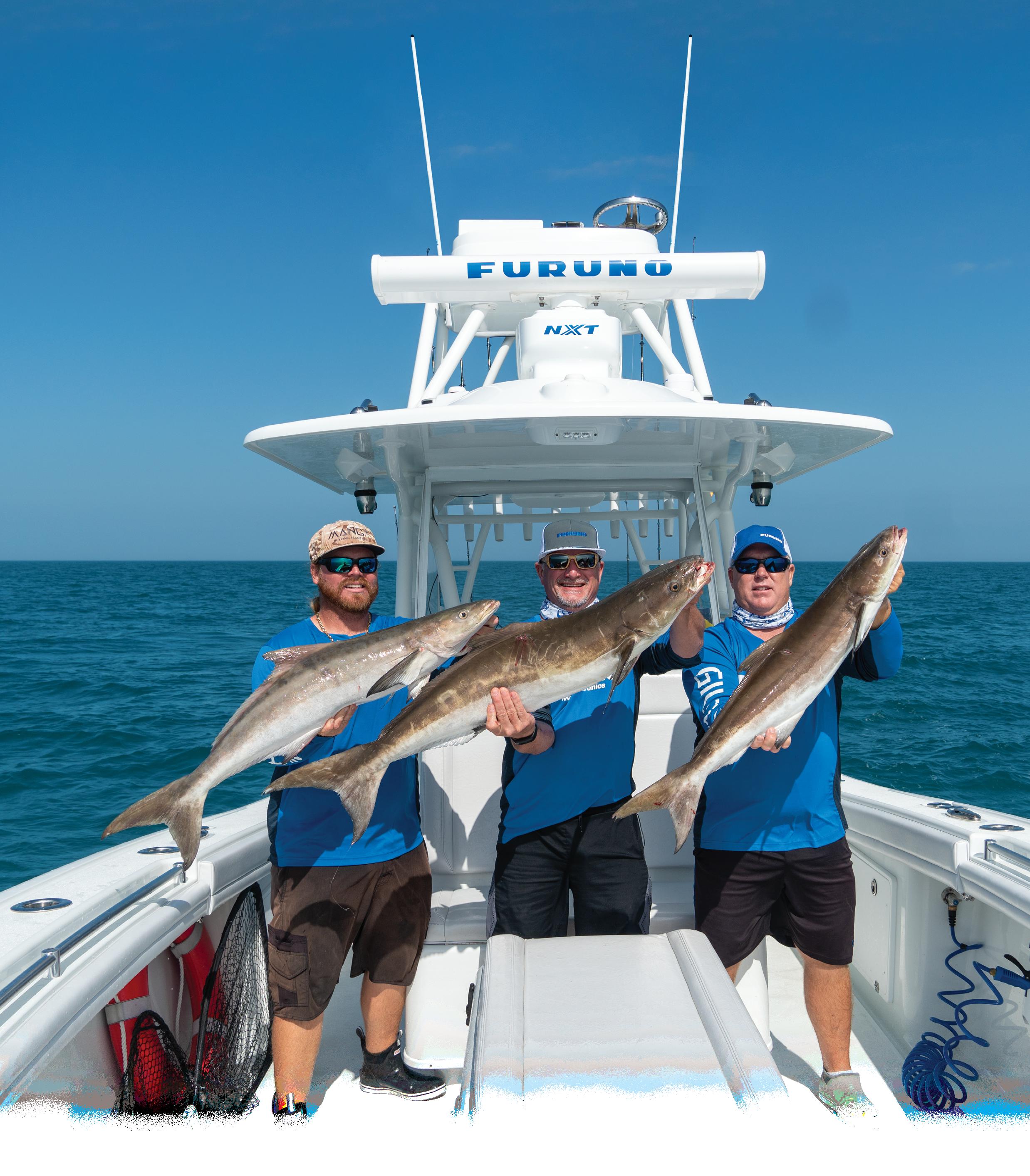


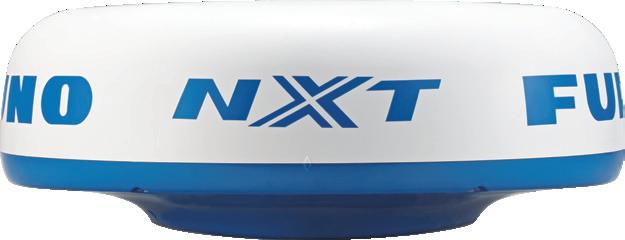

grouper for the table.
e harvest will be very limited and tightly regulated, and permits will be issued by random drawing of applicants who applied during the Oct. 15-30 deadline. e cost to apply was $10 plus fees and permit at GoOutdoorsFlorida.com.
Details for this limited, highly regulated harvest include:

• Total recreational harvest of up to 200 goliath per year, with a maximum of 50 from Everglades National Park.
• A goliath harvest permit and tag, issued via a random-draw lottery ($150 for residents, $500 for non-residents, plus fees) are required to participate. Permits and tags are non-transferable and no exemptions apply.


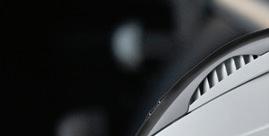
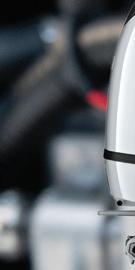
• A limit of one sh per person per open season with permit and tag.


• An open season from March 1 through May 31.
• Hook-and-line as the only allowable gear.
• A slot limit of 24-36 inches total length.
• Post-harvest requirements including proper application of the tag, reporting harvest data and submitting a n clip for genetic analysis.
• Harvest will be permitted in all state waters except those of Martin County south through the Atlantic coast of the Keys, all of the St. Lucie River and its tributaries, and Dry Tortugas National Park.
• Harvest will continue to be prohibited in federal waters.
“ e highly regulated, limited take of goliath grouper is an exciting and unique opportunity to provide access to this resource a er decades of closure, and we believe limited access is sustainable,” said FWC Commissioner Robert Spottswood. “We also look forward to collecting the post-harvest data to help guide future management decisions for this species.”
In October, the Florida Fish and Wildlife Conservation Commission opened the application process for recreational harvest of goliath grouper in Florida state waters. Harvest of the species was banned when the shery collapsed, and the 2023 spring season will be the rst time since 1990 that recreational anglers will have an opportunity to keep a goliath
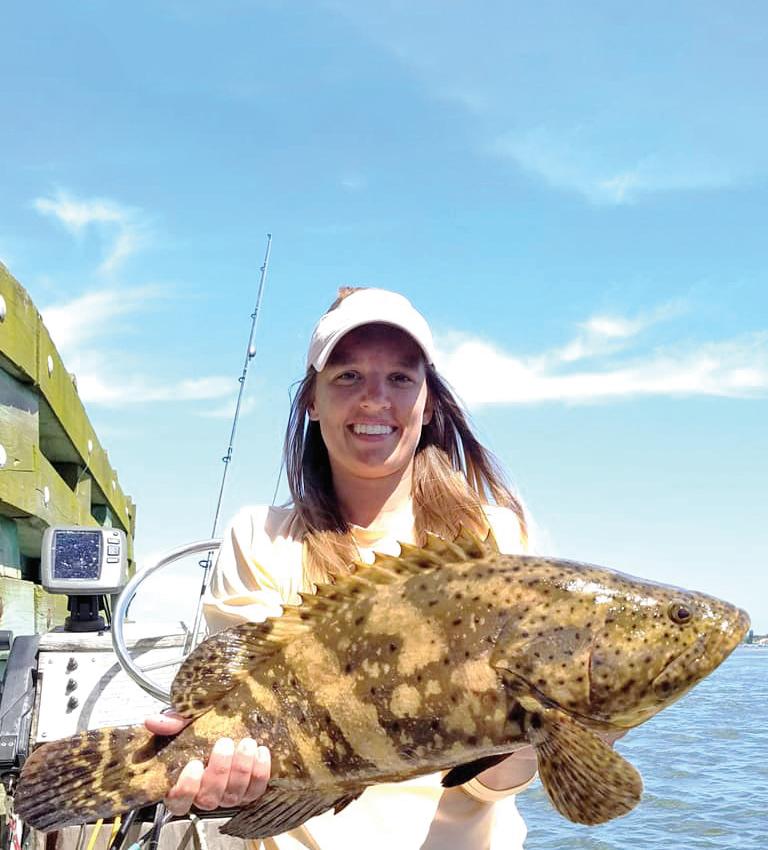
is opportunity is intended to provide additional access to this shery while balancing the values of various stakeholder groups. Adult goliath grouper will continue to be prohibited from harvest statewide as well as goliath in heavy dive ecotourism areas. is limited harvest is not intended to address shing depredation concerns.
For more information about the goliath grouper harvest permit and details on the permit lottery and eligibility requirements, visit FWC’s Goliath Grouper Harvest Permit webpage.
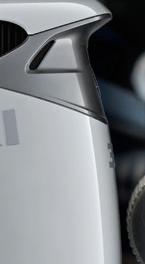
Technical schools charge tens-of-thousands in tuition. With the Mastry Suzuki RePower TTP (Technician Training Program), you will work with and learn from factory certified technicians and participating in the Suzuki on-line training course all while earning an hourly wage. After completing the Suzuki on-line training course and earning your Suzuki Certification you will be eligible for the Mastry Suzuki RePower Tenured Technicians Bonus Program.



Join the Mastry Suzuki Certified Technician Team and Enjoy the Mastry Suzuki RePower Tenured Technicians $1-Grand-A-Month Bonus Program


After joining a Mastry Suzuki RePower Center as a certified technician, every month you will accrue $1,000 in bonus opportunity. After one full year of service you will be tenured and eligible to receive all 12 months of accrued bonuses, or $12,000.





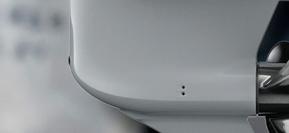


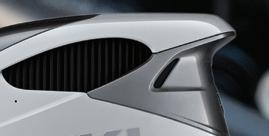






As a Mastry Suzuki RePower Tenured Technician along with your regular pay, each month you will be eligible for a $1,000 additional bonus.
At every Mastry Suzuki RePower Center, Certified Technicians are held in the highest regard. Join a passionate team of professionals with the common goal of excellence through constant improvement. With 12 locations across Florida there is a Mastry Suzuki RePower Center near you that wants to appreciate you and your abilities

Mastry Engine Center
Clearwater, Florida 800-545-4574

Twin Screws Marine Fort Myers, Florida 239-330-3387
Innovation Marine Corp. Sarasota, Florida 941-355-7852
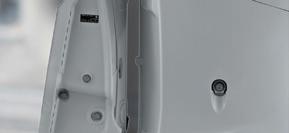
Marina One Deerfield Beach, Florida 954-421-2500

Bayfront Yacht Works Sarasota, Florida 941-349-9449
On Site Marine Ruskin, Florida 813-727-5403
Boat Services Group Key West, Florida 305-320-0555
McKenzie Marine St. Augustine, FL 32084 904-770-2488
Lou’s Marine, Inc. Gulf Breeze, Florida 850-932-0701
Atlantic Marine Store Hialeah, Florida 305-826-2202
Custom Marine Service Panama City, FL 850-872-9191
Oyster City Suzuki Apalachicola, Florida 850-653-8030


With their oddly shaped mouths and a diet made up of crustaceans and mollusks, hog sh were once thought to be a species too di cult to target with rod and reel. All that changed over the last decade or so, as captains gured out how to speci cally target these delicious and beautiful bottom-feeders.
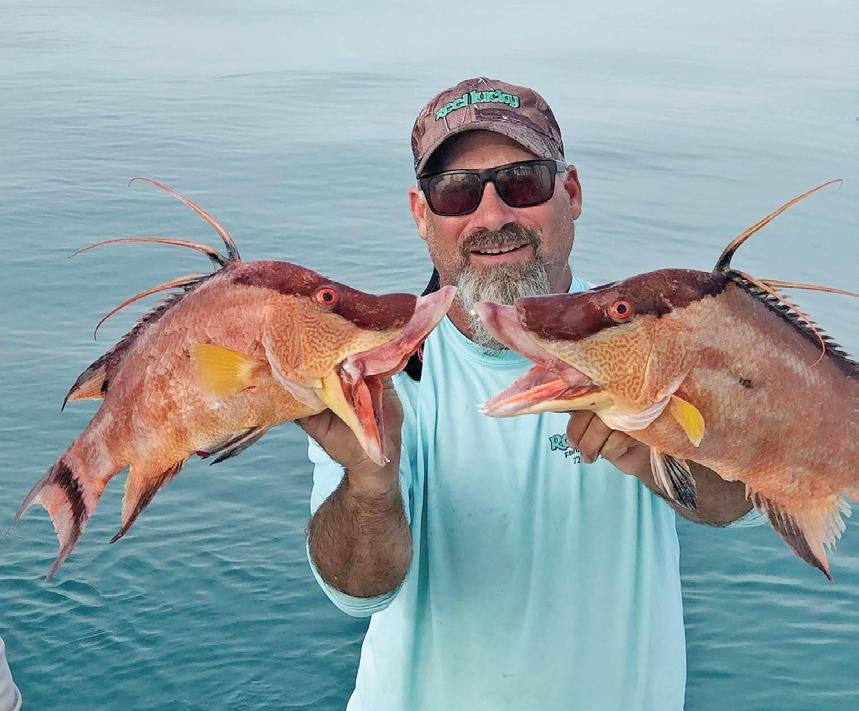
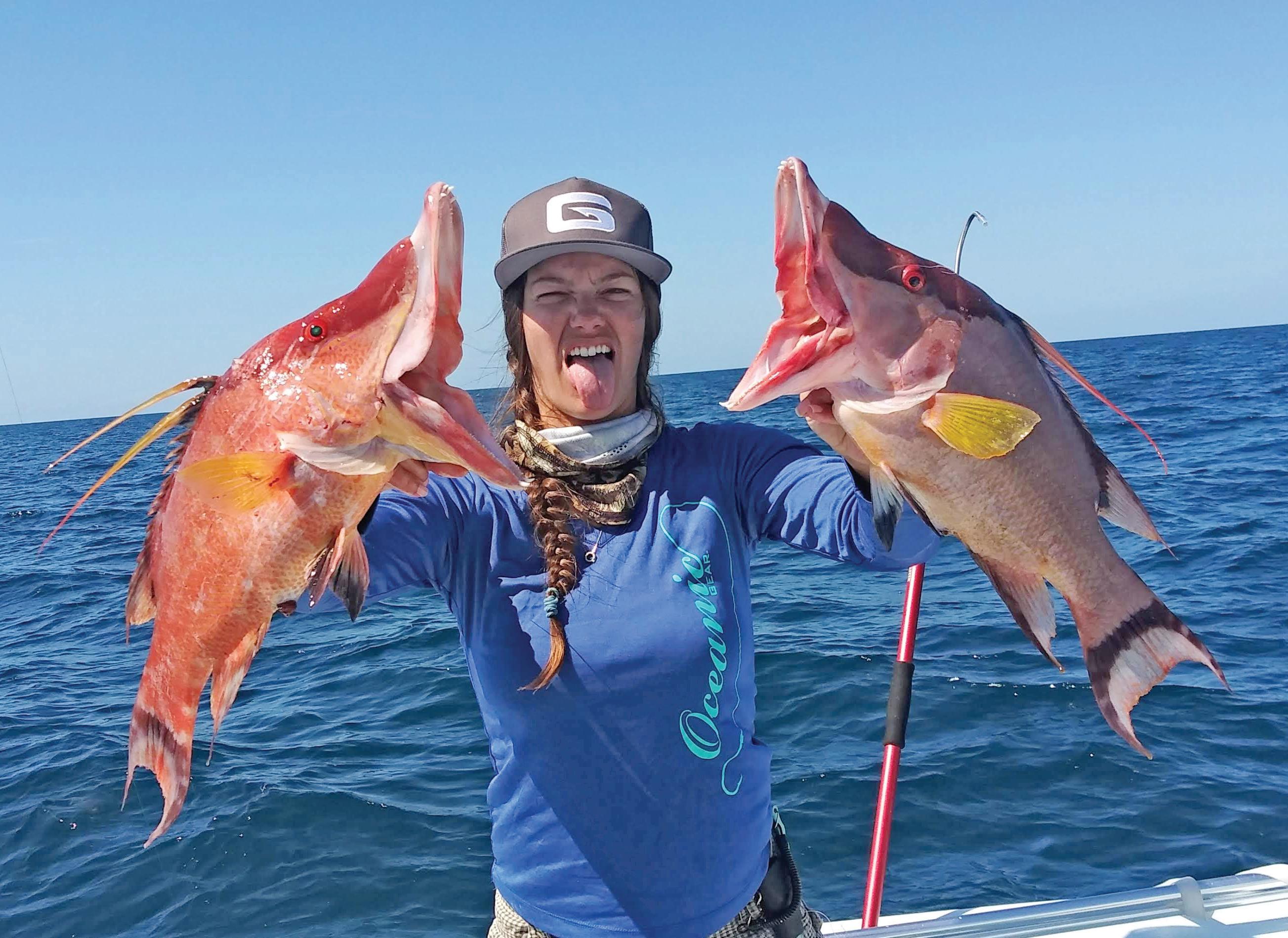
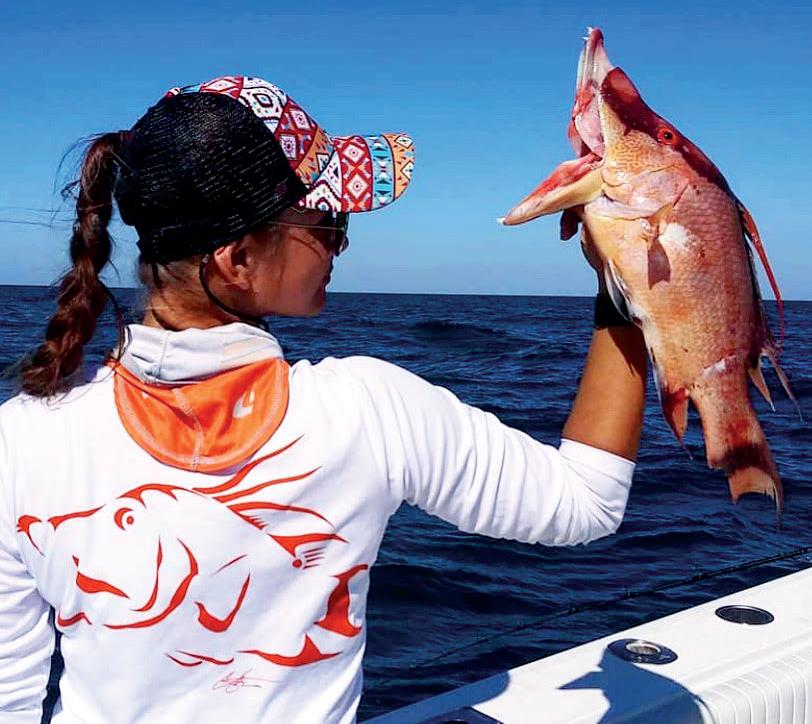
Wintertime is the best time to target hog sh on the Gulf Coast. From late November into March, they congregate on nearshore reefs and ledges to spawn, which makes them a great option in a season when rough weather can prohibit long runs to deep water.
Hog sh are protogynous hermaphrodites, which means they are all born female and change into males as they age. A single male will tend a harem of numerous females, which means nding good hog sh bottom can result in quick limits of ve sh per angler, but few of them will be large mature males. ere is a 14-inch minimum size limit in Florida, and hog sh of 18 or 20 inches are considered very good sh.
is time of year, dozens of hog sh can be found congregating together on reefs, rockpiles, and hardbottom in 50 to 75 feet of water. In most places, this can be found inside of 20 miles o shore. A prominent ledge with lots of growth is prime hog sh habitat. ey like to hover around reefs and use their long snouts to
probe cracks or root in the sand for critters like sand eas, crabs and snails.
Once you nd them, the secret to catching hog sh is pretty simple. Like just about anything else that swims, they are suckers for shrimp. Big live shrimp, fresh dead shrimp and even stinky thawed shrimp are irresistible. Just leave it right on the bottom, where a hog sh is likely to nd it while rummaging around in the sand. e rigs used to catch hog sh are also pretty simple. A knocker rig with a 1- or 2-ounce slip-sinker right up against a 1/0 circle hook will keep that shrimp right on the bottom. A half or 1-ounce circle-hook jig head will do the same thing. Some successful captains swear by hogballs, which are painted weights tethered to a hook by a small chain.
Regardless of the rig, you don’t need to go too light because hog sh aren’t particularly leader shy. A 5000 series reel with a comparable rod and 25-pound braid to a 30-pound leader is enough to haul even the largest hog sh up from depth. e trickiest part of catching hog sh is getting a good hook-set. You’ll want a little bit of slack in the line, which allows them
to pull that shrimp into their snout. Typically, you might feel or see a subtle rst bump, which will be followed by a second bump as they actually take the bait. Allow the sh to pull the line tight before reeling down and swinging the rod to drive the hook home.
For more information, go to coastalanglermag.com.
PhotoS courtesy of Capt. Quinlyn Haddon
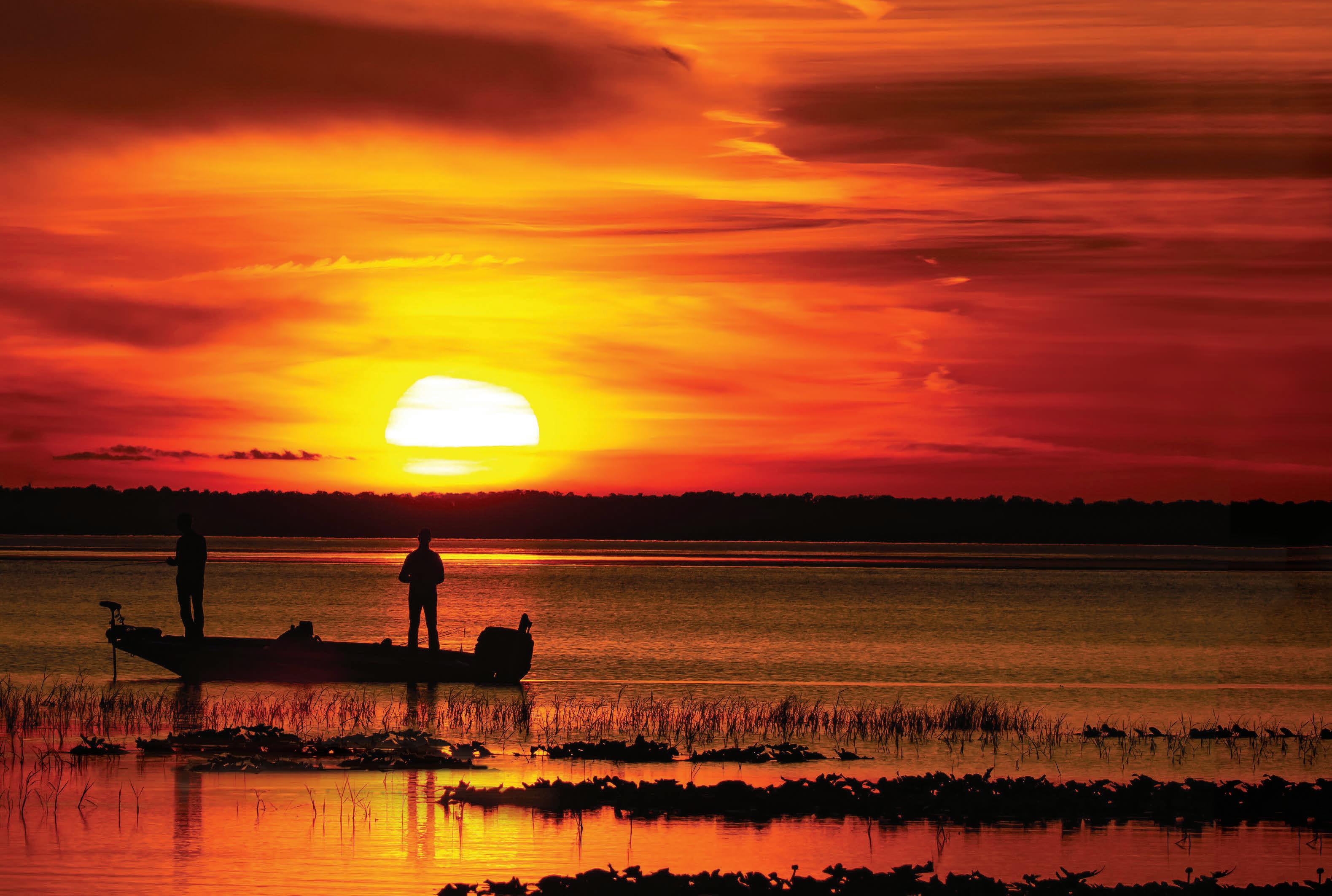

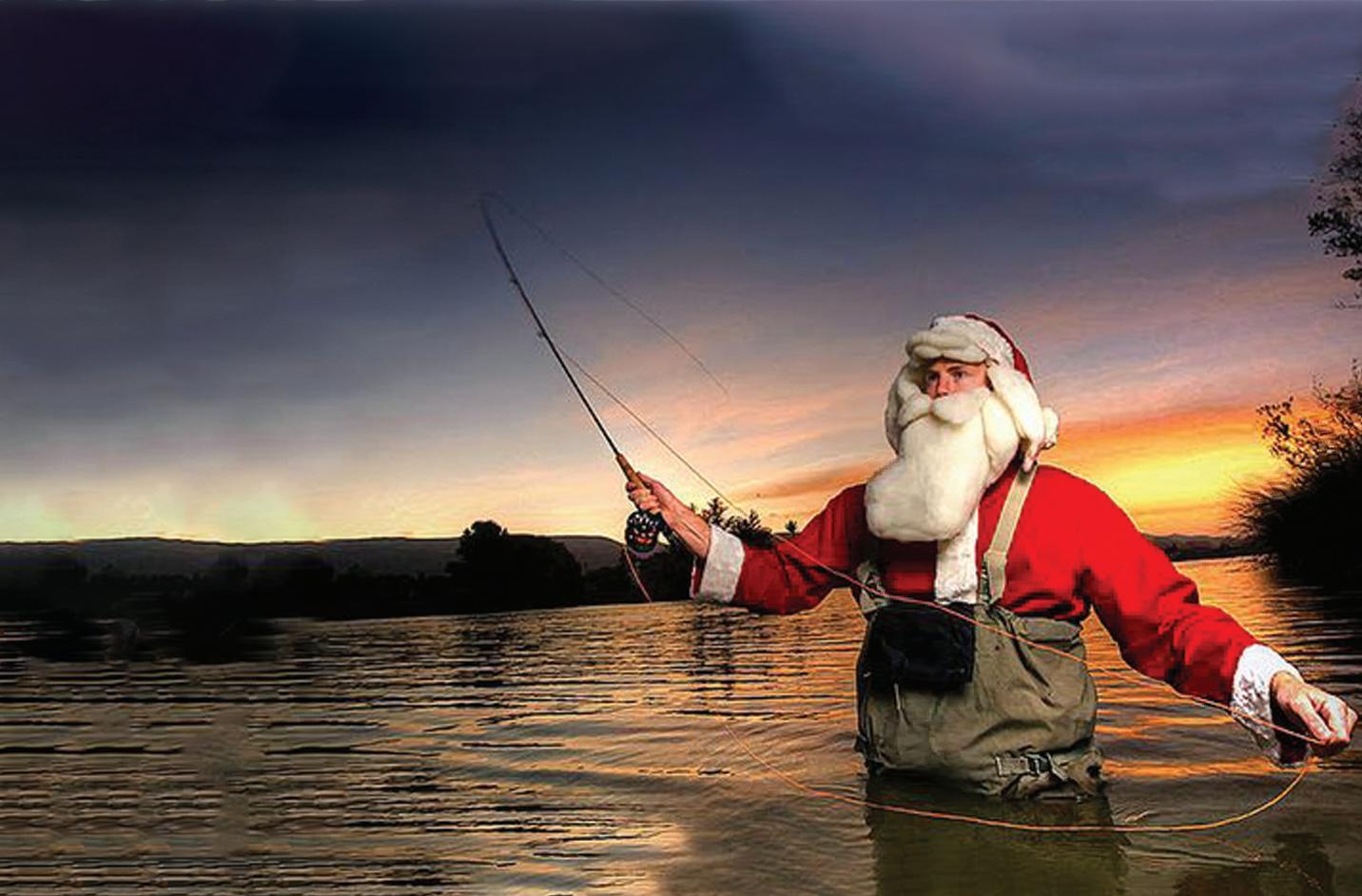


Surf Expo is gearing up for its upcoming in-person trade show to be held Jan. 4-6, 2023 in Orlando, Fla. at the West Hall of the Orange County Convention Center.

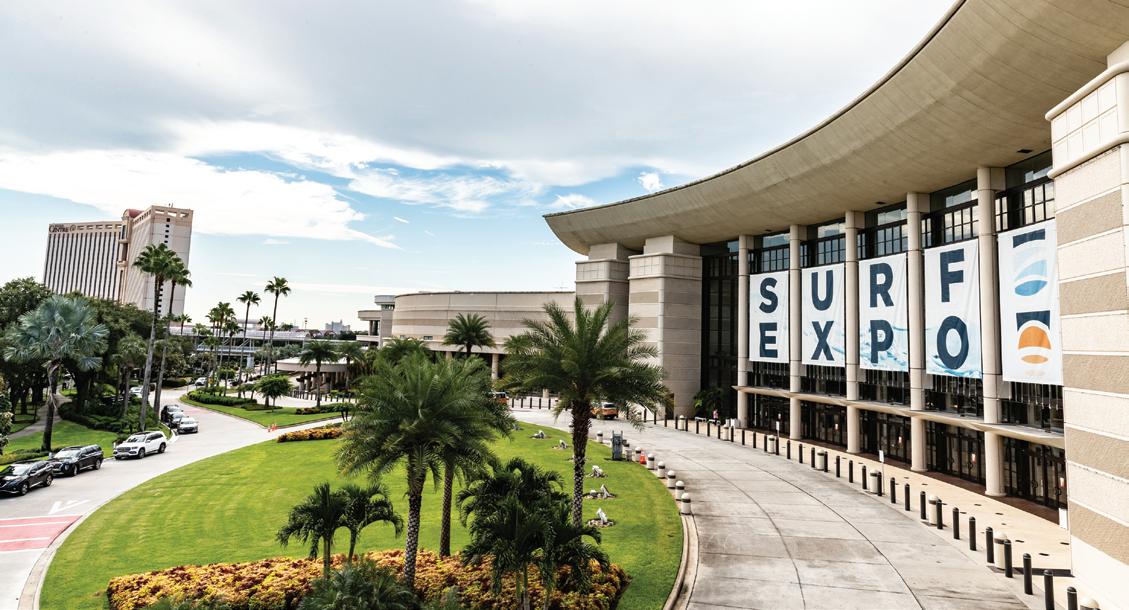
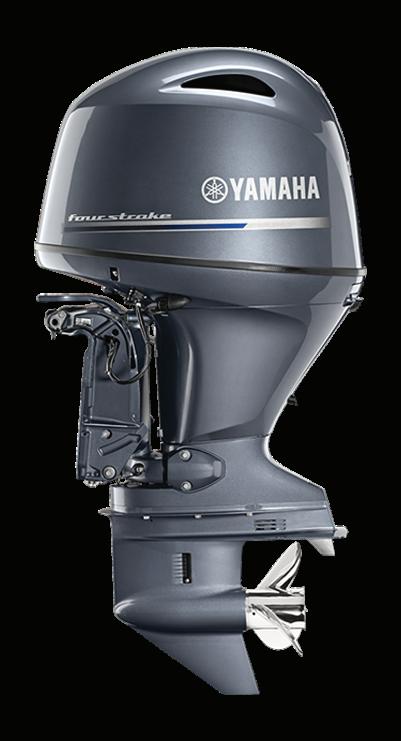






Surf Expo’s January show has become known as a one-stop shop to preview and get a rst-hand look at the latest and greatest apparel and accessories that will lead the industry in 2023.
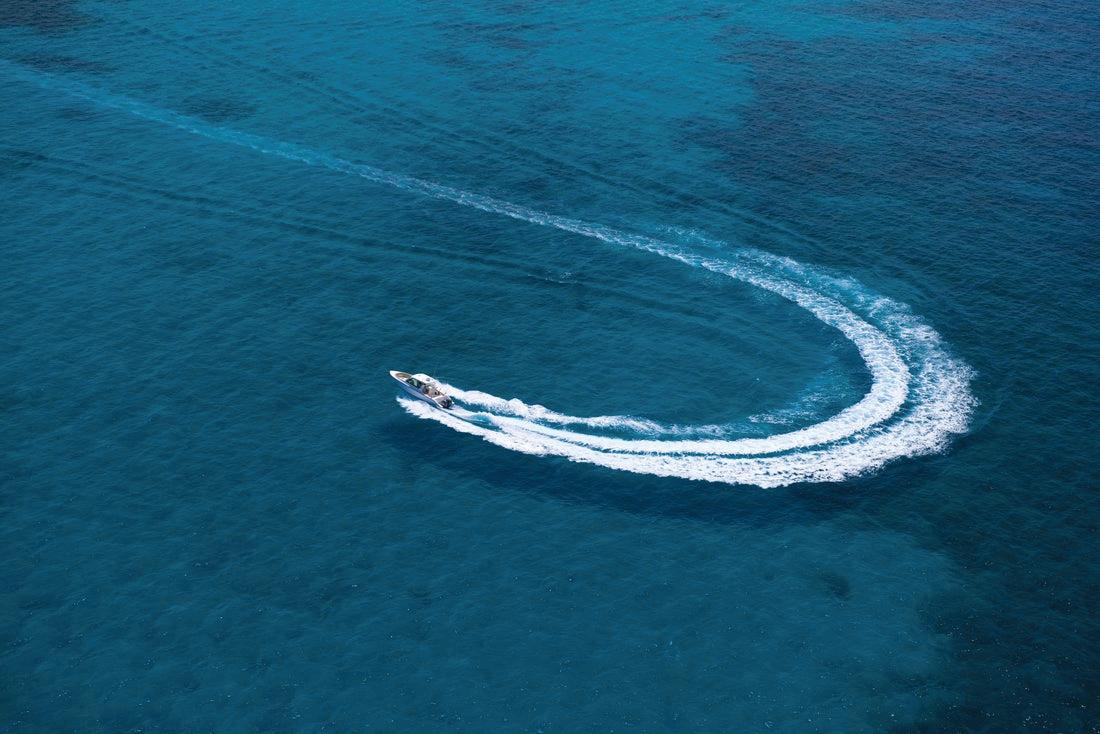
A few of the brands featured in the Bluewater section are AFTCO, HUK, Toad sh, Marsh Wear, Bajio, Dark Seas, Salty Crew, i-Sea, XTRATUF, CHUMS, Hey Dude, KEEN, Guy Harvey, Saltwater Born, Kangaroo Coolers, Reel Legends, Bimini Bay Out tters, Lake Time Supply Co, Coyote Eyewear USA, Skinny Water Culture, Croakies, Preston 1947 by Ebinger Bros, Tormenter Ocean and many more.
ere are quite a few new brands you’ll nd in Bluewater making their Surf Expo debut, including Grateful Diver, Red n, Palmetto Chair & Umbrella, Push to Star, Boat Bitch Apparel, Burnside, Columbia SPG and more.
e Bluewater section was designed with the buyer in mind—so they can see all the key inshore and o shore apparel and accessory brands in one
location. ey’ll nd products ranging from lifestyle and technical apparel to footwear, outerwear, sportswear, t-shirts, sunglasses, gear and lots more.
Steven “Fish” Fisher, Surf Expo’s senior buyer relations manager works directly with buyers from marinas, out tters, boat dealers and bait & tackle shops, “ ere’s a de nite need for product, people from Florida and across the U.S. as well as the Caribbean, Puerto Rico and all over the globe are registering and excited to come,” he said.
“We work hard to listen to and take care of all our customers, including brand exhibitors and retail buyers,” said Emerald SVP and Surf Expo Show Director Roy Turner. “We are thrilled that the winter show continues to grow post pandemic and are excited to welcome an impressive list of brands to Orlando.”
Features of the show will include the Bluewater Lounge, the 2023 Florida Shape O , educational sessions led by e Underswell’s Derek Sabori and Retail Smart Guys’ own Dan Jablons, plus fashion shows, happy hours and networking events. Surf Expo will be announcing its full line up of special events in the coming weeks.
Registration is free for quali ed buyers. For more information, contact steven. sher@surfexpo.com. For more information on the upcoming show, visit www.surfexpo.com.

A mackerel’s ability to slice through line as if they were wielding a set of Ginsu knives leaves many anglers frustrated a er losing tackle. But if you target these speedsters with the right equipment, they can make for a fun day of action packed shing.


I like light spinning like a GLoomis GLX PR844 with a 2500 Stradic or an 8-weight NRX y rod with a Nautilus NVG 8/9 with Scienti c Angler sinking line. Chances are anything less than 30-lb. mono will be shredded immediately, so it is imperative to use wire leader when mackerel are around. Even then, they are known for hitting the line at the swivel connection from wire to mono, so it’s best to have several rigs ready. Also, make sure your swivels are black and not silver, these guys like shiny things. All that said, a spoon or a small jig rigged on wire will usually last a while.
Best of all, once mackerel move in, they are typically found right in the passes to within a few miles of the beach. I nd the sh o shore tend to be larger, so I like to target them. A 3-pound mack will make a blistering rst run that is reminiscent of a bone sh, and they are much less spooky than bones. e easiest way to nd them is to look for birds working. at’s a tell-tale sign. Reefs and good hard bottoms that hold bait are great places to search, as well. ese types of spots can be trolled or chummed to keep the action close to the boat. A standard chum bag will bring the school well within casting range for both conventional and y shermen. Just throw out something shiny, move it fast and you’ll hook up quickly.
Mackerel get a bad rap as table fare, as they are oily and can be strong tasting. at oiliness makes them perfect for smoking, and that, too, could not be easier. Simply llet the sh, leaving the skin on. Salt them liberally and let them rest in the refrigerator for about an hour. Rinse the salt o and add some Cajun seasoning to the sh and smoke over indirect heat at 250 degrees for about two hours. It is done when it akes easily o the skin. Smoked mackerel tastes great on its own in a salad or rice bowl, and it’s fantastic when made into sh spread.
As the water temperatures drop this time of year, bait sh shows up in force. Pods of bait sh are followed closely by schools Spanish mackerel. is o en-overlooked speedster is viewed as nuisance by some anglers, but mackerel are a blast on light tackle and y rods if you gear up correctly.


If you are looking for some hot action with minimal work, grab some wire and enjoy the return of the mack.
Will Schmidt is a seasoned tournament angler who has been writing about shing for more than two decades.
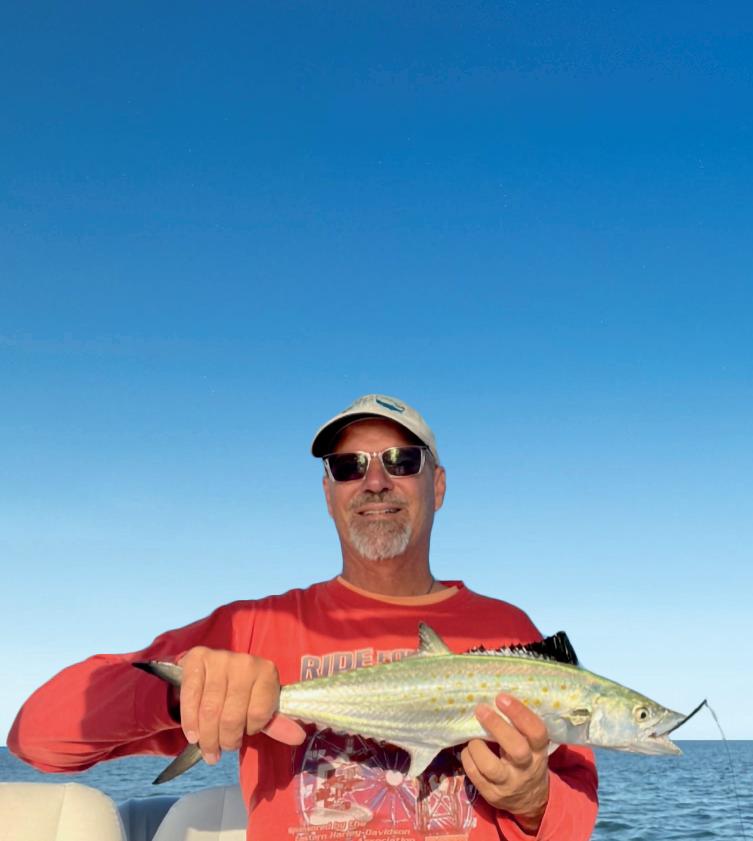









Ajerkbait is a good idea whenever bait sh are plentiful. A jerkbait’s natural movement, size and resemblance to what the sh are already eating make this bait deadly.
ere are many scenarios I would consider good times to throw a jerkbait. One of the best situations you can encounter is when sh are actively feeding on bait sh and schooling. When bass are doing this, throwing a natural-bait sh-colored, shallowdiving jerkbait is an awesome way to replicate a dying bait sh. It at out gets bit, even when you can’t nd anything else they will touch.
Another awesome way to use a jerkbait is to blind cast in areas where bass are staged up and feeding. If you can identify bait sh already in an area, this makes the scenario even better. A lot of times this pattern sets up along grass lines, rip-rap banks and in pockets close to areas bass use to spawn. Depending on water clarity, I like a naturalcolored jerkbait or one with a little bit of chartreuse. Use a shallow or deep-diving jarkbait to match the depth you’re targeting.
Jerkbaits are also a great option for bass that are suspended with bait. Typically these sh are less pressured because they are harder to nd. You’ll need to spend some time searching with your electronics, but nding
this scenario and knowing how to target the bass can line up as some of the most fun shing you can imagine.
is can happen anywhere, but typically it occurs on points and pockets where sh can ambush the bait easier.
I use forward sonar a er I locate an active area and use the jerkbait to imitate the bait these sh are chasing in the water column. Typically, a shallow-diving jerkbait like a 13 Fishing Loco Special will work absolute wonders if you can get a sh to see it amongst the other bait sh.
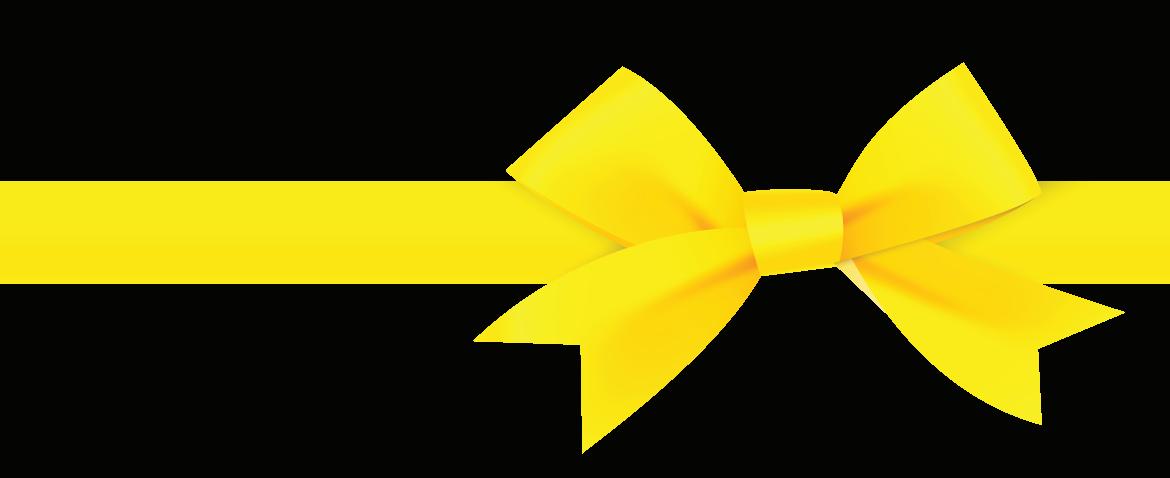
Picking colors can get a bit confusing, as there are so many di erent options. I keep this decision as simple as possible and use only two di erent colors… ever. 13 Fishing makes a lot of natural colors as well as colors that stand out in dirty water. My go-to color is Casper Shad; it’s one of the most natural shad patterns you can get. Another color they make that is awesome in stained water is Neon Disco Shad.
With jerkbaits, I like a shorter rod, something between a 6’10” and a 7’. Actionwise, I like a medium-fast, which allows the sh to get the bait when you feel them hit it. e 13 Fishing Omen Black 6’10” MF is absolutely perfect. Reel selection doesn’t need to be too complicated. A 7:0:1 ratio allows you to work the bait and pick up line at the perfect pace. For line, I like 10- to 12-poundtest, and Seaguar Invizx uorocarbon is a very good line for the job.



Tyler Woolcott is a professional tournament angler and guide. Check out his website at www.tylerwoolcott shing.com.

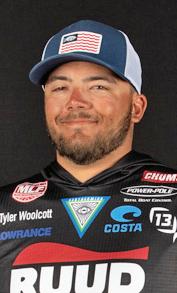
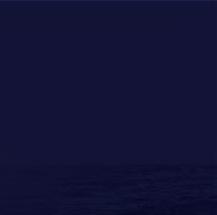
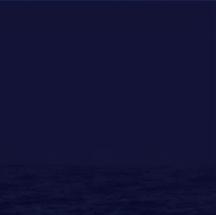






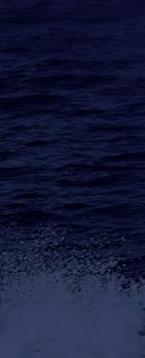
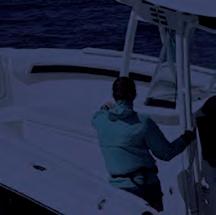
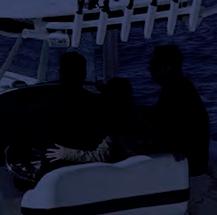

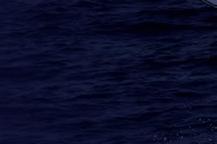
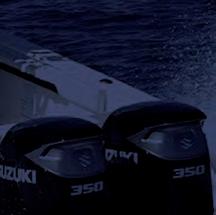




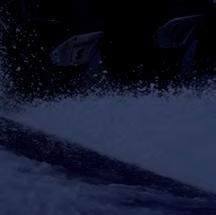
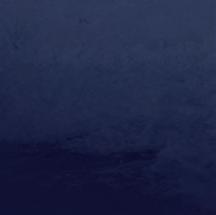

























































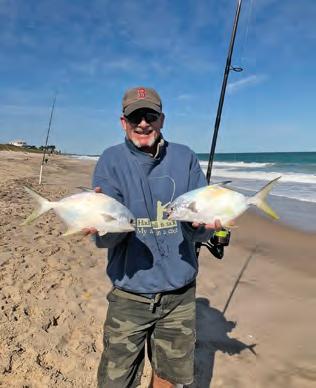
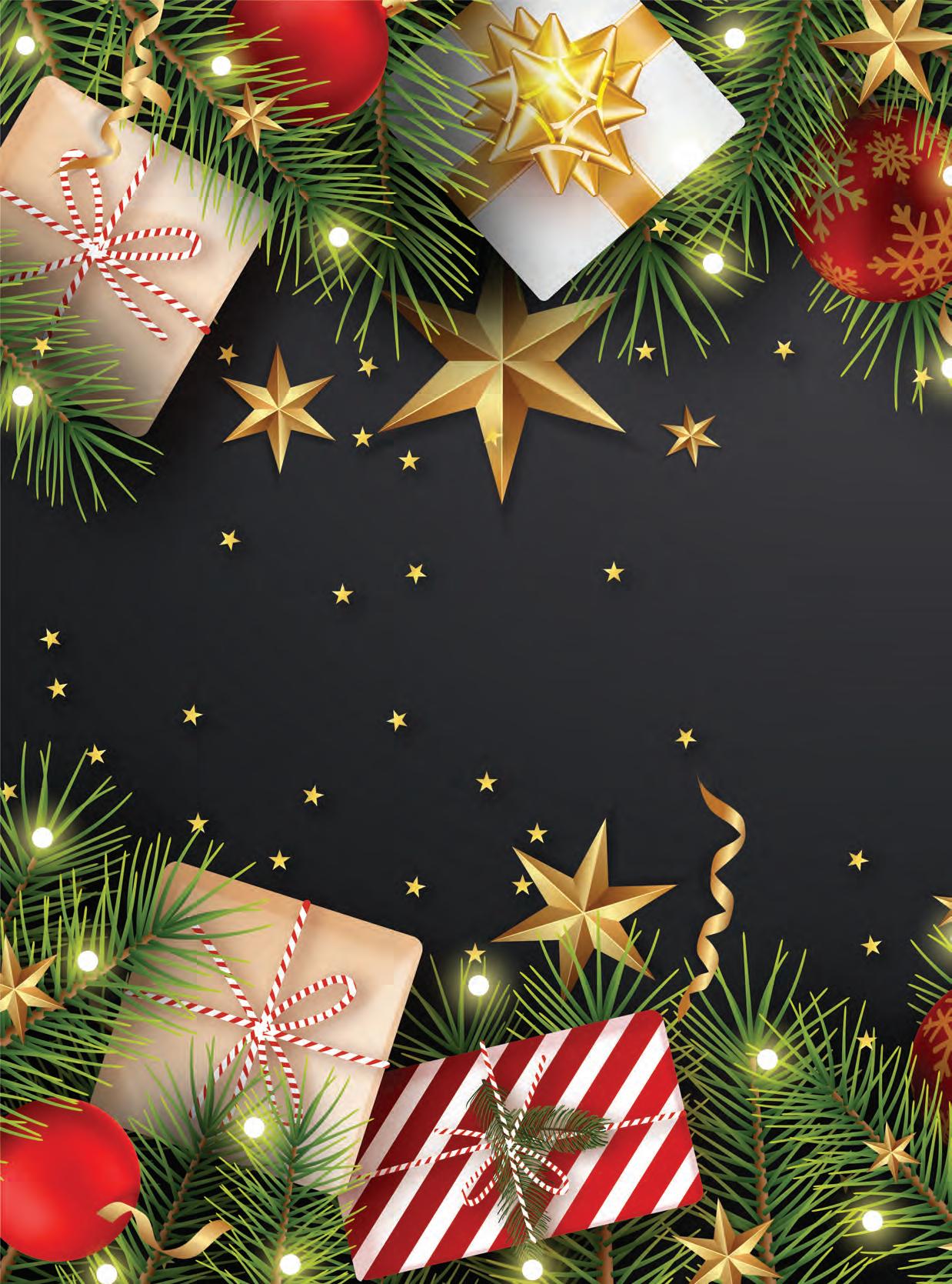

urf fishing on the Space Coast has heated up as the weeks approaching the height of the pompano run near. Daily catches of black drum, pompano, jack crevalle, whiting and bluefish have headlined the majority of species. We’re already seeing more of the seasonal species that come with cooler water begin to infiltrate the area. This trend looks to continue into December and, boy, is it a welcomed sight after the slime and seaweed plague of late spring through the summer months.
Pompano fishing looks to take off into the month of December. This is the month we see the big push into our waters that local surf fishing anglers have been anxiously waiting. Make sure to have all your gear in top-notch shape for when the first schools arrive.
Speaking of pompano, on the first Saturday of each month we’re putting on 4-hour, completely comprehensive seminars on how to effectively catch pompano in the surf—going over equipment to how to read the water, including tactics, rigging and surf casting lessons (gear and bait provided). These are the attributes that will set you apart and bring big success on the beach. Knowing how to target pompano and whiting makes it all the more fun when hitting the sand. Be sure to book your spot to insure you don’t miss out on how to capitalize on the awesome fishing that’s soon to come!
The seaweed issue that’s been present is still an issue, but if you can cast far enough over the first and second trough you’ll find success. Make sure to have the proper equipment and casting technique to overcome those obstacles. When doing so, effectively, you will find a plethora of fish roaming the surf. Pompano, jack crevalle, bluefish, whiting and black drum are taking pompano rigs in all colored floats and beads when tipped with fresh shrimp and Fishbites. Shrimp has been the go to! All being said, other baits will work accordingly, including sand fleas, clams and crab knuckles.
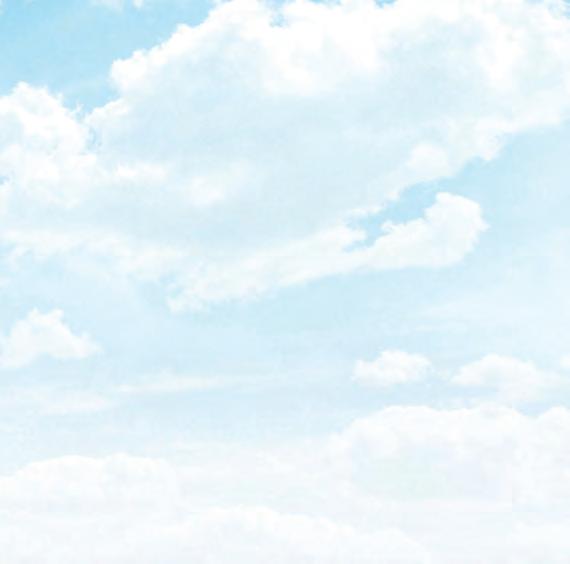
The pompano migration has yet to reach area waters, but the wait is close to being over. Larger schools of pompano remain to the north, but with a few cold snaps we’ll see it descend into Space Coast waters soon. Traditionally, Thanksgiving week marks the first signs of “good” pompano fishing. As each year holds its own way of bringing the first good bite, look for the first half of December to see some real spurts of pompano fun. Amongst those schools of pompano you’ll find larger whiting, bluefish and ladyfish in the mix.
CAPT.


 LUKAS BRICKWEG
LUKAS BRICKWEG
Cocoa Beach Surf Fishing Charters cocoabeachsurffishingcharters.com (321) 205-4672




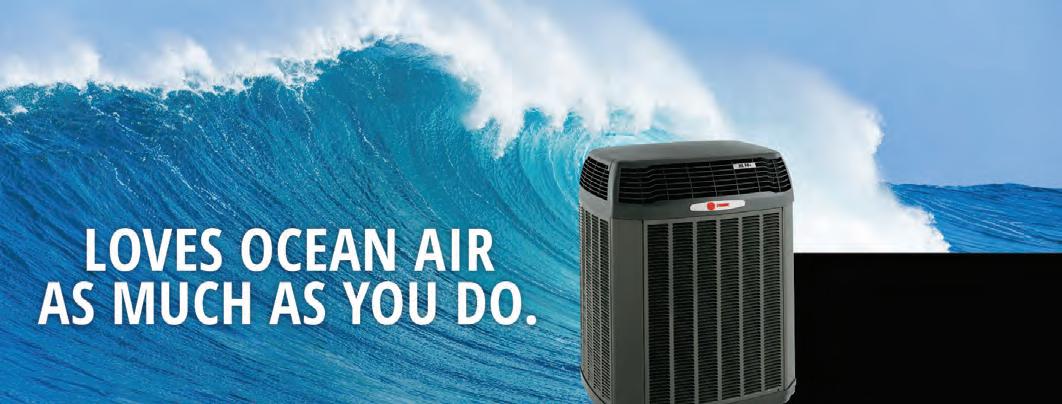


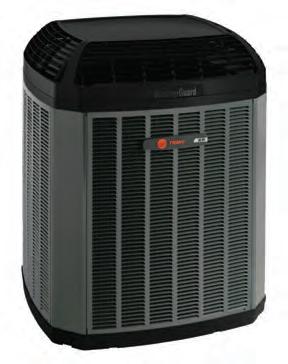







back to another edition of pro tip with Captain Jonathan Moss of Go Castaway Fishing Charters and the Fishing TV show, The Captain’s Log!

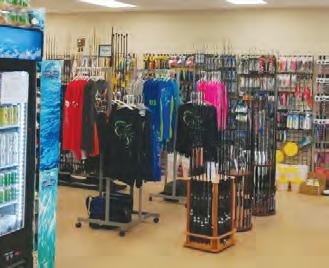

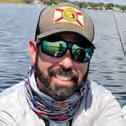
December is here which means we are quickly entering into our winter fishing pattern. Cold fronts have slowly shown up and will only increase over the next several months. During this month of December, you will begin to see less mullet/ bait fish out on the flats and, instead, more shrimp! Typically, two or three days before and after the full moon will be our best wintertime shrimp runs. Pair that with a south wind and our Indian River Lagoon shrimp will be working their way north heading towards Ponce Inlet.
With that being said, my lures of choice are the D.O.A. C.A.L. Shad Tail rigged weedless with an Owner 1/8-ounce weight, 3/0 twist-lock hook and a D.O.A. gold shrimp either rigged with the standard J hook that it comes with or rigged with the same Owner twist lock hook to make it weedless.

Using this specific Owner hook allows me to skip either bait around docks and mangroves without fear of getting stuck or snagged.
The 1/8-ounce weight that is attached to the hook helps with casting distance, provides quality sink rate around sand bars and dropoffs and also assists with skipping the bait.
To properly work these baits, consider the water temperature. As the water gets colder, slow down your retrieval and begin using a jigging technique where you work the lure in a up and down motion. This will help the bait swim or act naturally.
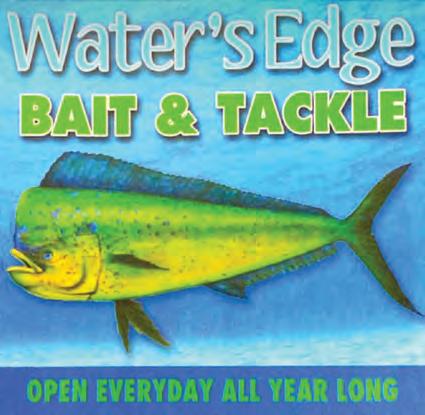


Pictured is Jessie from Idaho, on a recent fishing trip out of Titusville. She was using that exact lure/hook choice and catching multiple nice Indian River Lagoon redfish.
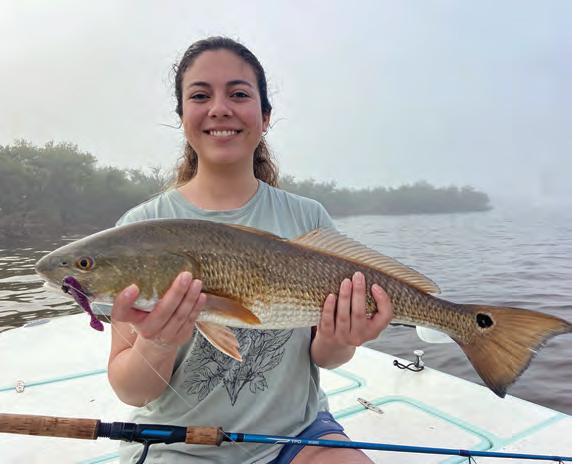
I hope all of y’all have a wonderful Christmas season, spending time, not only on the water but with your loved ones. I look forward to talking to you again in the new year! Be safe and stay warm!
Tight lines,
CAPT. JONATHAN MOSS
Go Castaway Fishing Charters www.gocastaway.com | www.thecaptainslogtv.com (407) 760-8593



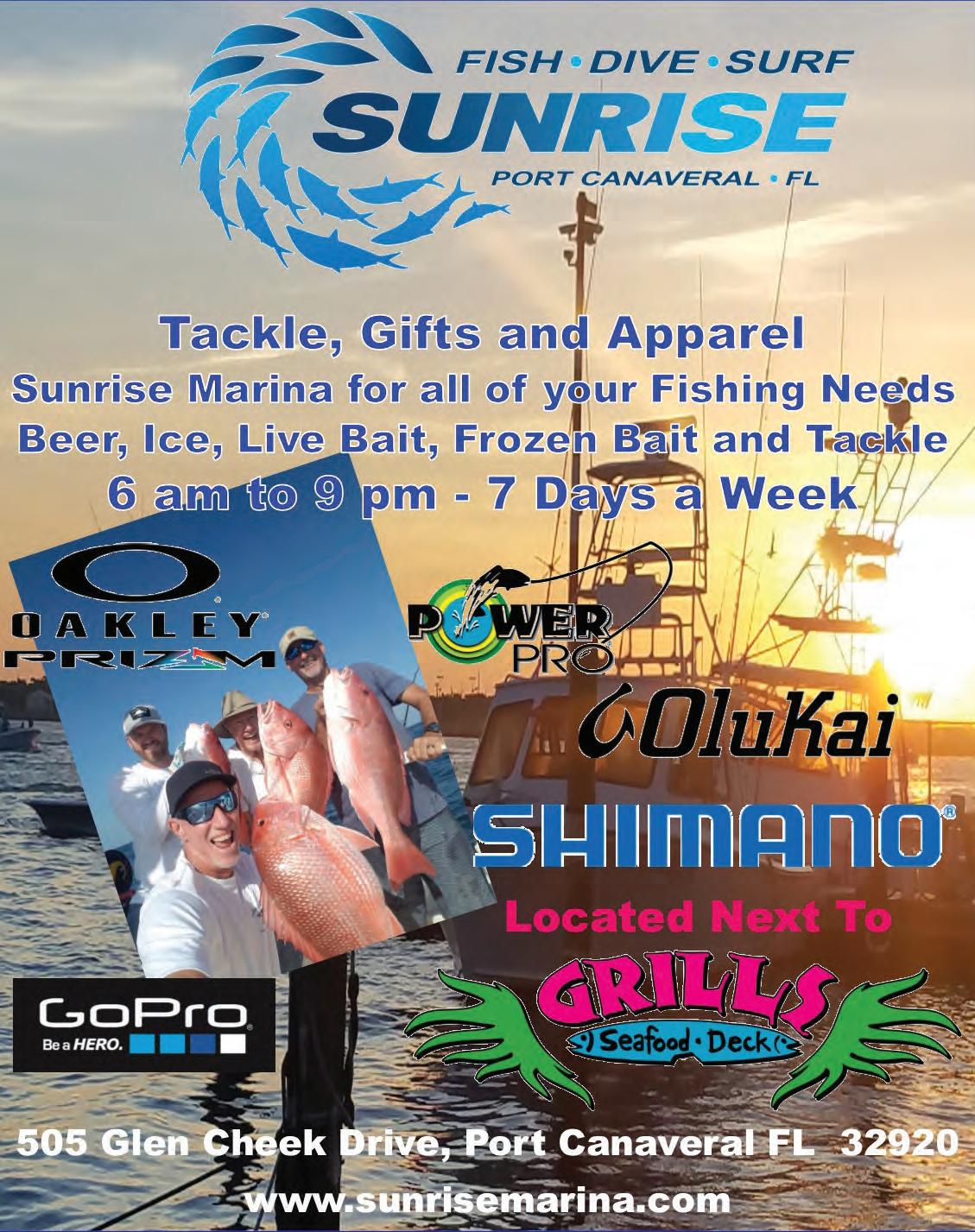
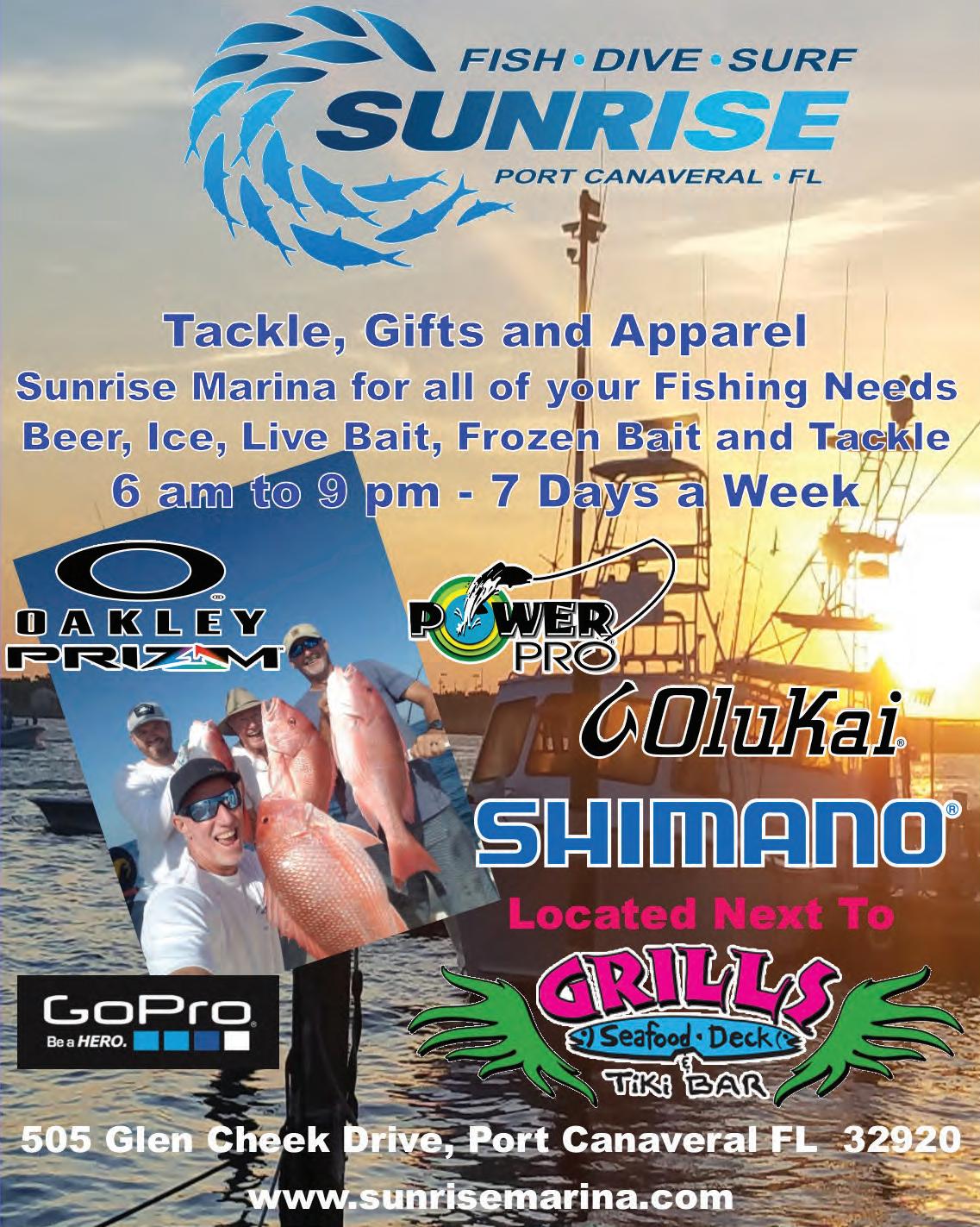
December can be a month with a lot of action around Sebastian. It may not be all big snook and redfish in the inlet, but if the weather holds out, the reds and snook bite will continue to be pretty good from boat and from the shoreline. The big black drum may even move into the inlet and provide another species for the anglers to target. If the fronts are strong, anglers will be targeting pompano, bluefish, mackerel and flounder in and around the inlet. (Anglers targeting flounder usually start around the first front in November which really cools down the water, however, our start to November 2022 wasn’t so cool.) If the seas are calm, the weather warms and the winds are down, the bait can come in nearshore and the action with sharks, blues, jacks and pompano can be strong.




Anglers fishing from shore will target the shoreline rocks with live finger mullet, mud minnows and small menhaden rigged on a short 12-18”, 20 pound fluorocarbon leader rigged on a 3/0-5/0 hook with an egg sinker just above the swivel. Anglers fishing from boats will anchor in areas where the rocks meet the sand with the same rigs. The key to catching the bigger fish is waiting till the tide is slowing and not missing the bite.




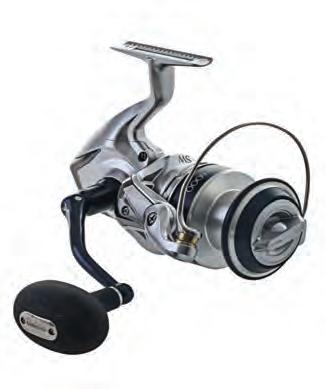

I like to jig the inlet for pompano, blues and mackerel in the month of December. Targeting pompano and blues, I rig a 1/4-ounce to 3/8-ounce jighead with a soft plastic from D.O.A. or I use a Doc’s Goofy jig. If I am targeting flounder, I like to use 1/2-ounce or 3/4-ounce jigs with D.O.A. paddletails or 4” jerkbaits on the bottom using either ProCure or strips of mullet or pinfish as an attractant. We catch a lot of flounder jigging, but not as many bigger fish with that technique.

Fishing the spoil islands as the sun comes up will reward anglers with trout, ladyfish and bluefish, along with the occasional flounder and maybe a snook if the temps are up. Fish soft plastics slow along the dropoffs around the islands for the best success.
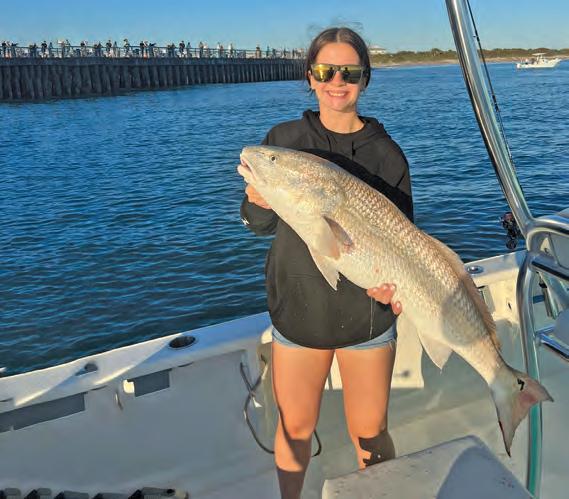



December becomes a transition month. With the various fronts coming through, the fish will act accordingly. If we get some cold weather, the reds will school and be on the flats midday to get some warmth. Trout action should improve with cooler weather. Look for the trout in shallow water early morning and late afternoon and in the holes during the day. The snook will be similar to the trout.
As we head into the winter months, the sheepshead and flounder bite should increase. Target structure for the sheepshead and flats for the flounder. What I like about the winter months is that the fishing is good throughout the day. Another species to look for are pompano in the basin and the Halifax. Shrimp and sand fleas are good baits.
it is that time of the year that you can catch several different species all in the same trip. The Tomoka area really shines in the winter so give me a call to book a charter.





Fish With Captain Barry fishwithcaptainbarry.com (386) 871-8500
December is a great fishing month to end the year on. It is usually mixed with warm days in between cold fronts, creating a lot of fishing opportunities. I find December to be one of my favorite months to target big uglies, meaning big old black drum. These dinosaurs will be hiding near structures like the causeways north and south of the inlet. My best fish usually come from using a halved blue crab on a 3/0 or 4/0 circle hook. What I will typically do is dead stick, or put two rods out with a Carolina rig with enough weight to hold the bottom, positioning the bait as close to the bridge pilings as possible and sitting them in the rod holders. I’ll then fish live shrimp or throw artificials along the bridge for other species while I wait for my dead sticks to double over. These big fish aren’t good eating, but they sure can pull! I also find success with black drum at the inlet. Same technique as the causeway, although you may just have to dial it up a notch on your weight to hold the bottom. If it’s eating fish you want vs. trophy black drum try the creeks and find deeper holes with live shrimp or fiddler crabs. These 14-plusinch black drum tend to school up with the colder temps in these holes and, in my opinion, make great table fare.
The sheepshead bite should really start to get good as the month goes on as well. These fish will be around structure, docks, rocks, bridges, under water structure, mangrove roots, etc. When targeting these fish I like to use fiddler crabs, sand fleas or shrimp. I also like to tip my hooks with small pieces of Fishbites in sand flea flavor. It always seems to get them to chew a little extra and increases my hook ups. I use a fish finder rig with an egg weight and 12” or less of leader, or I’ll use sheepshead-specific jig heads with a rotating hook.
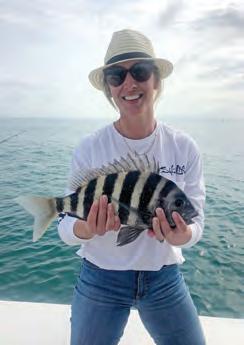

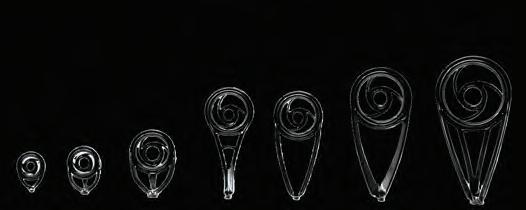





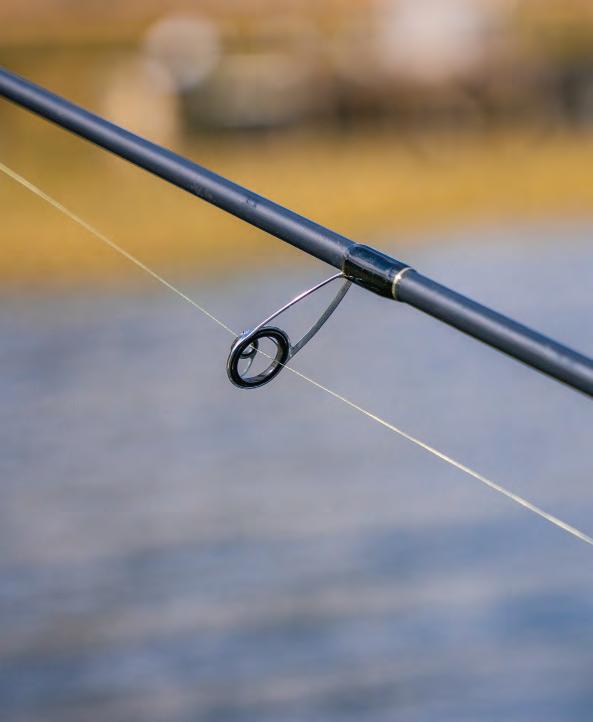
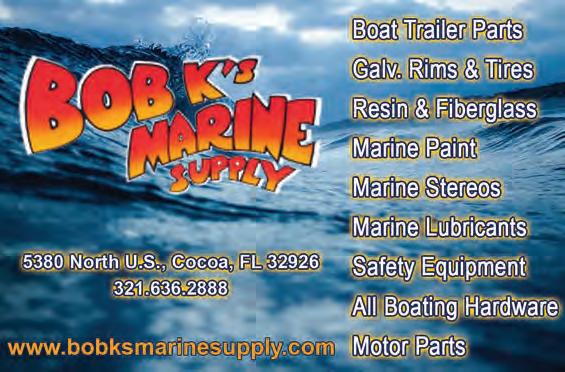
If you would like to talk fishing, or see how I rig, feel free to stop by my bait and tackle shop in Ormond beach at High Bridge, Yellow Dawg Bait & Tackle. I am there every Saturday afternoon and in and out all week. I am happy to share techniques or show you how I like to rig for success.
As always, if you see us on the water say hello...and good luck out there!

CAPT. JAMIE THRAPPAS Yellow Dawg Fishing www.yellowdawgfishing.com (386) 366-3424
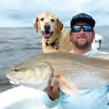
December is my favorite time of the year to get out and catch some fish for the freezer. The water is starting to cool here in Central Florida, and along with it comes the opportunity to stock up on a supply of your favorite fish. I usually target both fresh and saltwater species during this month.
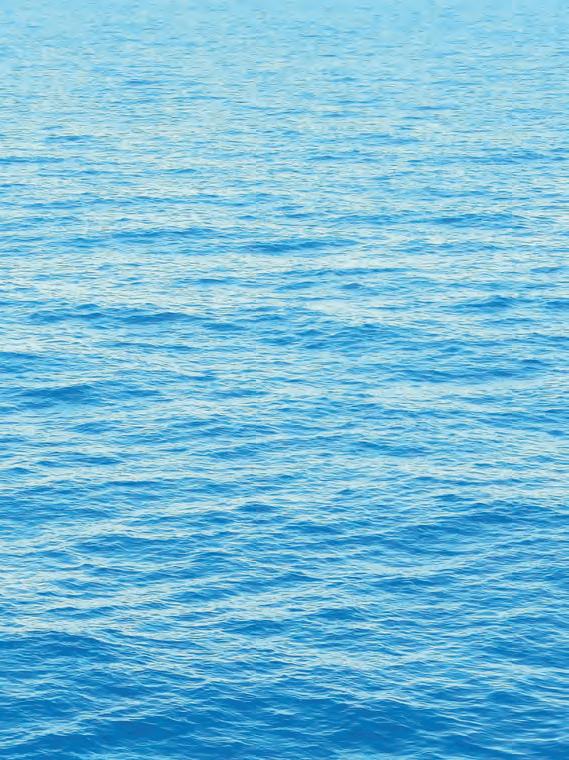
Freshwater - My favorite freshwater species this time of the year is the crappie. The cooler water is the start to the pre-spawn crappie season which means, almost around any structure you can find that’s adjacent to deeper water, the crappie will be gorging themselves with bait to prepare for the spawn. Best bait is live minnows with your rod rigged with #2 light wire gold hook, small float and enough split-shot sinkers to just barely keep the float above water. This keeps the wind from pushing your float around and gives the fish biting it a sense of little resistance when taking the bait. Just remember to start out with your float shallow and then go deeper a little at a time until you find the depth they are holding at. As a general rule of thumb, crappie will come up in the water column for bait, but won’t go down
to get it. Small tube jigs and hair jigs can also produce nice numbers of fish. If possible, have a variety of colors to offer because, when fishing with jigs, the fish can be picky on color from one day to the next. When fishing with jigs this time of the year make sure you slow your presentation because of the cooler water temps. Early January, if the weather is cooperating, these fish will push up into the reeds and grass in shallow areas to start the spawn. Good thing about catching prespawn crappie is that the majority can be caught bank fishing around piers, boat docks, boat ramps and other structures, making it fun for all fishermen—including those without a boat.
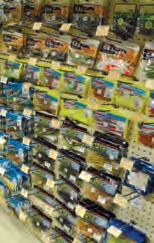


Saltwater - My favorite saltwater species for December is the Florida pompano. It’s a great time to get out to fish the Space Coast beaches as the water temp cools in the surf. As the temp falls, the pompano start their journey south and can be caught from Jacksonville to Sebastian Inlet in good numbers. To me, the Florida pompano in one of the tastiest fish the surf offers up. The best way to start the day is fishing at daybreak and, depending on the clarity of the water, I determine how far I fish out from shore. Pompano catches are more productive in clearer water. If the water is clear I will set up in the first trough offshore; if it’s a little rough I’ll make the long cast just


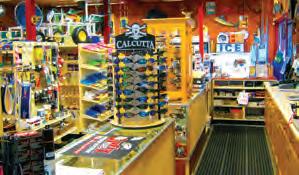
beyond the breakers. I always use a pompano rig with floats; this helps keep your bait off the bottom and in sight of the fish. Some of the best bait i have found to use for catching pompanos are a combo of cut pieces of peeled shrimp and tip the hook with a Fishbite in orange and white. (sand flea flavor). Sand fleas are a great bait, but tend to be deep in the sand and hard to come by this time of the year. Use a sinker according to the current and wave heights. Once you find the pompano, stick to that spot until the action slows. Remember to check the regulations on creel and length requirements before you go.

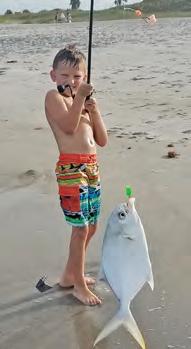



Get out there and take the family, Have some fun, catch some dinner and enjoy the time together and the memories your making will last a lifetime.
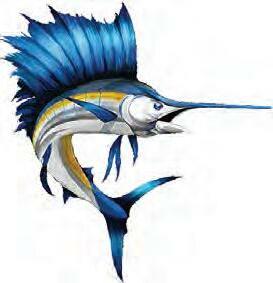
“Keep Those Reels Cranking and Those Poles Bent!”

With winter’s arrival in December water temperatures will drop and water should continue to clear.Expect to see levels dropping with northwest winds and dry weather.


Inshore fish will form into schools. Hunting redfish on the Mosquito Lagoon and backcountry is a winter favorite; fish shallow flats and adjacent sand sloughs in the lagoon area, and shallow mud and oyster bays, coves and creeks in the Edgewater to New Smyrna Beach backcountry. On sunny days, fish stay shallow enjoying the sun-warmed water; dark mud bottom, oyster and shell bars can hold more warmth in cold water because dark colors absorb heat. On cloudy, chilly days some will still be in the shallows, but also look closer to the edges near deep water as they drop off deeper during the colder nighttime and cloudyday temperatures. Select size live tail-hooked shrimp can be the go-to bait, but small live finger mullet, Gulp shrimp and small-sized soft plastics will catch both reds and trout on the flats. As redfish tend to be easily spooked, work the schools slowly with a quiet push pole or slow-speed trolling motor to get in casting distance, or set up on anchor and wait for them to return to your location.
Large size seatrout also are found in the winter shallows and can be the wariest of all, so long-distance sighting and accurate casting gives

the best chance to fool a big speck into biting. The big ones can be solitary fish, but on occasion schools of trout are also seen on the winter flats. Smaller trout generally school in deeper water, on drop offs, holes, sloughs and deeper hardbottom spots on the lagoon. They will be near the bottom in the chilly water; use a live shrimp dropped with a split shot, and light weighted jigs of 1/16 or 1/8 oz. in light colors. Small-sized baits and lures are usually best during the cold months, as their winter meals are smaller size
shrimp, crabs and baitfish. This is also time to go as light as possible with fluorocarbon leaders, weights and terminal tackle as being stealthy is an important factor in clear water.



Remember redfish are now catch and release only in the Indian River and Mosquito Lagoon year round, and spotted seatrout season is closed in November and December in our zone.
For deeper water winter tactics, target black drum on the bottom of holes, dropoffs, and channel edges of both Ponce Inlet and Haulover Canal. Shrimp or blue crab pieces are the bait of choice.





Sheepshead fishing improves with dropping water temperatures. Sheeps are structure oriented, so fish fiddler crabs or shrimp close to bridge or dock pilings, as well as jetties and rock plies.
And don’t forget bluefish! Bluefish are always a cold water catch. Use small, flashy lures, live baits, shrimp and cut bait. In addition, they’re also a good fly fishing target for winter.
Snook season closes December 15, so careful catch and release on linesiders until the February 1 reopening of the season next year.
Igot up this morning, like any normal day. I had two people from South Carolina joining me on the beach in a surf fishing charter.



I told them to come at 7 o’clock. I set up at six in the pitch black with a coal miner’s head lamp on, and baited fresh crab knuckles.
I cast one rod out and made a mistake: I turned my back. I literally heard it bend. It was on!


The pompano have arrived by the time Southern Boys arrived. At 7 o’clock I had five in the bucket, pompano that is. I didn’t know if these guys knew how to fish off the beach, so I gave them a quick lesson. I said, “Grab that rod as quick as you can and start to reel! And let’s Bamba!”
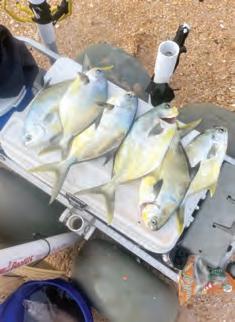
It was on, as good as it gets. Every cast ended up with one pompano, or sometimes double! I told these guys, it’s not always like this. We didn’t have time to talk, just to fish. I basically did the casting since they screwed up my lines a few times. I just put them on the reeling duty. It’s been dirty for weeks since the hurricane, almost impossible to fish; - logs, underwear, reeds, trees, you name it, it was floating around—and staying on the bottom so you kept dragging it in.
But the ocean, being resilient like it is, cleaned its act up. It’s a
beautiful orange sand and usually great conditions. The beaches go on for miles.It makes for a wonderful wonderful day.
The smoker is finally fired up. I use applewood and put the pompano on with slices through the skin to poach them. This way, they cook inside and out. Ya, mon!

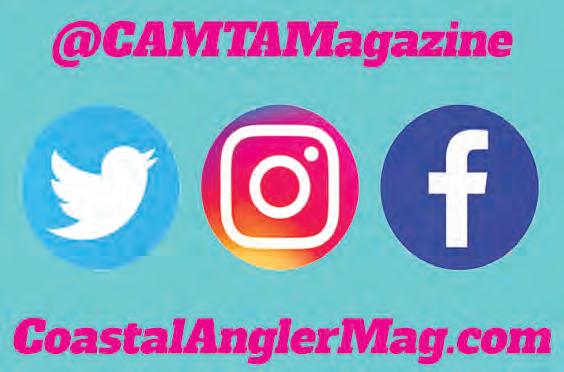
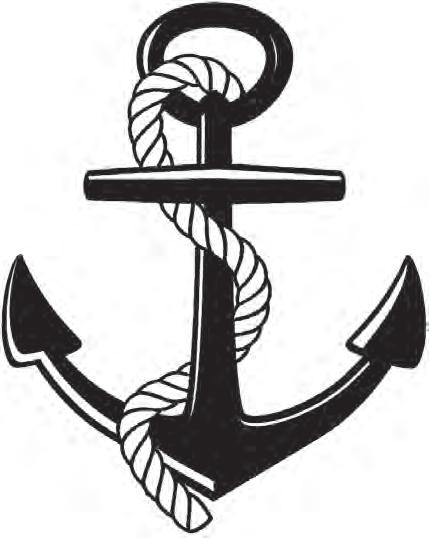

For some reason I can’t stop playing Stick Figure’s “Edge of the Ocean.” It just hits home. With the reggae music on and the ocean calming down, these pompano, my Flagler redfish and me are all heading to the smoker.
Marcopompano@gmail.com | Surf Fishing Guide | (386) 212-4838
“...But the ocean, being resilient like it is, cleaned its act up. It’s a beautiful blue





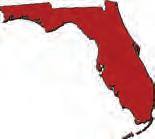

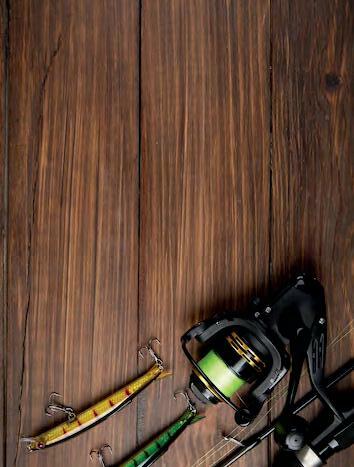






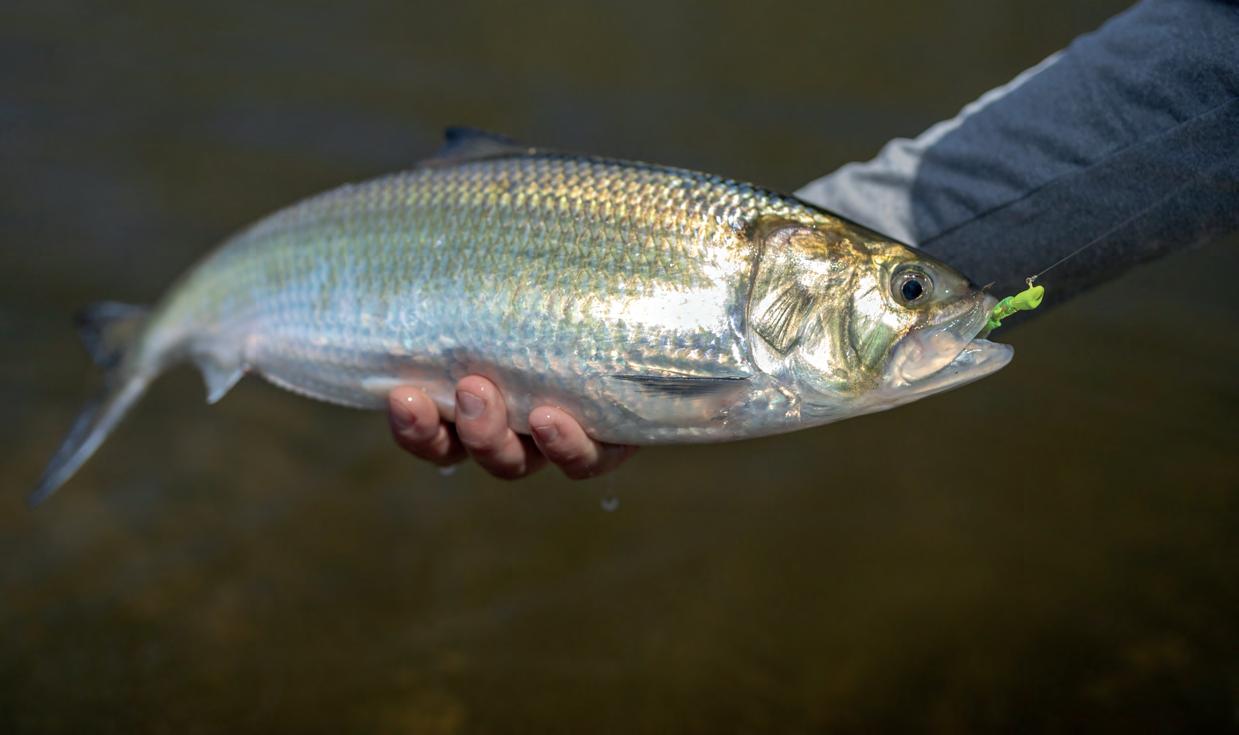

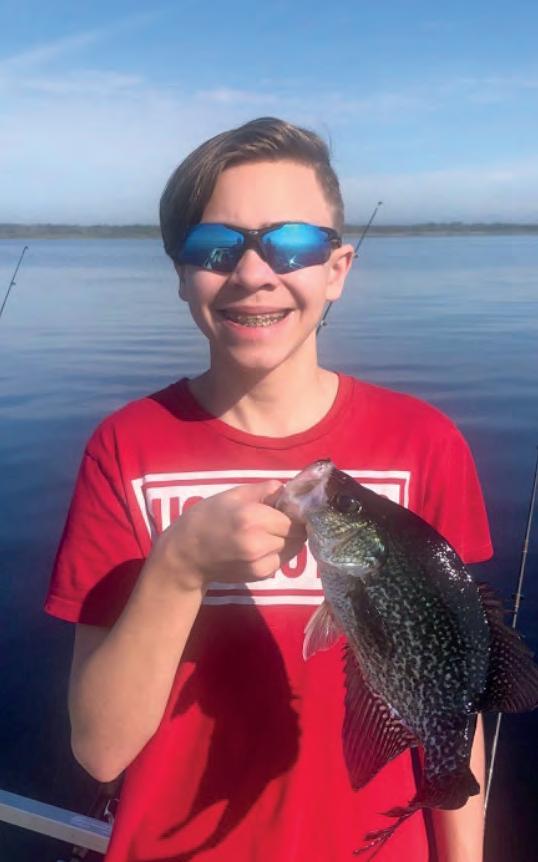

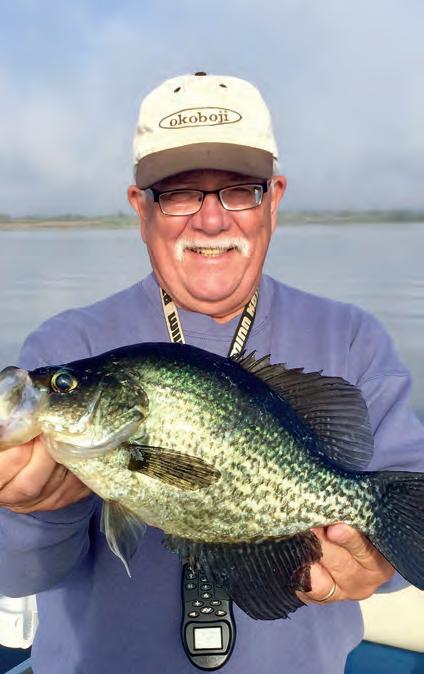
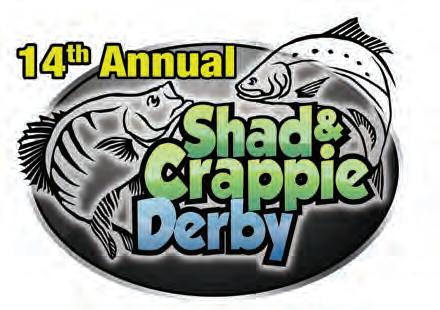



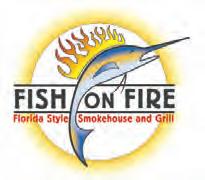



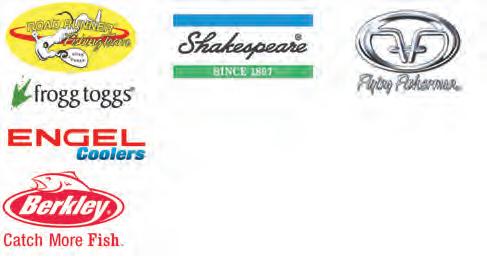

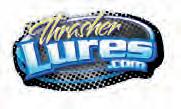






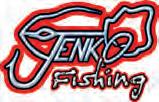







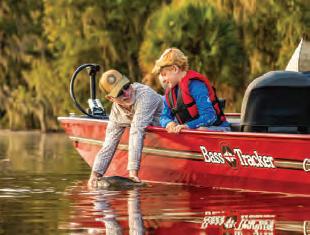
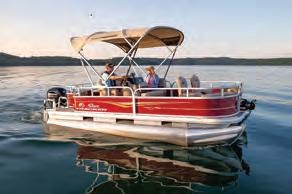






1Th 2:39 AM 2.6 8:36 AM 0.4 3:07 PM 2.6 9:11 PM 0.3

2F 3:45 AM 2.6 9:39 AM 0.4 4:05 PM 2.6 10:07 PM 0.2 3Sa 4:47 AM 2.7 10:36 AM 0.4 4:59 PM 2.6 10:58 PM 0.1
4Su 5:42 AM 2.7 11:28 AM 0.4 5:49 PM 2.6 11:45 PM 0.0
5M 6:31 AM 2.8 12:15 PM 0.4 6:35 PM 2.5




6Tu 12:29 AM -0.1 7:16 AM 2.8 12:58 PM 0.4 7:18 PM 2.5 7W 1:11 AM -0.1 7:57 AM 2.8 1:39 PM 0.4 7:58 PM 2.5 8Th 1:51 AM 0.0 8:36 AM 2.7 2:19 PM 0.4 8:36 PM 2.4 9F 2:30 AM 0.0 9:15 AM 2.6 2:58 PM 0.5 9:15 PM 2.4

21W
22Th
AM 0.5 1:21 PM 2.2 7:23 PM 0.5 16F 1:50 AM 2.0 7:40 AM 0.6 2:09 PM 2.1 8:17 PM 0.4 17Sa 2:49 AM 2.1 8:40 AM 0.6 3:01 PM 2.1 9:10 PM 0.3 18Su 3:49 AM 2.2 9:39 AM 0.5 3:56 PM 2.2 10:02 PM 0.1 19M Ft. Pierce Inlet, S. Jetty High Tide -31 minutes Low Tide -18 minutes Ponce Inlet, Halifax River High Tide +5 minutes Low Tide +33 minutes
20Tu Jupiter Inlet, S.Jetty High Tide -10 minutes Low Tide -9 minutes Sebastian Inlet Bridge High Tide -48 minutes Low Tide -24 minutes
23F
5:44 AM 2.5 11:27 AM 0.3 5:46 PM 2.3 11:45 PM -0.3 Port Everglades - Turning Basin High Tide -31 minutes Low Tide -13 minutes
6:03 AM -0.2 12:41 PM 2.5 6:40 PM -0.1 29Th 1:11 AM 2.4 7:06 AM 0.0 1:36 PM 2.4 7:41 PM -0.1 30F 2:14 AM 2.3 8:09 AM 0.2 2:32 PM 2.3 8:41 PM -0.1 31Sa 3:18 AM 2.3 9:11 AM 0.3 3:30 PM 2.2 9:34 PM -0.1 1Su 4:17 AM 2.3 10:06 AM 0.3 4:22 PM 2.1 10:28 PM -0.1 2M 5:15 AM 2.3 11:00 AM 0.3 5:16 PM 2.1 11:18 PM -0.1 3Tu 6:07 AM 2.3 11:49 AM 0.3 6:06 PM 2.1 4W 12:05 AM -0.2 6:54 AM 2.3 12:34 PM 0.3 6:52 PM 2.1 5Th 12:48 AM -0.2 7:36 AM 2.3 1:17 PM 0.3 7:34 PM 2.1
4:48 AM 2.3 10:34 AM 0.4 4:51 PM 2.2 10:54 PM -0.1 Jensen Beach High Tide +2 hours, 17 minutes Low Tide +3 hours, 4 minutes Port Canaveral (Trident Pier) Daily Predictions Sewell Pt High Tide +1 hours, 13 minutes Low Tide +2 hours, 9 minutes Patrick Air Force Base High Tide -1 hour, 4 minute Low Tide -38 minutes

With the cooler water temperatures, the larger female bass will begin moving out of the main river into their shallow spawning areas. Target lily pad fields and backwater areas off of the main river and fish large wild shiners under a cork or a Texas rigged large plastic worm very slowly to entice one of these trophies. Also remember handle and release these large females with care.
Be sure to sign up for the 14th Annual Central Florida Shad and Crappie Derby. The four month derby is a FREE online catch-photo-release fishing tournament. To register, visit one of the derby sign-up locations listed in this edition.
Largemouth bass are feeding heavy on shad, golden shiners and panfish all throughout the Harris Chain of Lakes getting fat and happy for the upcoming spawn. The high-water conditions due to the last two big storms are making normal shallow areas more accessible to boats and the bass. The bass are moving into transition areas close to the mouths of canals, backwater coves with some deeper water nearby. Lilly pad fields have been producing good numbers of bites and are excellent locations to find fish.
Best fishing lures to use are lipless crankbaits, soft plastic flukes and top water walking baits. Remember to always look around when you are fishing to see if schoolies are busting bait on the surface. Fish the outer edges of the pads especially the smaller isolated groups as the bigger females will still back away to eat a larger meal than the smaller highly aggressive males. When they move into the shallows, they eat just

about away meal that comes their way. The hydrilla patches and matts in Big Lake Harris found in deeper water also hold groups of bass. Find the hard edges and fish a chatterbait or 4-to-5-inch swim bait along these edges making long casts. Let the bait sink to the bottom and reel slowly. The fish will let you know if they want it fast or slow, so adjust the speed frequently until you figure them out.
The Crappie started to heat up in the last part of November. The bigger females will be heading shallow where the males are prepping for their annual spawn. Kissimmee grass, lily pads and wood structure are the places to find them using brightly colored jigs tipped with a minnow. Varys the depths of your jigs until you start getting bites. When you get a bite there are more around - slow down and catch dinner! Make sure to visit a sign-up location to register for the 14th Annual Shad & Crappie Derby. You never know, you may catch a monster. FREE to enter!
Owen’s Fishing in Eustis, Lake Side Bait & Tackle in Tavares and Nobles Marine in Leesburg are all close to the chain – sign up before you go fishing.

Your Seminole Junior Anglers had a phenomenal weekend on the Harris Chain November 5 and 6. They took revenge on the chain after having a subpar performance on the Saint Johns River last month. The high-water levels leftover from Hurricane Ian had our teams and the fish both guessing.

Big congrats to Mac and Dalton Bailey who won top honors and big bass on Saturday Nov 5th Florida Bass Nation High School qualifier. They had over 20 pounds and their big fish was just over 7 lbs. On Sunday November 6th, the big honors go to Bryce DiMauro and Bryce Balentine (spelling) with over 22 lbs. and their big fish was just over 7.2 lbs. Seminole Junior Anglers teams swept the entire weekend winning both days and big bass honors. The big bass award on Sunday went to SJA team Ben Brackett and James Crews. Their big fish was over 7.6 pounds!





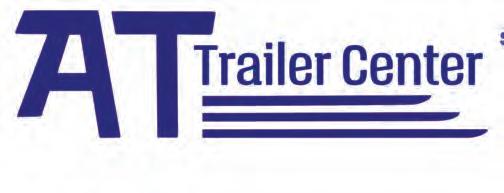
Our teams are off to an amazing start and lead all 140 teams thus far for Club of the year. We have a lot of work left to go but what a start. Just a reminder to please HOLD the date of February 11, 2023. This is our annual fundraiser on the St. John’s River. We will have our launch site at the Wayside Park on the south side of the river and weigh in as always will be at Boat Tree Marina on the river. Please call me to hold your launch spot.
at the ramp the morning of... Contact Dave DiMauro 407-353-4575 or email me: dave@dbgpromotions.com.
1 - Astor Marine (352) 759-3655 24535 FL-40, Astor, FL 32102 www.astormarine.com
2 - Nobles Marine (352) 787-5792 437 N Palmetto St, Leesburg, FL 34748 or 1931 N. Hwy 19, Crystal River www.noblesmarine.com
3 - Craig Catamaran (407) 290-8778 4333 Silver Star Rd. #100 Orlando, FL 32808
4 - Triangle Marine (352) 343-6146 11415 US-441, Tavares, FL 32778 www.trianglemarinecenter.biz
30 - Aamco East Orlando (407) 277-3311 6304 E. Colonial Dr. Orlando FL 32807 Full Service Mechanics
25 - Central Florida Marine (407) 647-6262 1021 N Orlando Ave, Maitland, FL 32751 www.centralfloridamarine.com
38 - Orlando Boat Sales (407) 253-7111 3165 N John Young Pkwy, Orlando, FL 32804 www.orlandoboatsales.com
24 - Boat Max USA (321) 866-0306 9700 E. Colonial Drive, Orlando FL 32817 www.boatmaxusa.com
46 - Gibson Truck World (407) 321-0660 3455 S. Orlando Dr. Sanford, FL 32773 www.gibsontruckworld.com
14 - Boat Tree Marina (407) 322-1610 4370 Carraway Pl, Sanford, FL 32771 www.boattree.com
60 - Next Level Inc.“Florida Marine Customs” (407) 704-5676 • 87 W. Michigan St. Orlando, FL 32806 info@floridamarinecustoms.com
36 - All American Marine (407) 855-9988 7024 S Orange Ave, Orlando FL 32809 www.allamericanmarineorlando.com
35 - All Star Marine (407) 423-9953 28 W Jersey St, Orlando, FL 32806 www.manta.com
29 - Lake Fairview Marina (407) 295-0117 4503 N Orange Blossom Trail, Orlando, FL 32804 www. Lakefairviewmarina.com
32 - Portside Marine (407) 249-1124 2730 Forsyth Rd, Orlando, FL 32792 www.portsideorlando.com
23 - Talon Marine Services (407) 542-7600 439 Aulin Ave, Oviedo, FL 32765 www.talonmarineservices.com
20 - Team Marine Services (407) 260-8326 1350 28th Street, Orlando FL 32805 www.teammarineservices.com
19 - Ahoy Marine (407) 323-8373 511 E 25th St, Sanford, FL 32771 www.superpages.com
6 - Sea Tow of Central Florida Lakes (877) 800-1492 12307 Wedgefield Drive , Grand Island, FL 32735
9 - Instant Insurance Agency (352) 735-5560 25833 State Road 46, Sorrento, FL 32776 www.instantinsuranceagency.com
15 - American Tackle Co. (800) 516-1750 2133 Component Loop, Suite 1031, Oveido, 32765 www.americantackle.us
5 - Lakeside Bait & Tackle (352) 742-3336 1000 W Burleigh Blvd, Tavares, FL 32778
7 - Owens Fishing & Marine (352) 357-3030 935 N Bay St, Eustis, FL 32726
11 - Highbanks Marina & Camp Resort (386) 668-4491 488 W Highbanks Rd, DeBary, FL 32713 www.campresort.com
14 - Boat Tree Marina (407) 322-1610 4370 Carraway Pl, Sanford, FL 32771 www.boattree.com
21 - Bitters Bait & Tackle (407) 699-6619 65 N US Hwy 17 92, Longwood, FL 32750 www.bittersbaitandtackle.com
43 - Academy Sports + Outdoors
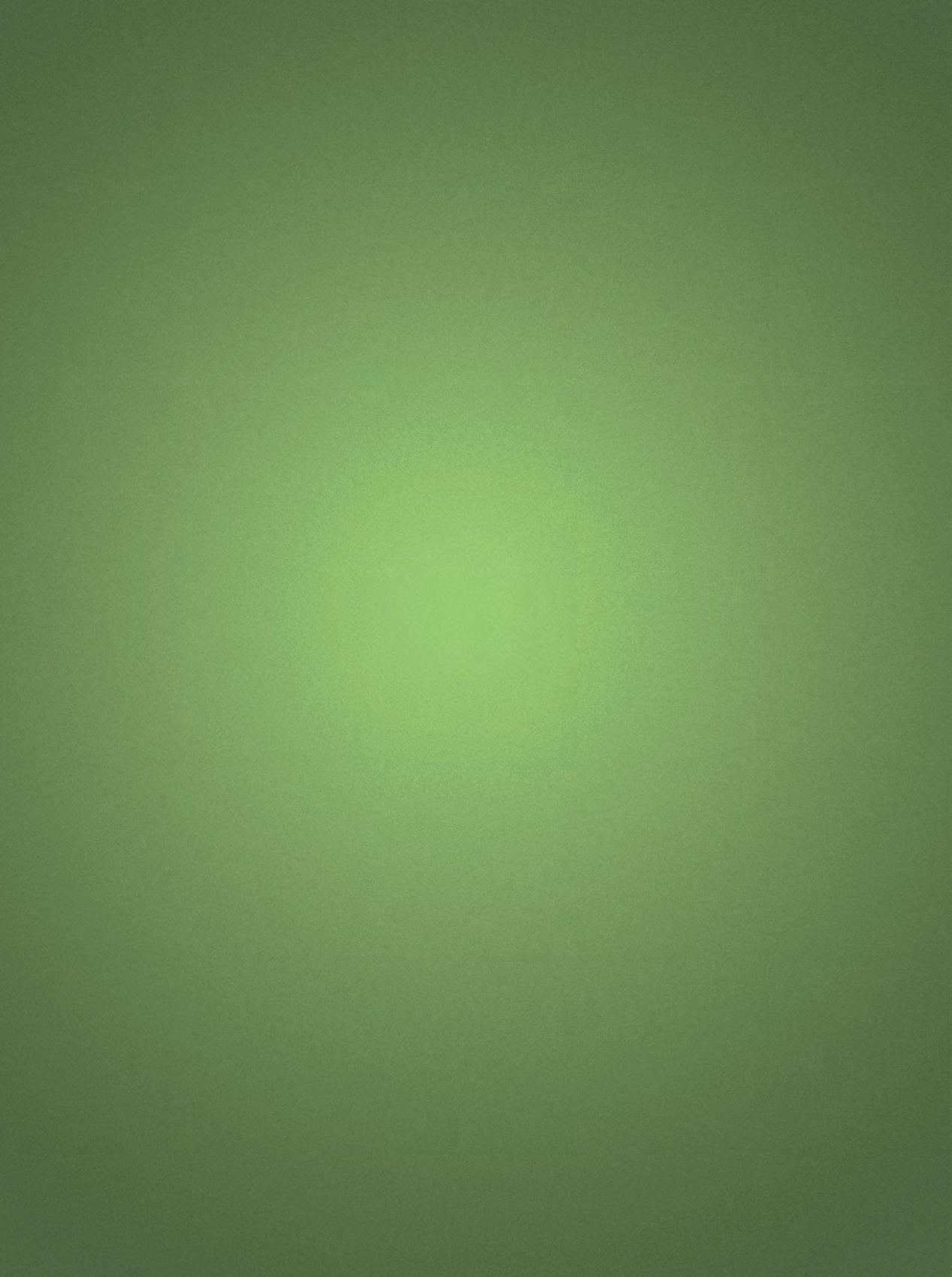


East Colonial 11955 E. Colonial Dr Orlando, FL Lee Vista 6640 Eagle Watch Drive Orlando, FL Millenia 3557 Gardens Ridge Way Orlando, FL Lake Mary 3641 Lake Emaa Road Lake Mary FL
45 - Wojo’s Bait & Tackle (407) 891-1003 Oak Park Center, 4245 13th St, St Cloud, FL 34769
48 - Mud Hole Custom Tackle, Inc. (407) 447-7637 2133 Componet Loop Suite 1001, Oveido, FL 32765 www.mudhole.com
56 - Orlando Outfitters (407) 896-8220 2814 Corrine Dr., Orlando, FL 32803 www.orlandooutfitters.com
26 - DWR Plumbing LLC. (407) 293-3717 6344 All American Blvd, Orlando, FL 32810
27 - Orlando Painting Service (407) 896-0839 65 Harold Ave, suite B, Winter Park, FL 32789 www.orlandopaintingservice.com
28 - Millennium Electric (407) 420-2001 4340 Edgewater Dr, Orlando, FL 32804 www.millennium-electric.com
41 - Water Works Pressure Cleaning & Sealing (407) 376-9526 490 Buck Lake Lane, Geneva, FL 32732 www.jmwaterworksinc.com
31 - Pyramid Cabinets (407) 947-8499 451 Fairvilla Road, Orlando, FL 32808 www.codepyramid.com
31 - Pyramid Cabinets (407) 947-8499 451 Fairvilla Road, Orlando, FL 32808 www.codepyramid.com
34 - Thomas Lumber Company (407) 841-1250 231 W Gore St, Orlando, FL 32806, www.thomaslumber.com
34 - Thomas Lumber Company (407) 841-1250 231 W Gore St, Orlando, FL 32806, www.thomaslumber.com
49 - Martin Tree Service, Inc. (407) 359-1119 1215 Bob White Trail, Chuluota, FL 32766 www.martintreeserviceinc.com
49 - Martin Tree Service, Inc. (407) 359-1119 1215 Bob White Trail, Chuluota, FL 32766 www.martintreeserviceinc.com
50 - Campbell Renovations Inc. (407) 947-0016 285 Campbell Ranch Run, Geneva, FL 32732 www.campbellrenovationsinc.com
50 - Campbell Renovations Inc. (407) 947-0016 285 Campbell Ranch Run, Geneva, FL 32732 www.campbellrenovationsinc.com
51 - Vapor and Company (407) 878-7397 3621 S. Orlando Dr., Sanford, FL 32773
51 - Vapor and Company (407) 878-7397 3621 S. Orlando Dr., Sanford, FL 32773
SR 436 Altamonte Springs East SR 50 Orlando www.vaporandco.com
SR 436 Altamonte Springs East SR 50 Orlando www.vaporandco.com
47 - Jolly Gator Fish Camp Bar & Grill (407) 349-5554 4650 E State Rd 46, Geneva, FL 32732 www.thejollygator.com
47 - Jolly Gator Fish Camp Bar & Grill (407) 349-5554 4650 E State Rd 46, Geneva, FL 32732 www.thejollygator.com
39 - Fish on Fire (407) 812-6881 7937 Daetwyler Dr, Orlando, FL 32812 www.fishonfireorlando.com
39 - Fish on Fire (407) 812-6881 7937 Daetwyler Dr, Orlando, FL 32812 www.fishonfireorlando.com
40 - High Tide Harry’s (407) 273-4422 4645 S Semoran Blvd, Orlando, FL 32822 www.hightideharrys.com
40 - High Tide Harry’s (407) 273-4422 4645 S Semoran Blvd, Orlando, FL 32822 www.hightideharrys.com
33 - Boston’s Fish House (407) 678-2107 Aloma Square Shopping Center, 6860 Aloma Ave, Winter Park, FL 32792 www.bostonsfishhouse.com
33 - Boston’s Fish House (407) 678-2107 Aloma Square Shopping Center, 6860 Aloma Ave, Winter Park, FL 32792 www.bostonsfishhouse.com
17 - St. Johns River Steak & Seafood (407) 878-0980 550 N Palmetto Ave, Sanford, FL 32771
17 - St. Johns River Steak & Seafood (407) 878-0980 550 N Palmetto Ave, Sanford, FL 32771
37 - The Steer (407) 286-6802 8015 S. Orange Ave., Orlando FL 22 - Huey Magoo’s (407) 706-6004 www.hueymagoos.com 10 Locations – See our ad on Restaurant Page
37 - The Steer (407) 286-6802 8015 S. Orange Ave., Orlando FL 22 - Huey Magoo’s (407) 706-6004 www.hueymagoos.com 10 Locations – See our ad on Restaurant Page
13 - Camp House Restaurant (407) 915-5401 100 S White Cedar Rd, Sanford, FL 32771 www.camphousebarandgrill.com
52 - The Deli (407) 332-8800 4360 Carraway Pl, Sanford, FL 32771
53 - T J’s Seafood Shack (407) 365-3365 197 E Mitchell Hammock Rd, Oviedo, FL 32765 12231 E Colonial Dr. #230, Orlando(407) 250-4191 www.tjsseafoodshack.com
54 - Oasis On The River (407) 636-6300 4380 Carraway Place, Sanford, FL 32771
56 - Celery City Craft (407) 915-5541 114 S. Palmetto Ave., Sanford FL 32771 celerycitycraft.com
55 -West End Trading Co. (407) 322-7475 202 Sanford Ave, Sanford, FL 32771 www.drinkatwestend.com
13 - Camp House Restaurant (407) 915-5401 100 S White Cedar Rd, Sanford, FL 32771 www.camphousebarandgrill.com 52 - The Deli (407) 332-8800 4360 Carraway Pl, Sanford, FL 32771 53 - T J’s Seafood Shack (407) 365-3365 197 E Mitchell Hammock Rd, Oviedo, FL 32765 12231 E Colonial Dr. #230, Orlando(407) 250-4191 www.tjsseafoodshack.com 54 - Oasis On The River (407) 636-6300 4380 Carraway Place, Sanford, FL 32771 56 - Celery City Craft (407) 915-5541 114 S. Palmetto Ave., Sanford FL 32771 celerycitycraft.com 55 -West End Trading Co. (407) 322-7475 202 Sanford Ave, Sanford, FL 32771 www.drinkatwestend.com


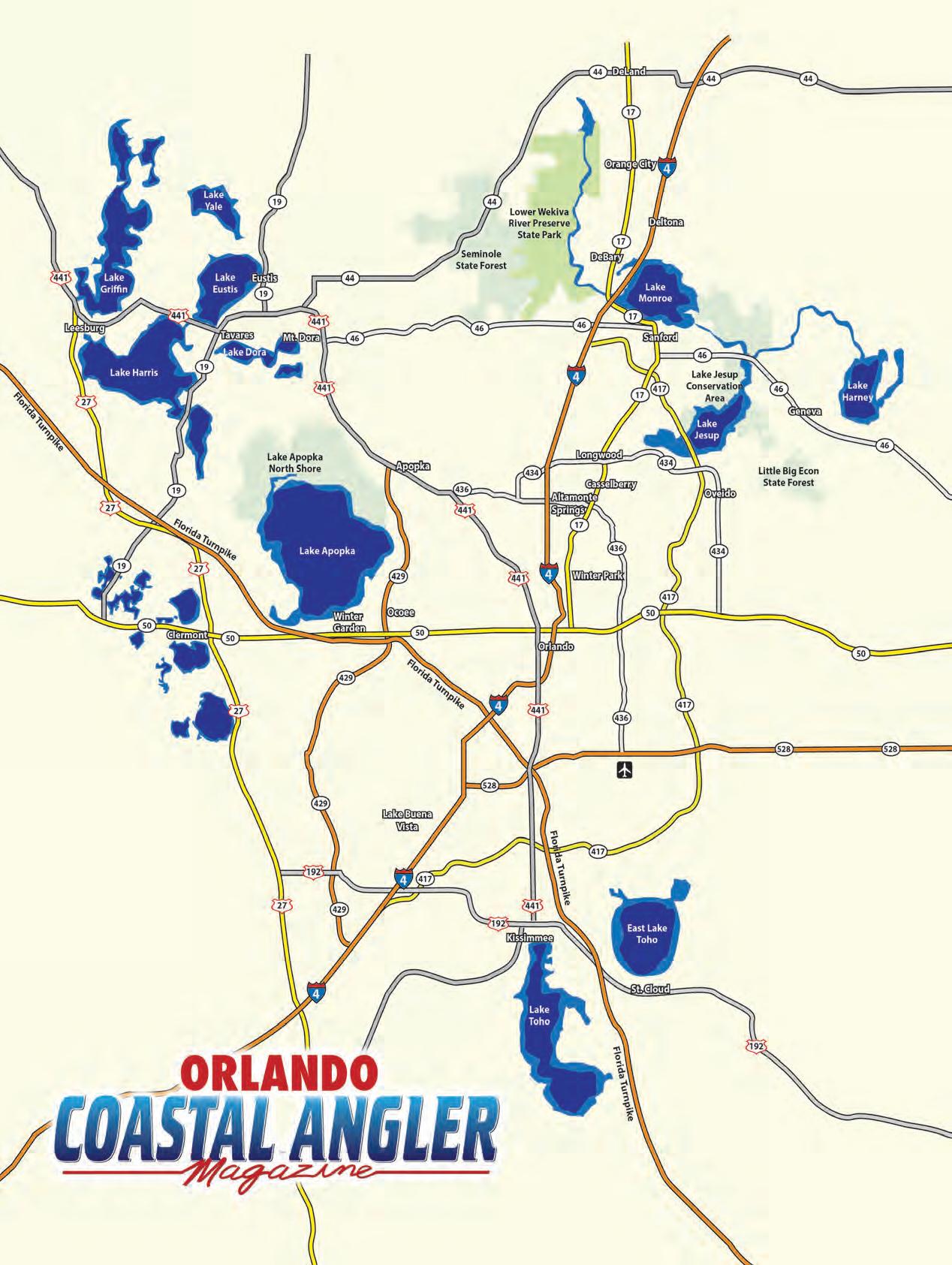
Saturday July 1 thru September 5 - CCA Star Tourney, Catch, Photo, Release, Win! Over $500,000 in prizes. Catch a Tagged Redfish and Win Boat/Motor/ Trailer packages, lots of prizes non-tagged species as well, $40 per angler to register, prizes for Trash Pick-up as well, visit CCAFLSTAR. COM to register or more info.
Tuesday August 2, 95pm till dusk, Jolly Gator Bass Tournament Series, every Tuesday evening plus 1 Saturday per month until the Classic on August 13th. Cost is $40 per event, 2 anglers per team. Teams that finish in the Top 10 in points or win an event and fish at least 20 events will qualify for the end of year Classic. Some of the best river anglers in the area fish this Bass Series. The staff of Orlando Coastal Angler Magazine is the official weigh-masters for this fun tournament series, come out and join us for the weekly weigh-ins. All Tuesday events start at 5pm till dusk, Saturday events (1 per month) are safe-light till 2pm. Launch ramp at CS Lee Park next to Jolly Gator Fish Camp on SR 46 east of Sanford at St. Johns River Bridge. For questions or more info contact Jim “Squirt” Chaudoin at 407432-2822 or Phil Wolf from Coastal Angler Magazine at 407-790-9515.
All American Marine 7024 S Orange Ave, Orlando, FL 32809
Phone: (407) 855-9988 www.allamericanmarineorlando.com
Service All Outboard Brands – Stern Drives –Canvas – Interiors – Trailer Repair
year’s season, Launch ramp at CS Lee Park next to Jolly Gator Fish Camp on SR 46 east of Sanford at St. Johns River Bridge. This event is for those teams who finish in the Top-10 in points or have won an event and fished a least 20 of our events this season. Our “Team of the Year” and “Big Bass of the Year” will also be awarded along with pay-outs for all teams that qualify after final weigh-in is complete. More than $10,000 will be paid out this season to our qualifying teams. Come join us for the weigh-in and see the huge bags that will be brought to our weigh-master from the area’s best bass fishing teams! For info or questions contact, Phil Wolf from Coastal Angler Magazine at 407-790-9515.
Lake Fairview Marina 4503 N Orange Blossom Trail, Orlando, FL 32804
Phone: (407) 295-0117 www. Lakefairviewmarina.com
Consignment Sales – Outboard Service –Storage – Ship Store – Sailing Classes
Thursday August 115pm to 8pm, “Alive After 5” in Sanford - The staff of Orlando Coastal Angler Magazine would like you to join us for an evening of fun in downtown Sanford. This event is the second Thursday of each month downtown. Block Party on First Street! Don’t miss the chance for a fun night on the town.
Most of all visit the big box stores. You know the ones, Bass Pro Shops, Academy Sports, Dick’s Sporting Goods, just to name a few. Yes some of them carry most major brands, but what about personal service? To get local info that you can trust as well as personal service it is the small and almost extinct tackle shops where you should spend your hard earned dollars. The small shops would love to share some local info for the exchange of some of those bucks. Yes it is much harder to compete with the Big Box Stores who buy at prices cheaper than the little guys. Most small shops tell us that those big guys can sell their products with a small margin cheaper than we can even buy them from their distributors. Personal service is where the small shops shine! We visit these shops each and every month to drop our monthly new issue and to get updated on how the local bite is going. In most cases the owners are always there to greet us!
They all need new clients and repeat business, what you will get is honest local info, a decent price for what you are buying and most times the convenience of not having to deal with parking, traffic, other shoppers and most times the small stores will have what you are looking for in stock. Oh, did I mention most open several hours prior to those Big-Box stores and are close to where you will be fishing.
Owens Fishing & Marine
Thursday August 4th – 2nd Annual Swordfish Shootout –Strike Zone Fishing Melbourne sponsored with $10,000 first place up for grabs! August 4th Captain’s Party at 6pm at Sebastian Saltwater Marina, Friday August 5th Lines in at 9pm, Saturday August 6th Lines out at 9pm, Sunday August 7th Weigh-in: Sebastian Saltwater Marina from 11am-3pm Awards: Following Weigh-in
935 N Bay St, Eustis, FL 32726
Phone: (352) 357-3030
August 7, 15, 17, 23, 28 - “Happy Birthday” to Orlando Editor Charlie McCullough and his son Andrew McCullough, to our son Josh Wolf turning 37, son Jason Wolf turning 39 and Grandson Gunner Wolf turning the big 10 years old! The staff of Coastal Angler Magazine Orlando, friends and family all hope you each have a special day and enjoy many more trips around the sun!
Saltwater Tackle & Bait - Ballyhoo, Freshwater Tackle - Live Bait - Wild Shiners Costa - Shimano Top Shelf Dealer Outboard Service & Boat Parts Hunting & Snorkeling Accessories Bow Fishing
Saturday August 13 –Safe-light till 3pm, Jolly Gator Bass Tournament Series Classic end of this
If you have an event or meeting you would like included in the “What’s Hitting Around Town” column, send your details to: Phil Wolf phillip@ coastalanglermagazine. com. Deadline for inclusion is the 10th of the preceding month.

Phone:(407) 349-0016 Cell: 407-947-5460


State Certified Contractor CBC 1255779
Several of these small shops still exist. Some you drive right bye and don’t even know they are there. Several of these shops within our 4 county foot-print are very close to some of Florida’s best fishing hot spots. All within an hour or less of where you live and most very close to where fish are biting. Bitter’s Bait & Tackle in Longwood, 1 block north of SR 434 on US 17/92 is packed with Tackle. Bitter’s friendly staff is always willing to help you find you’re looking for and share local fishing info. Bitter’s own brand of soft- plastics are better than most name brands and are half of the cost saving you lots of bucks. Down to the south in St. Cloud is WoJo’s Bait & Tackle at the corner of SR 192 & Kissimmee Park Rd. This small store is loaded with inventory as well as lots of saltwater tackle and frozen baits, lots of live bait for freshwater fishing. Just to the west at down town Kissimmee Lake Front Park is Big Toho Marina, with new owner they server the best breakfast sandwiches & burgers in the area, with lots of live bait and large freshwater inventory and right next to the launch ramp. To the north in Lake County is Owens Fishing and Marine located in Eustis on SR19, they have lots of inventory of the hard to find tackle and baits. In Tavares on the east side of US 441 is Lakeside Bait and Tackle. You have passed this for years on your way to the Harris Chain and Buzzard Beach launch ramp. Stop and visit with the owners Mark or Heidi Bass for the latest info on what is biting on the Chain. Back to the east in Debary and right on the St. John’s River is Highbanks Resort & Marina, boat rentals, live bait, gas, cold beer and freshwater inventory. A must stop in the fall and winter months as this area is one of Florida’s best crappie catching areas!
Do yourself and the small shop owners a favor, stop buy and spend a few bucks at one of these shops. Tell them you read about them in the Orlando Coastal Angler Magazine local section.
Orlando Painting ServiceWest Lake Toho - The summer bass bite has been improving with the best times to fish in the early morning and late evening. Summer rains have kept the flood
popping bug. I have thoroughly enjoyed hearing the popping bug get hit. Daytime anglers are catching good numbers fishing the shallow bedding areas. Bait of choice is crickets fished under a float.Another good area to fish is canals when the water is flowing, trolling will only trigger more bites. Crappie - Anglers are fishing open water for crappie using jigs tipped with a minnow. Anglers trolling jigs are catching good limits of crappie. The key is to find them
East Lake Toho - Bass fishing on East Lake has been good using artificial baits early morning. The best place to fish will be at the edges of the cattails. Then move to open water as the morning progresses. Most anglers are flipping open water pepper grass matts with good success. Fish the deeper edges of the grasswatermelon seed, Junebug, and
Panfish - Fish open water shell beds with red wigglers. If you are looking to fill the cooler for dinner, the open water shell beds are
phase, the bluegill will crush the
some areas of the lake are showing signs of algae which is normal this time of year.
What’s biting now?I’ve been taking bream trips; fingerling catfish and
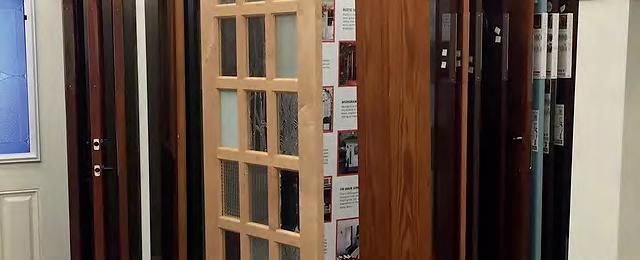

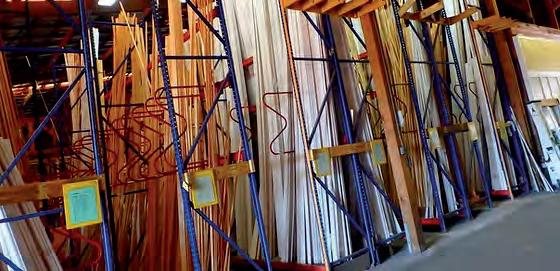


bass trips which are typical for this time of year. The month of September is when to start thinking of booking your bass fishing trip, as the females start to feed up while they make their way into the shallows for the early spawn time. It’s also the time to book your fall crappie trip too. Good fishing areas: parts of the shoal; Dupree Bar; Dyess ditch and Horse Island and Indian Prairie. Tin house has been solid throughout the season for crappie, bass and bream, work your way up towards 3rd and 2nd point where you’ll find some bass feeding on the bedding bream. A few areas on Kings Bar have been good and
To book you’re next fun-filled, productive and educational fishing trip call me at 863-228-7263 or log onto my website to check out the customers and their catches; hotel recommendations; guide rates and etc. Capt Angie’s sponsors are: Caymas boats and Toho Marine; Lews; G-Loomis; BnM Poles; MidSouth Tackle; Maui Jim; Gill; Bullet Weights; Road Runner; Real Magic; Tru Turn hooks; Mega Strike; Gene Larew; Pradco Brands and BUFF USA.



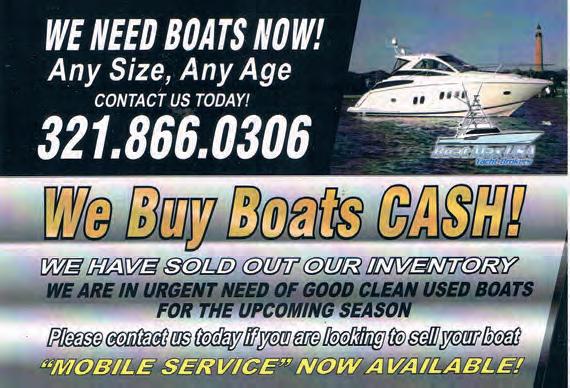
and vibe worms. The best colors to use are watermelon seed, watermelon red and June bug. Another good location for catching big bass will be in open water near the hydrilla patches. The bait of choice will be rattle traps, chrome with blue back. Another spot to fish is Goblets Cove. There is less hydrilla to navigate through with a boat and should hold some really big fish.
August can be considered a tough time to fish in East Central Florida for several reasons, but that does not mean you can’t find plenty of opportunities to bend the rod and do battle with some awesome fish. The most notable factor that effects our lagoon fishing is the sweltering summer heat and how it plays into the day for most of our desired gamefish targets. There is only one way to beat the heat and stay catching regardless of how hot it gets. Fishing in the cooler times of the day is a sure way to keep yourself a bit more comfortable and achieve your goal of some solid catches. Hitting the water very early or late in the afternoon and even exploring your local night fishing is a spectacular work around keeping you off the water in those times of high sun and maximum heat.
Winter is here - all the migrating birds have arrived. The State has been busy working on the Kissimmee Chain of Lakes removing sandbars. The first one is at the mouth of Shingle creek. Hopefully it should be done by the beginning of December.
West Lake Toho Bass fishing is turning on! They are going into spawn mode and feeding heavily to gain weight; the best place to fish will be in the Kissimmee Grass. The males have been moving into shallow, sandy areas to compete for spawning ground. The bait of choice will be plastic baits, flukes, trick worms
The Alligator Chain of Lakes for Crappie fishing is turning on too. Fish the flow at the mouth of the canals. Also, the crappies are still in open water and will remain there until the end of December. Your best methods for catching crappie this time of year will be trolling multiple rods with jig heads tipped with minnows. If you cannot find the Crappie in open water, move to the outside edge of the Kissimmee Grass.
With little tidal current until you get to the Ponce Inlet area in the north or Sebastian Inlet to the south, we do not have the relief of cooler ocean water flooding the shallows multiple times a day regardless of where the sun is. In those nontidal areas, the water temperatures climb as the sun does and by midday it is uncomfortably hot. Just like ourselves the fish also react to the oppressive heat and look to find some refuge. For us some cold drinks and a little shade with some breeze is exactly what we look for to cool down and relax, maybe a little time in the AC even. Typically, the last thing we look for is a giant meal. Fish do the same and look to find cooler deeper water or some shade to ride out the heat. Much like colder weather the heat also causes fish to become lethargic and many time unwilling to feed or do anything but sulk. If you do find yourself looking to catch in the heat, baits like live shrimp are a good choice as they fit the bill of a lite snack and not a full meal. In the cooler times like early morning, late evening, and even nighttime you can look to utilize more substantial offerings and the topwater plug excels at this. With the summer waters heavy bait presence those topwater plugs will get a look and can even be fished at night with great success. Also, live baits like mullet will get plenty of looks and are a great choice in the dark. Don’t let the dog days of summer get your fishing in a slump! Beat the heat and keep catching.
Fishing the big O is exciting anglers because it is the start of spawning season. Anglers that fish for bass have been using live wild shiners and lures. If you want to relax and let the bass come to you then live bait is the way to go. If you want to cover water, then artificial lures is the trip for you.
If you’ve ever wanted to fish for big specks (crappie) here on the big O, now is the time to book your day on the water. Don’t’ know how to jig? Not a problem, all that’s needed is a quick 5-minute lesson using the BNM 11ft jig pole tipped with a small round jig head and small plastic tube. Catching crappie is fun, exciting and is one of the best tasting mild white flaky fish you’ll ever eat. The creel limit is 10 inches long, 25 per person per day. Areas on the lake that you’ll see boaters fishing for bass and crappie are: Observation Shoal, Widens Pass, Dupree Bar,
around Dyess Ditch, and Tin House, Kings Bar, Hendry Creek and near J & S. Bass lures that have been producing bites have been a top water lure such as a Devil’s Horse or Zara spook, popping frog in and around the lily pads, worms, spinner baits, shallow jerk baits and flipping/ pitching creature-style lures into isolated grass clumps. Lure colors are: Junebug, black/blue, white, crawdad and bluegill color patterns. For your tackle and live bait needs visit Jack and his Big Water Bait & Tackle store located in Lakeport, just down from the Harney Pond Canal boat ramp.
To book your next day fishing the big O for bass and crappie call Capt. Angie at 863-228-7263 or visit www. southfloridabassfishing.com. Capt. Angie can accommodate groups, multi-day trips, fishing lessons, and lake info. Sponsors are a big part of her success, and they include: Toho Marine in St. Cloud, Florida, Mercury Marine, Gill, Lews, Gene Larew, Pradco Brands, Mid-South Tackle, BnM Poles, G-Loomis, Maui Jim, Bullet Weights, Rapala, Tru-Turn hooks, Reel Magic, Road Runner, Big Bite Baits and Navionics.

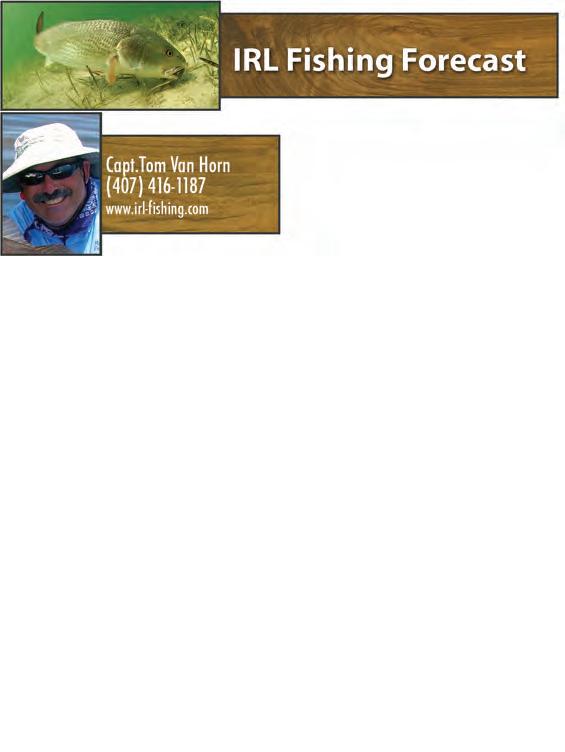


December is a month filled with outstanding fishing opportunities. It is impacted by cooler weather and windy conditions caused by passing cold fronts. Changes in water temperatures affect both fish behavior and angling tactics, so a better understanding of where and how to fish will result in better outcomes. As the cold weather settles in on America many anglers can only dream of a location where stretching line is a year-round endeavor, so we are truly blessed to live here in Central Florida where our fishing only gets better during the winter. Currently water levels are very high on both the St Johns River system and the inshore saltwater lagoons, but as we enter our dry season water level will decrease and fishing conditions will improve. Once the ramps open back up on the St Johns River system good
August fishing can be a challenge sometimes, but it’s always a fun time. The cold-water upwelling is still around and causing issues for bottom fishing and finding bait. By cold water, I’m talking about the yearly thermocline. Just because you can’t get a bottom bite going doesn’t mean the bottom fish don’t come up in the water column a little. Get on the wrecks and chum. You will find the cold pushes the fish up. They try to get to the warm water level. It’s not uncommon at all to see amberjack, snapper, cobia, mangroves, and many other species not far from the surface. Picking out the biggest fish can be fun especially for your charters.
Kingfish should continue to do
numbers of speckled perch (black crappie) will show up in the upper St Johns River, and the big lakes of Monroe, Jessup and Harney. Fish structure or slow troll Road Runner jigs or live minnows near the bottom for better results. Also, look for the American shad to begin showing up near the end of the month on their winter spawning run. The American shad and crappie are incredible species to catch on light tackle and fly, and if you have never experienced these fisheries, you should give it a shot.
Fishing has been awesome –right on schedule this time of year! Bunker (menhaden shad) pods have showed up and should continue to stay around a little while longer. Work the pods close to shore for giant red drum and other species feeding on them. Use a 50lb mono leader with a 1-2 oz weight and a 6/0 circle hook. Use knocker rigs or fish finder rigs.
Sea trout and redfish are the primary targets for anglers on the Lagoon flats. Anglers should focus their efforts in areas of mullet schools, throwing top water plugs in the early morning and late afternoon hours, or at night. Once the day gets hot and the top water bite slows, switch your tactics to live bait (pigfish) or DOACAL Jigs fished on the deeper edges of the flats, and don’t overlook the large ladyfish schools shadowing glass minnows out in the deeper water.
Take the bunker offshore for kingfish action in all the normal areas; 8A Reef, Pelican Flats, and all the ledges and reefs in 50-100 feet depths. Use #6 wire for this sharp toothed fighter. When you see the commercial guys out there supporting their families, please give them room they will be circling when fishing.
If the ocean water stays warm (above 80 degrees) along the near-shore coast, look for pods of baitfish to
well, many fish in the 40/50lb class have been caught recently. Captain Joe of the FireFight had a 48-pound kingfish last week. Stud of a king. Nice work Joey Lee!
well, many fish in the 40/50lb class have been caught recently.
On the inshore flats water levels are currently high. Both redfish and sea trout are currently catch and release and they will remain in shallow water if the water temperatures stay in the seventies. Fish in protected areas and sunny spots on cooler days and look for fish to be holding in deeper pockets until the sun gets overhead. The mullet run is over, so it is important to remember saltwater gamefish will be transitioning their feeding habits from finfish to shrimp and crabs, so downsize your lure and bait size and lure selection accordingly.
Nearshore beach fishing is going to really be picking up. Tarpons are there and rolling every day. You can slow troll them or just drift in the mornings with live bait. We have caught them on everything. Chunk baits, live baits and artificial. There is not much they won’t eat. Beach fishing in 20-30 feet is a blast. You’d be amazed how shallow all these fish come in. Kings, bonito, jack crevalle and many other extreme fighting fish. Look for the schools of bunker. If you find them, you will find the fish. Shark fishing is about as good as it gets right now. If you’re looking for some fun with the kids, anchor up in 20 feet off the beach and hold on. Bonita and king are an excellent bait for the toothy critters.


fish come in. Kings, bonito, jack crevalle and many other extreme will find the fish. Shark fishing
Mahi fishing has also been picking up. This is the time of year they migrate south. It’s not as good as the spring run but can definitely pay off! We have been successful using regular king rods and king gear for mahi. But you can always use your favorite dolphin lure. Ballyhoo and strip baits work fine. Every trip we catch a few cobias too, so keep a jig handy. The Fishing and Diving Center on A1A in Port Canaveral has all the cobia jigs you need. Talk to Nick, he will help you out.
move in close. Pods of Atlantic menhaden (pogies), thread fin herring (greenies), and bay anchovies (glass minnows) will all be shadowed by predator species like large tarpon, smoker kings, blacktip and spinner sharks, jack crevalle, bonitoand redfish. Focus your attention on bait pods where there are visible predators, feeding activity and active bird feeding.
Bottom fishing has really picked up. Please double check the rules. Seasons change on certain species and circle hooks are required along with descending devices and de-hooking tools. Double check what you have and be sure to be legal. Fired Up Charters wishes everyone an awesome holiday and enjoy your families.
As we approach the end of the month and the beginning of the fall mullet run, look for snook fishing in the surf to improve as they move into the surf break to feed. Remember snook season is closed in August, so please handle, and release them with extreme care. The snook populations in our area are elevated this year due to the warmer than usual winter we experienced.




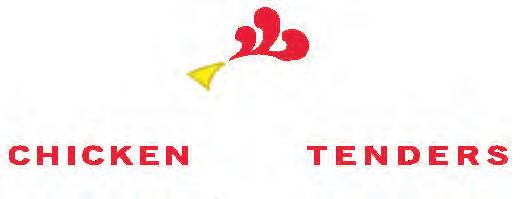




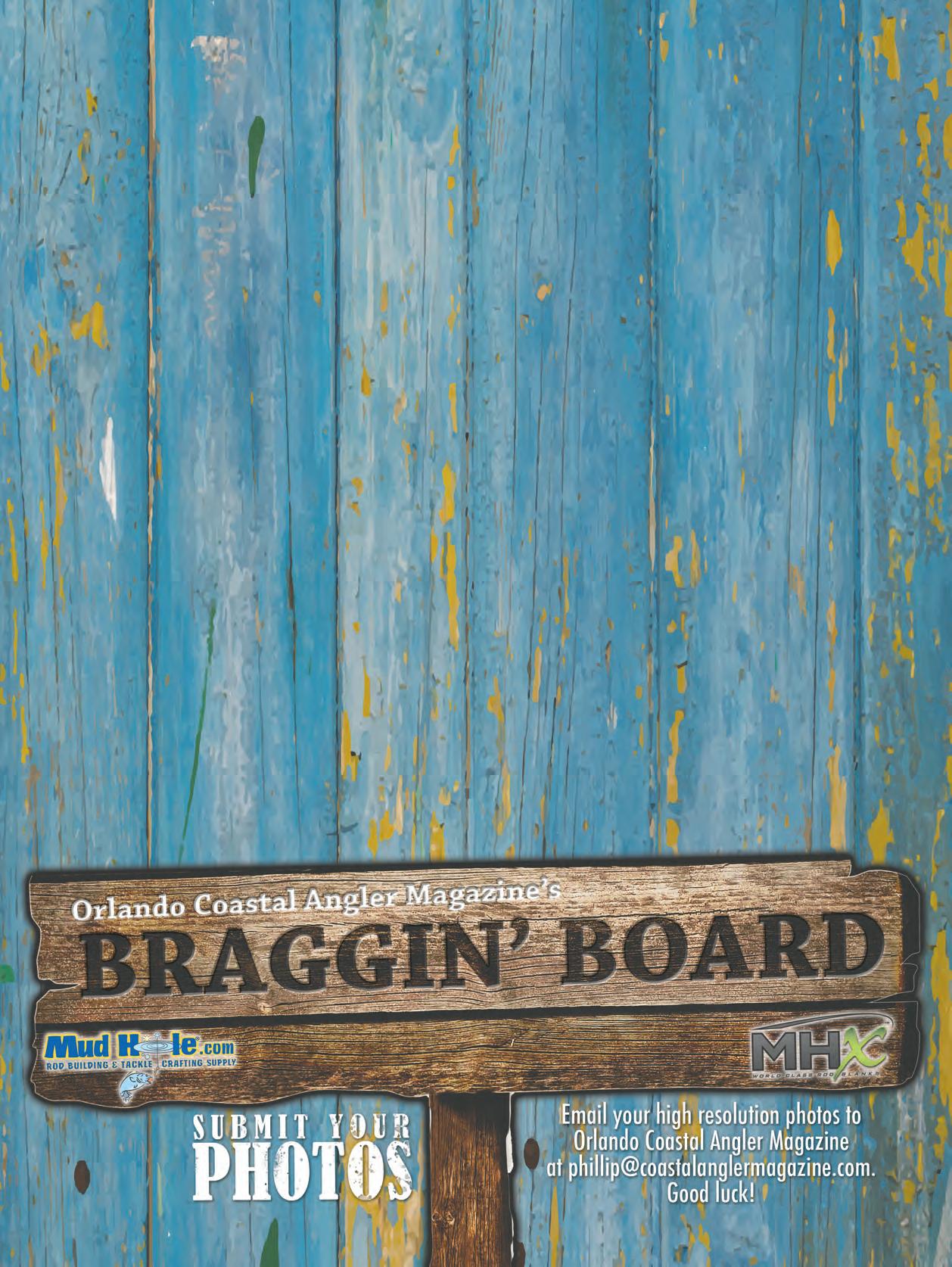
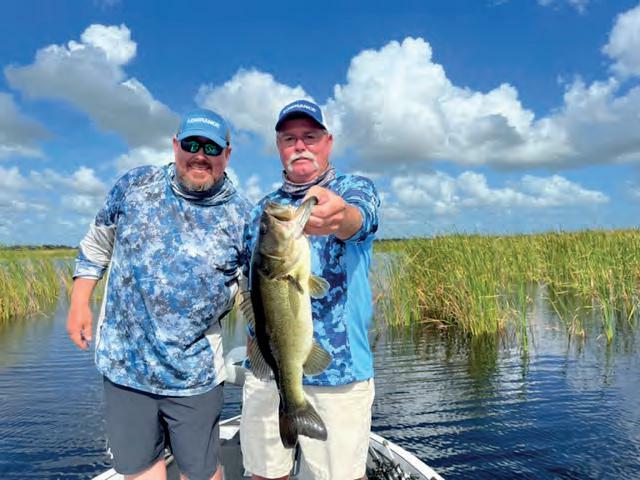

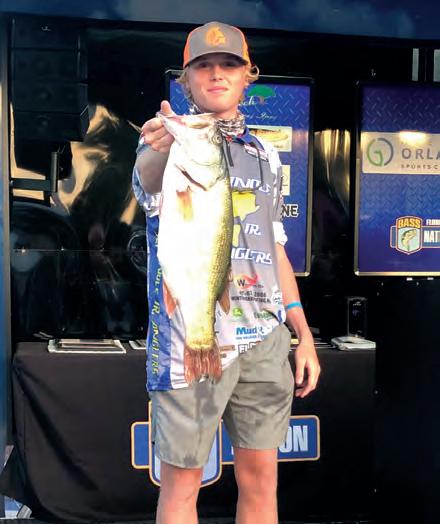
 Big Bass are eating down on the “Big O” fishing with Capt. Angie Douthit
Beautiful African Pompano caught fishing aboard Fired-Up Charters
Ben Bracket from Seminole Jr. Anglers at the High School BASS Nation event on Harris Chain, 7.6 lb Big Bass of the Day!
Tucker Winters with a nice spotted Bass he caught while fishing at Lake Hartwell in South Carolina
Big Bass are eating down on the “Big O” fishing with Capt. Angie Douthit
Beautiful African Pompano caught fishing aboard Fired-Up Charters
Ben Bracket from Seminole Jr. Anglers at the High School BASS Nation event on Harris Chain, 7.6 lb Big Bass of the Day!
Tucker Winters with a nice spotted Bass he caught while fishing at Lake Hartwell in South Carolina



With recreational boating season coming to a close across much of the country, BoatUS compiled a list of the top-10 boat names ordered this season through its online boat graphics service. Here are the rankings.


1) Andiamo: Meaning “let’s go/we go /come on” in Italian, Andiamo remains in the No. 1 spot from last year’s list. It’s also a happy refrain heard from the person behind the helm as they put the throttle down and head to open waters.
2) Osprey: is year was the rst time Osprey has made the top10. In a unique twist, Osprey bumped last year’s No. 2 boat name, Social Distancing, completely o the list. ’Nu said, right?
3) Serenity: is No. 3 name is so popular it has made the top 10 seven times since 2010, tying the record with Second Wind. Yep, you guessed it – both are popular with sailboat owners.
4) Encore: Also a newcomer to the top-10 this year, Encore may be the boat name of choice for an entertainer. Or, it could indicate the “next” boat – either satisfying the three-foot-itis or scaling down, or maybe even coming back to boat owning a er a hiatus.
5) Zephyr: Last appearing on the top-10 in 2010, sailors will welcome this reference to a gentle breeze back to the list.
6) Second Wind: Is this boat named for a new chapter in life or achievement? A comeback? A new strength? We’ll never know for sure, but gosh is it perennially popular.

7) Adventure: A boat with this name is usually out of the slip every weekend putting miles of water under the keel.
8) Knot on Call: is boat name serves as a notice that on-the-water time can’t be tampered with. Of unique importance, the owner of this boat can silence their cellphone ring in just under two seconds.
9) Shenanigans: Quit fooling around. Shenanigans are a part of every boating culture.
10) Grace: In its fourth appearance on the top-10 boat names list since 2010, Grace likely holds deep meaning for vessels with beautiful lines or for those that navigate with nesse. is is the one boat in the marina that also makes docking look easy.
For a look at all of the BoatUS Top-10 Boat Names lists over the years, visit BoatUS.com/BoatNames.

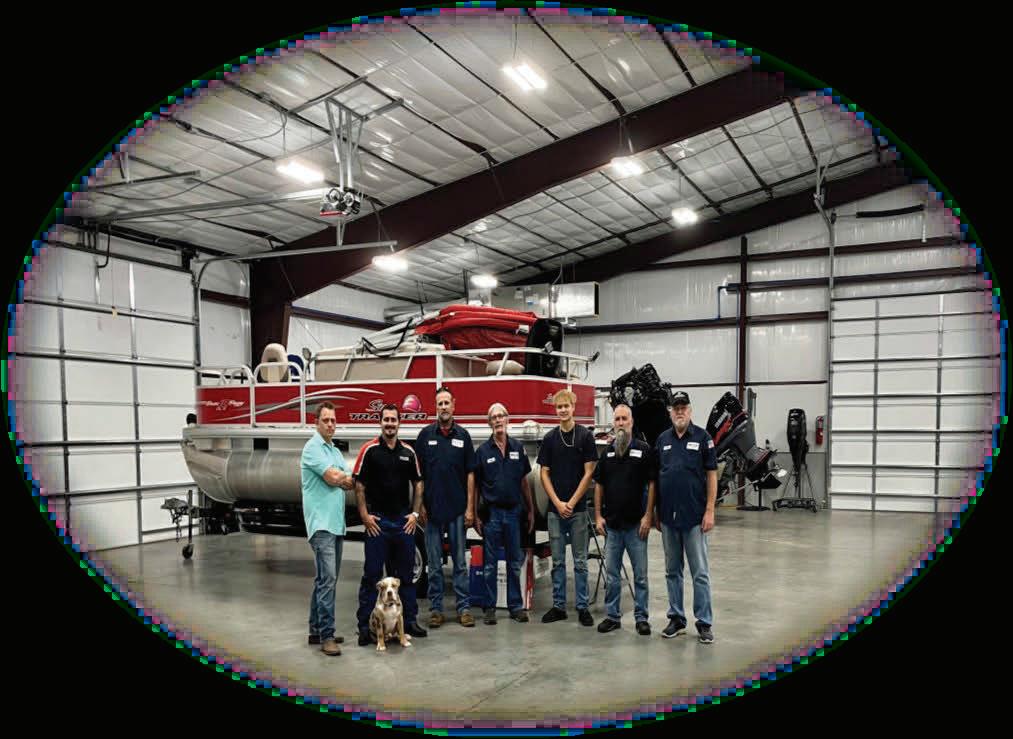
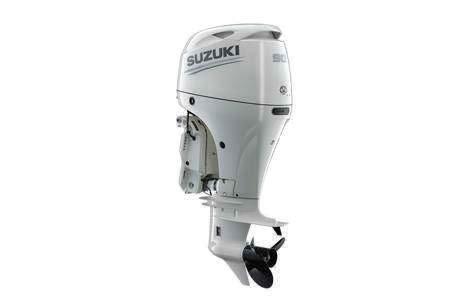

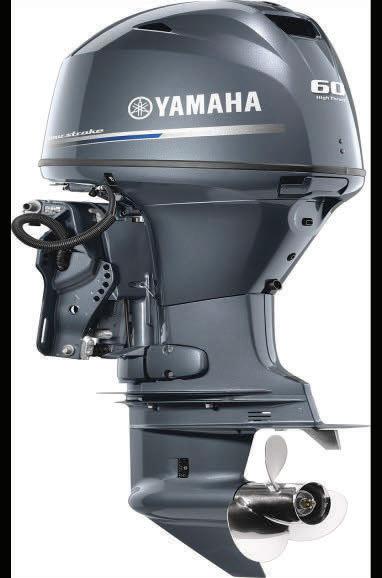

More o en than not, pan sh were the sh that introduced most anglers to the sport. e term “pan sh” is used to describe any of the commonly found species that usually never grow bigger than the size a frying pan. Most of them are legal to keep, regardless of size.
ese are species known as sun sh, bluegills, red eyes, rock bass, pumpkinseeds and countless other names, o en depending on the region. But this article is about a di erent kind of pan sh, and one that was naturally found only in other countries.
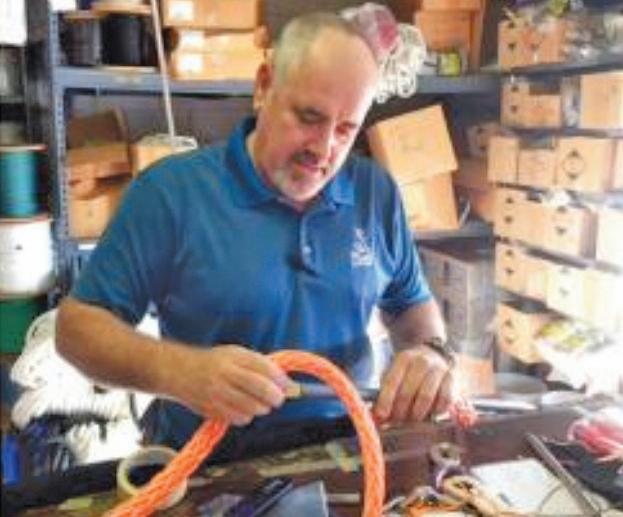

e Mayan cichlid is native to southeastern Mexico and the waters of Central America’s Honduras, Belize, Nicaragua and Guatemala. e rst reported non-indigenous population was recorded here in Florida Bay in 1983. Due to their adaptability and south Florida’s favorable climate and water conditions, they now can be found in great numbers from the canals in Miami to the Kissimmee Chain of Lakes, and almost all inland waters between.


Mayan cichlids are a freshwater species, but are known to thrive under a variety of environmental conditions, from a wide range of salinity to low oxygen conditions, and therefore can inhabit most waters in this region.
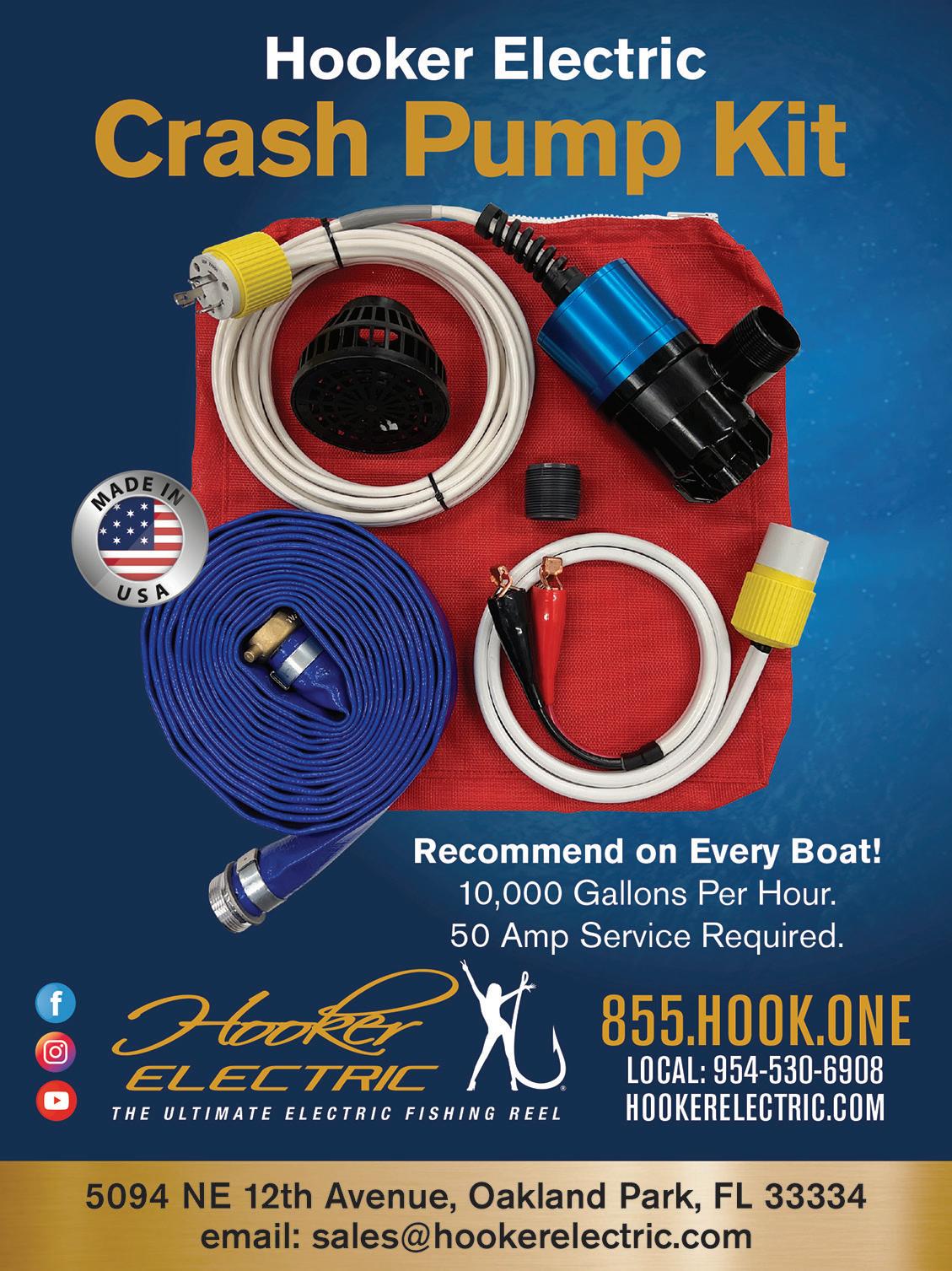

is oval-shaped sh has spiny anal and dorsal ns, and it ranges in color from olive green to a light brown, with darker vertical bars. During breeding season, their colors become vibrant, and their throats and n edges glow bright red to orange, which earned them the nickname “atomic sun sh” or “orange tiger.” Similar to their cousins the peacock bass and the oscar, they sport a black spot and ring on the tail to confuse predators. e Mayan’s spot is black with a turquoise ring.
Mayan cichlids are a very attractive sporting species that o ers strong ghts on light and y shing tackle. Mayans readily take a variety of natural baits as well as small arti cial lures and ies. e countless canals, lakes and neighborhood ponds of south Florida are full of these amazing little ghters and many other species. I am a y sherman, and Clouser’s Minnow or any small bait sh pattern, along with a Gurgler work well for this aggressive feeder.
I would recommend an out t in the 7/8 weight range, because cichlids share these waters with much larger species. It’s common to catch snook, juvenile tarpon, tilapia and largemouth bass in these locations.
Mayan cichlids are not considered invasive, although they are nonnative. ey have no season or bag limit, and harvest is encouraged. ey have white aky meat with a mild avor and are considered very good table fare.
I will not o er an opinion on just how this species found its way to this region, but I believe they’re here to stay. We might as well sh for them.

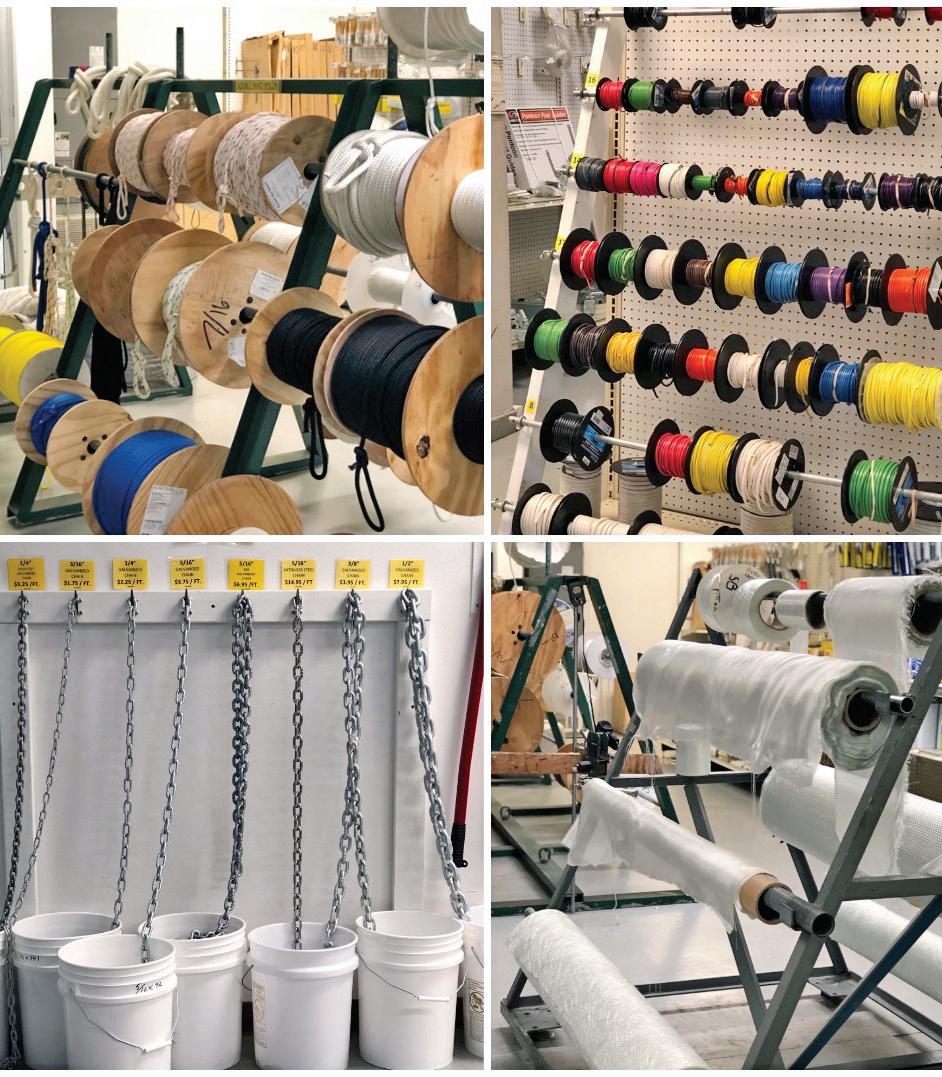
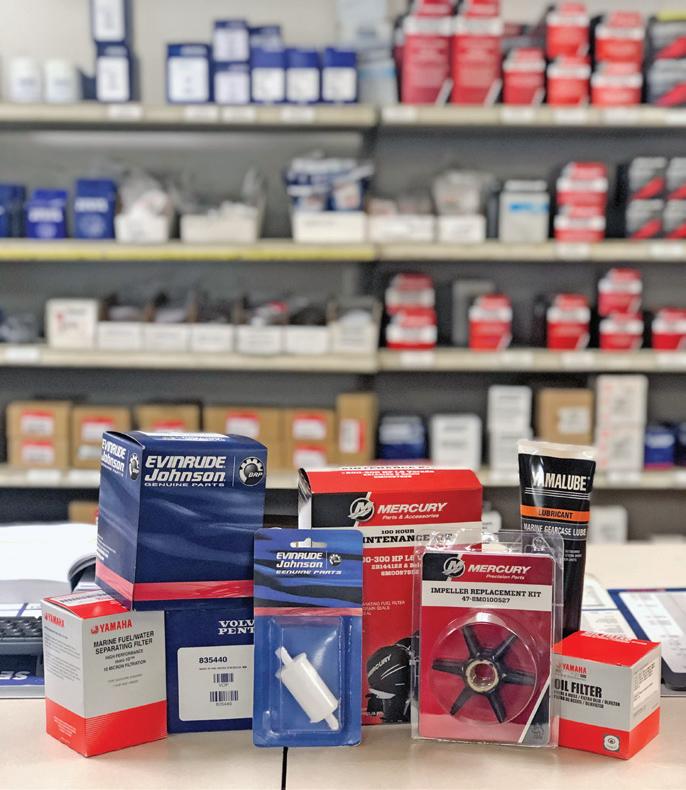











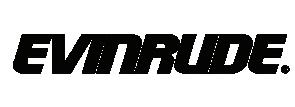

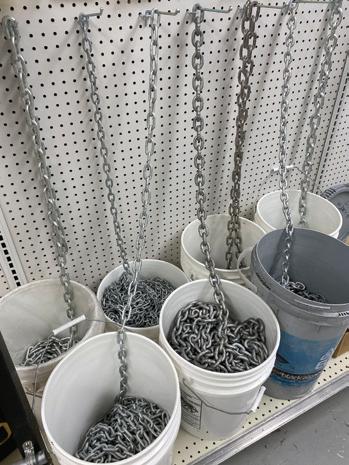

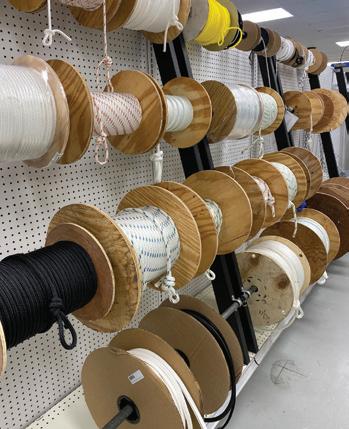
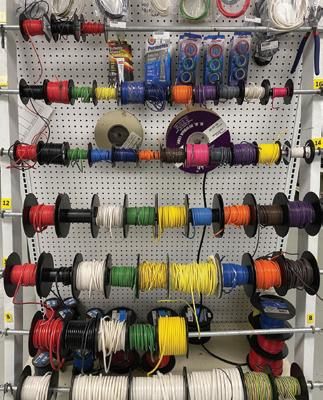
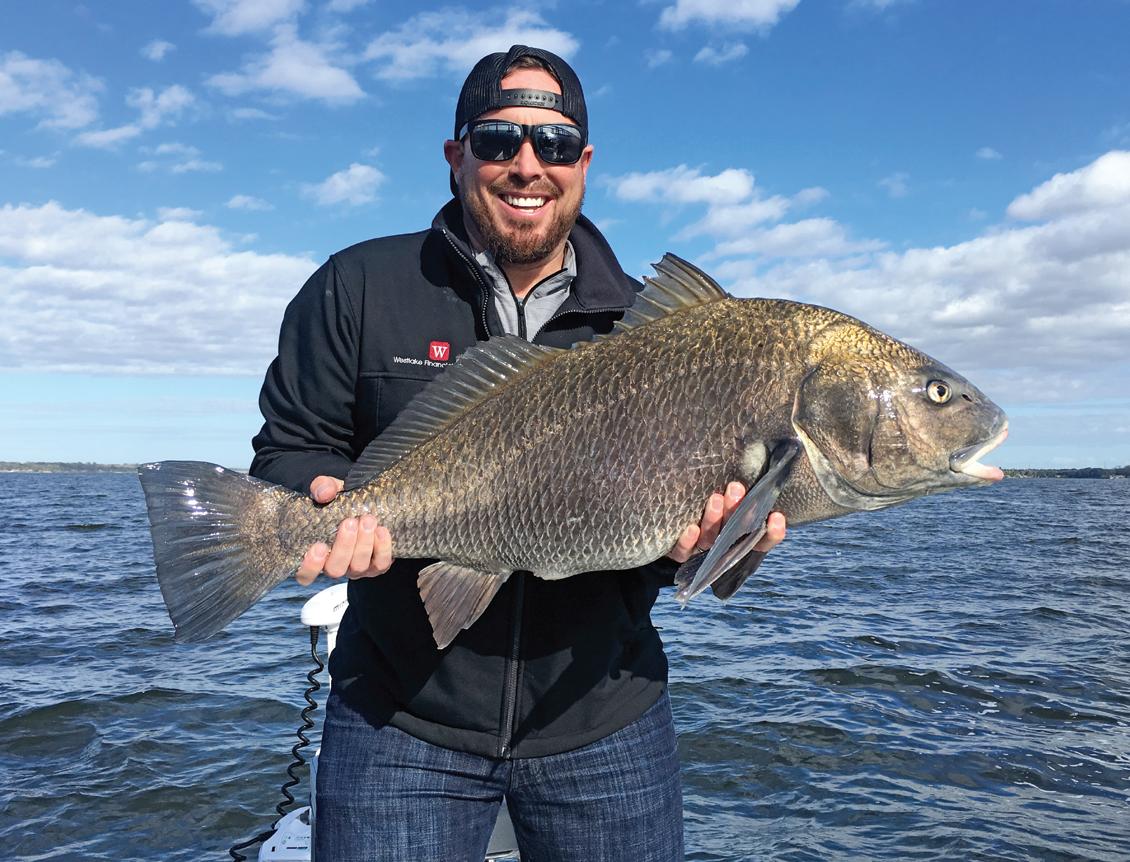

 By Emily Hanzlik
By Emily Hanzlik
With the mullet run over and the cold setting in, our target species begin to change. Most of the high-energy sh like jacks and tarpon slow down during winter. So we turn our attention to already slow bottom-feeding sh that aren’t as a ected by cooler water. Black drum are a highly praised bottom-feeder. Not only do they taste delicious, they grow to amazing trophy size.
Black drum are in the drum family with red sh, but they are di erent in appearance and their way of living. Black drum have a high arched back compared to most sh that levels out toward the tail. ese sh are a darkish gray or black with some tones of brown that fade to a lighter belly. Normally, juveniles have four to six vertical bars on their side, similar to sheepshead. e bars fade with age.
Black drum have barbels or whiskers on their lower jaw like cat sh. ese barbels are used to smell mollusks and other prey in the sand, which the drum digs out. ey then use rows of molar-like pharyngeal teeth to crush mussels, crabs and other hard-shelled creatures. ese teeth line the top and bottom of their mouths and can extend to the back of their throat.
Black drum live from Texas all the way up past New Jersey. ey congregate around structures like bridges and docks. However, they also can be found in bays, river mouths, oyster beds and along beaches. Juveniles are mostly found in estuaries.
As these sh begin to spawn in the colder months, they move toward owing inlets. Just like red drum, they participate in mass free-spawning, where they release sperm and eggs while grouped together in owing water. e pre-spawn move to the inlets gives anglers plenty of time to target them in groups.
Jalon Tomlinson enjoys targeting black drum during peak season. He said shing is best during cold fronts on an outgoing tide. He uses a chicken rig with a 3- to 4-ounce pyramid sinker or a Carolina rig with a 3-ounce egg sinker and a 2/0 hook. He recommends a 40-pound leader because powerful sh heavier than 30-pounds are a real possibility. Ideal baits are fresh dead shrimp or old stinky shrimp. However, Tomlinson has also caught them on crabs and sand eas.
Tomlinson catches some monster drum with this technique, but he prefers to keep the 14- to 28-inchers because they’re better to eat. In Florida, there is a daily bag limit of ve per harvester, with a slot size of 14 to 24 inches. One sh is allowed over the 24-inch slot.
e IGFA all-tackle world record black drum weighed an amazing 113 pounds, 1 ounce and was caught out of Lewes, Delaware.
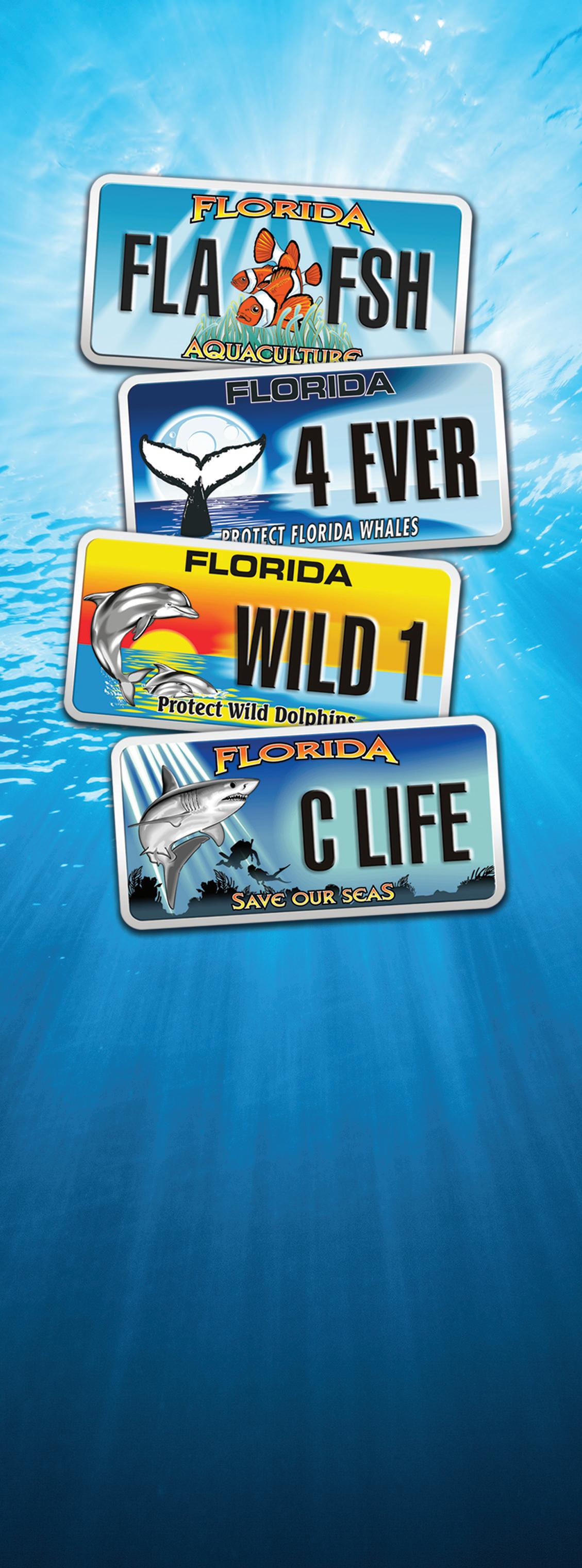
Emily Rose Hanzlik holds 56 IGFA world records in various categories.
She hails from West Palm Beach, where she has a part time Bow n Guide Service as well as shing classes for Jr. Anglers.
Find her on Social Media @emilyhanzlikoutdoors.
Florida seasons for snook harvest close this month in state and federal waters of the Gulf of Mexico and the Atlantic.
e Gulf snook season closure date is Dec. 1, and snook harvest will remain closed through the end of February in Gulf state and adjacent federal waters. e Atlantic snook season is closed Dec. 15 through Jan. 31 in state and adjacent federal waters. Special regulations for di erent zones exist for this species, so be sure to check current regulations online at MyFWC.com.
When snook season re-opens, anglers who wish to harvest a snook must have a snook permit in addition to a recreational shing license. ere is a slot limit of not less than 28 inches or more than 33 inches total length. e daily bag limit is 1 per harvester per day with zero captain and crew for-hire limit.
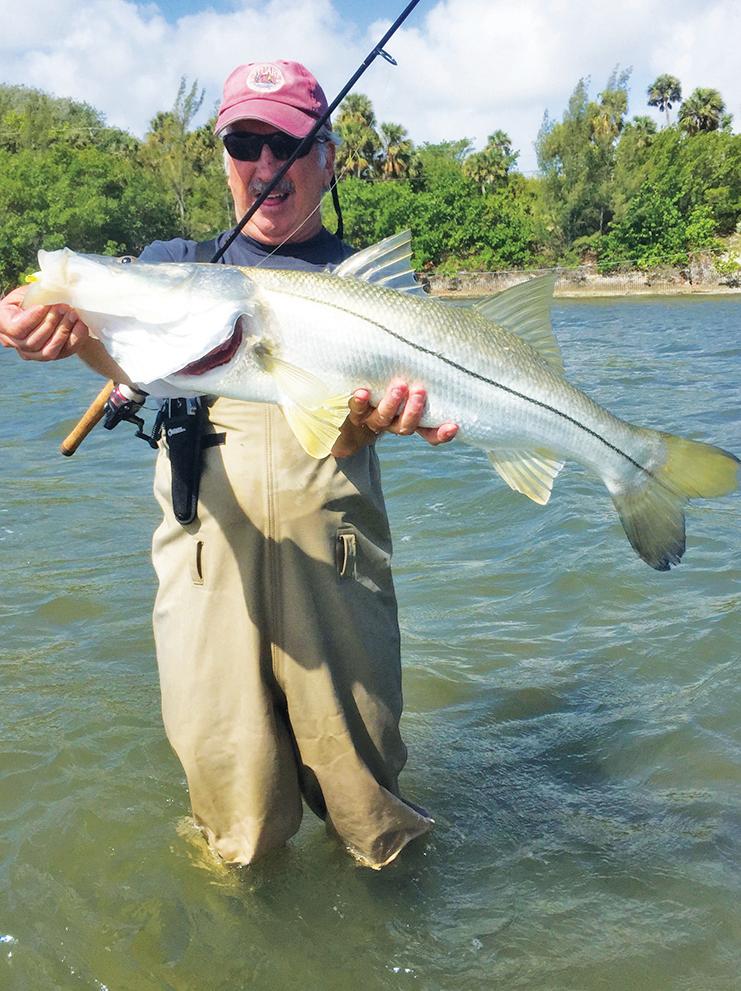

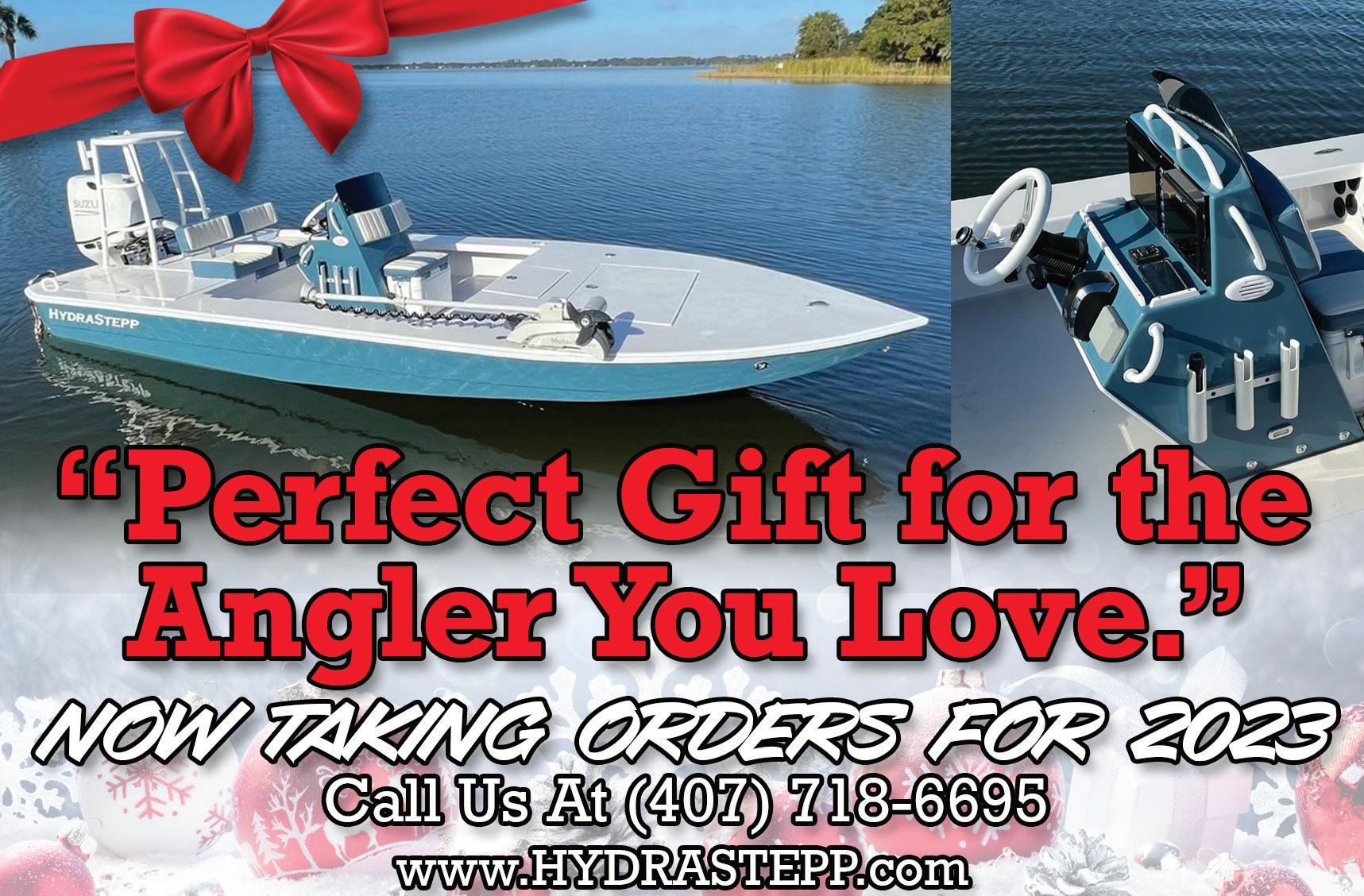

For more information, go to MyFWC.com.
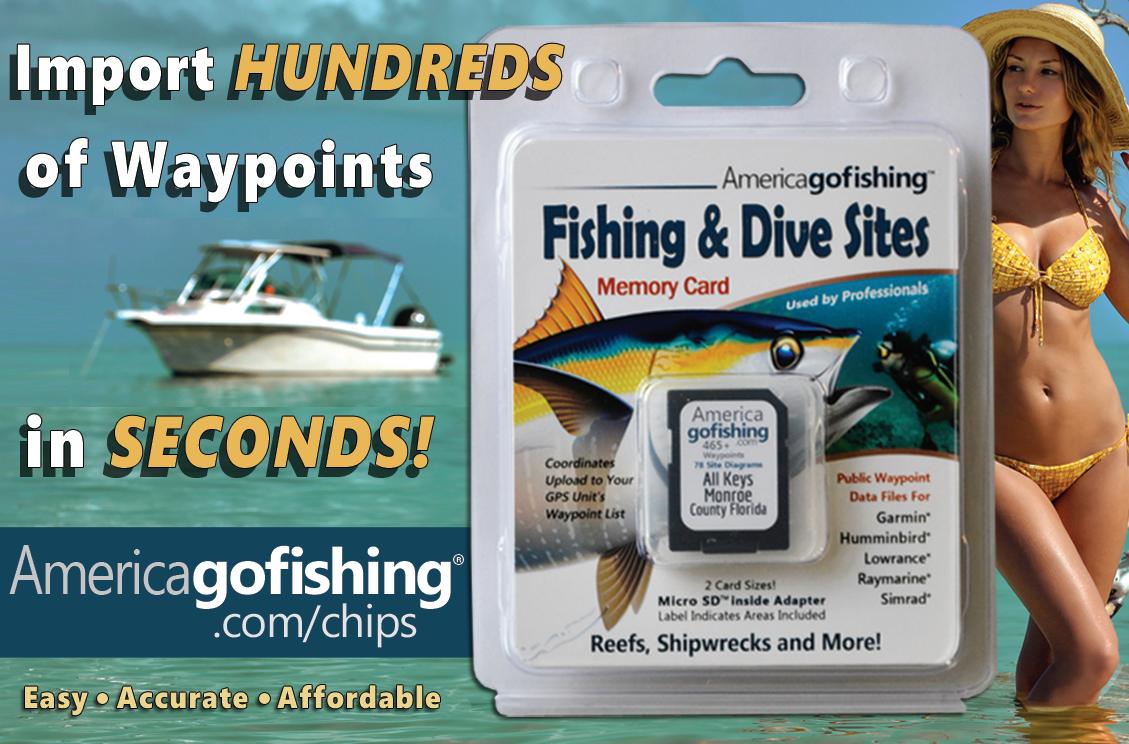
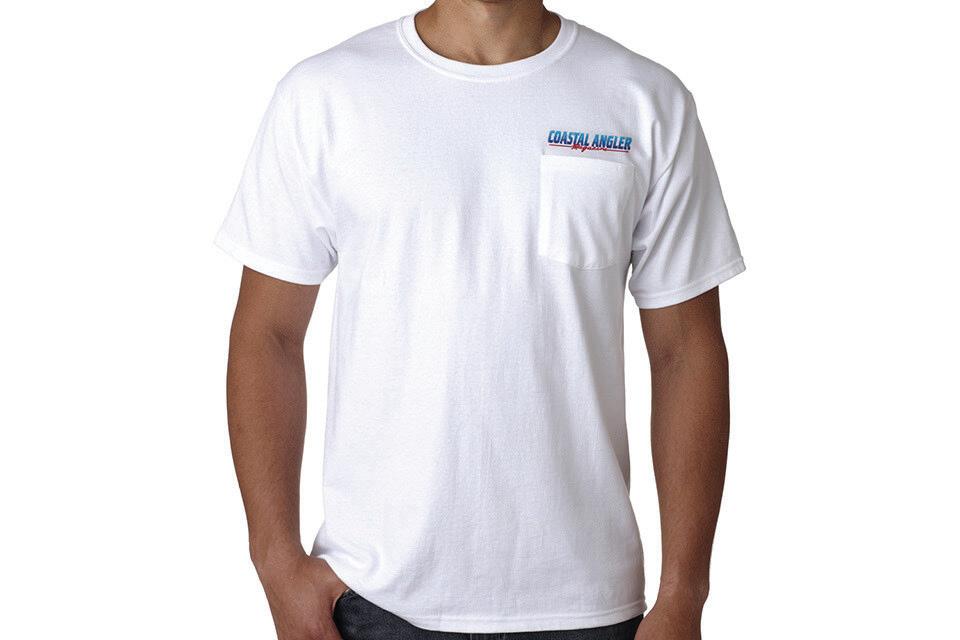
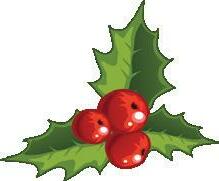
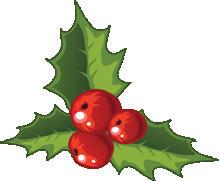

It’s on! You made a very long cast, and within a few cranks a sh grabs your lure and you’re engaged in a ght!


Long distance lures allow you to hook-up with sh other anglers can’t reach, but ghting sh with so much line out presents complications, mostly in the form of environmental elements the angler does not control.
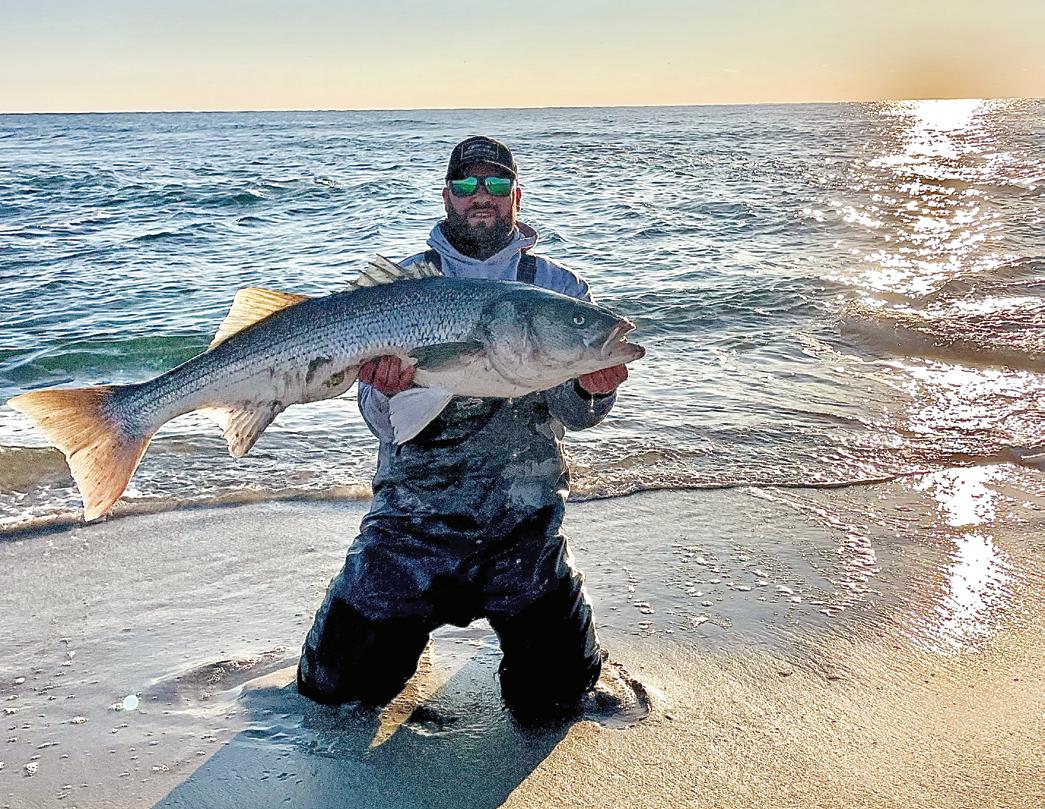
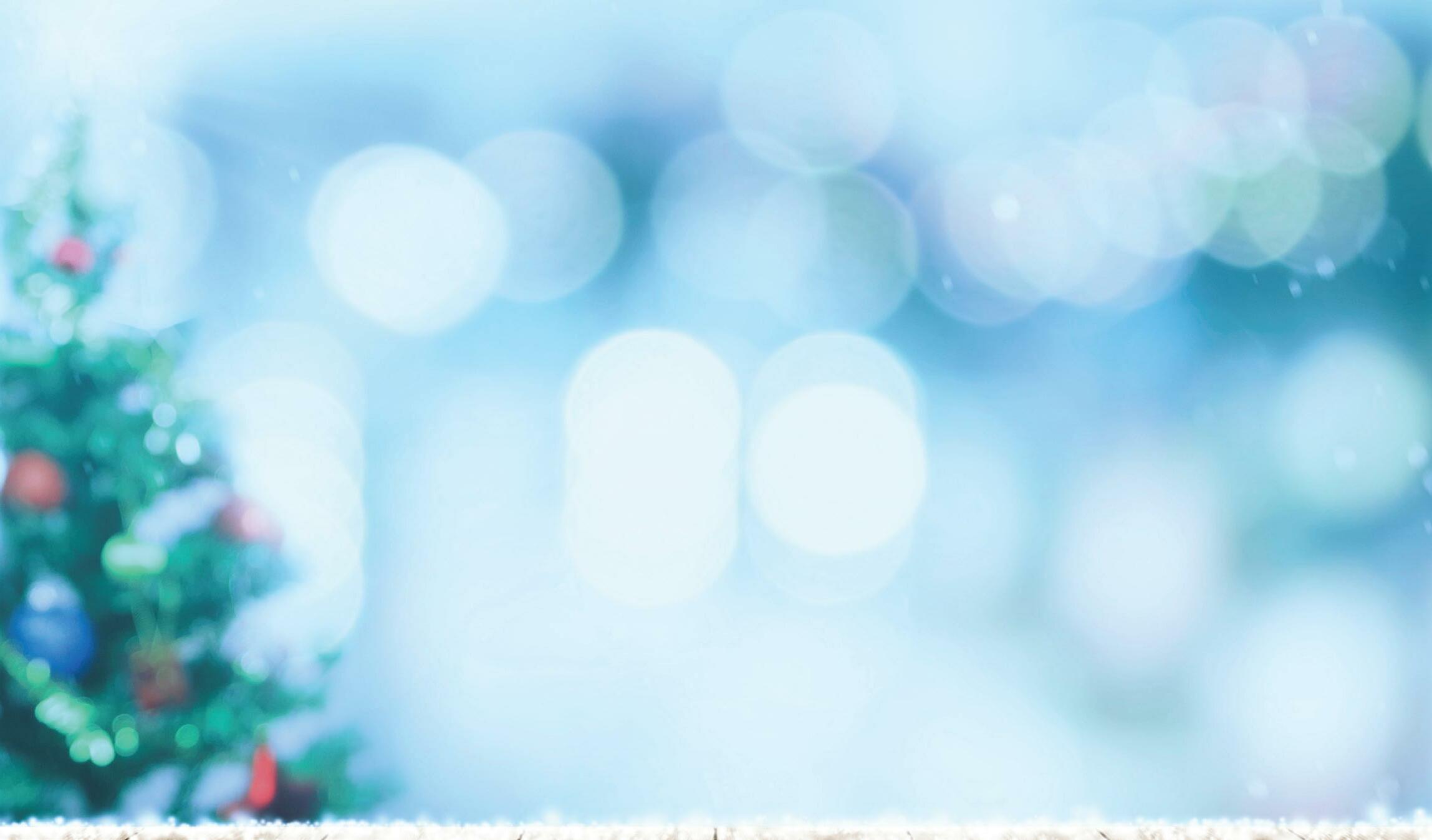
If you’re shing from a at sandy beach on a calm day with no waves, little current and no oating sargassum, then nothing is di erent. Just ght the sh and enjoy it. But when ghting a sh at great distance, elements like current or obstacles such as rocks or weeds become magni ed threats to successfully landing the sh. e more line you have in the water, the less direct in uence you have on the sh. e sh has more freedom to swim sideways or even directly at you. ere’s a greater chance your line will snag an encrusted boulder or load up with oating grass. Ripping currents and wave action are more pronounced during the ght, and sh—especially bigger ones— will use this to pull away.

Here are tactics to better ght sh from long distances.

• Keep the rod tip up and hold it high to keep as much line as possible out of the water or high in the water column. is limits the risk of snags and reduces drag on the line. I sometimes put the rod butt against my shoulder and hold the rod almost vertically to gain as much height as possible.


• When a sh swims or is pushed by waves or current into a snag-prone area, it’s o en counter productive to crank down and pull directly against the sh. Pulling hard works OK on small or mediumsized sh, but with larger sh I like to angle the rod horizontally and


sideways in the direction the sh is going. It’s like judo in that you use the sh’s momentum against it. By pulling the sh sideways, instead of directly against it, it will curve toward you. is is unconventional, but it has saved sh for me a number of times.
• When sh use strong currents during the ght, walk with them. Try to walk the same speed the sh is moving with the current and continue picking up line.
• Use a power-pull to put a lot of pressure on big sh. Keep the rod at a 30 to 45 degree angle from horizontal, and walk backward at constant speed. When I was guiding in Africa for tiger sharks and giant tarpon, this was the best way to bring sh closer to shore.

Legendary angler Patrick Sebile is a world record holder and an award-winning designer of innovative lures and shing gear. Check out his creations at abandofanglers.com.

Perhaps Florida anglers are getting used to the regulations changes that closed fall harvest of ounder for the rst time last year. With a 45-day closure during the peak of the fall spawning movements, keeping ounder is by design illegal when it’s easiest to catch them. e season closure ran Oct. 15 through Nov. 30, and many Gulf of Mexico and Atlantic states enacted similar closures in the face of several years of falling ounder numbers. So, while you likely didn’t get to enjoy stu ed ounder at the anksgiving feast, you should be able to go catch, or gig, a doormat to serve at Christmas.
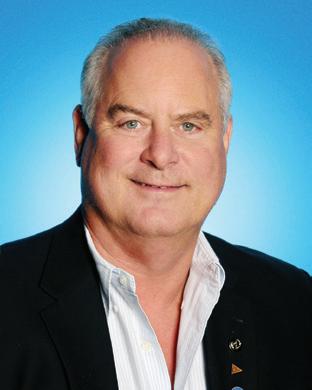








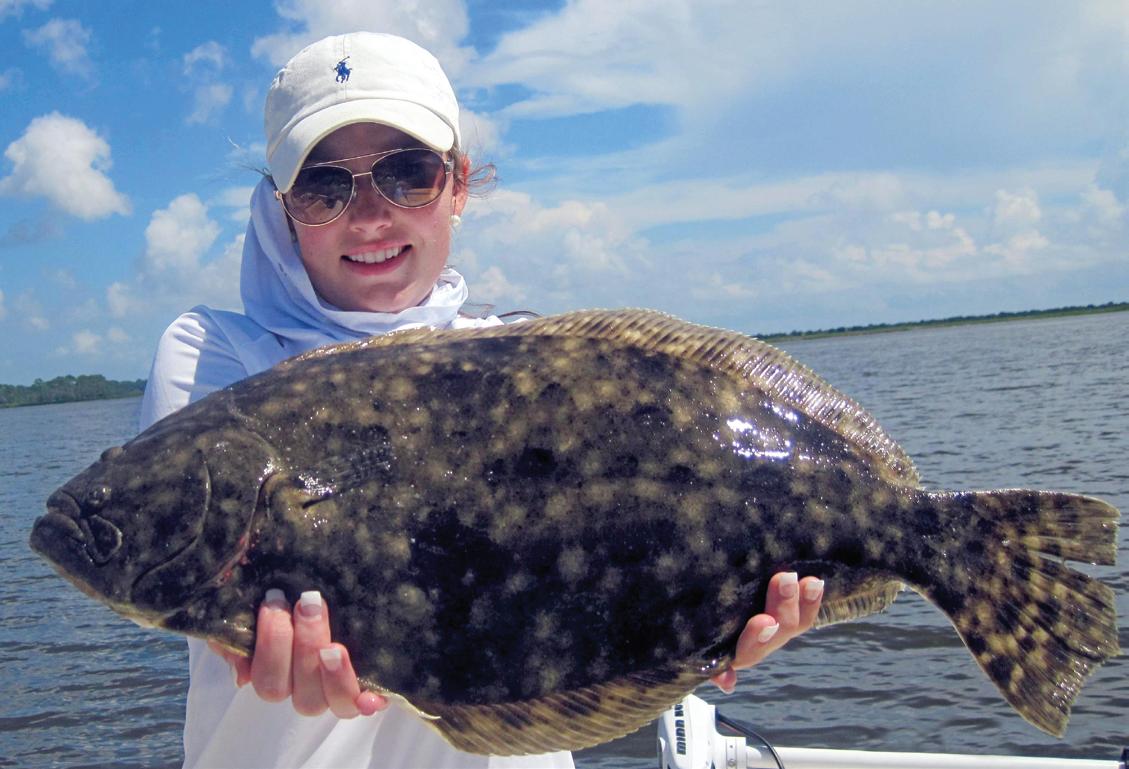
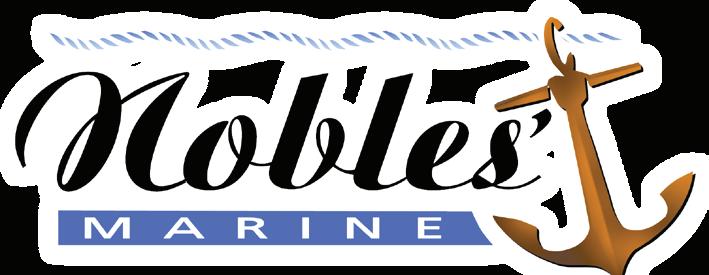

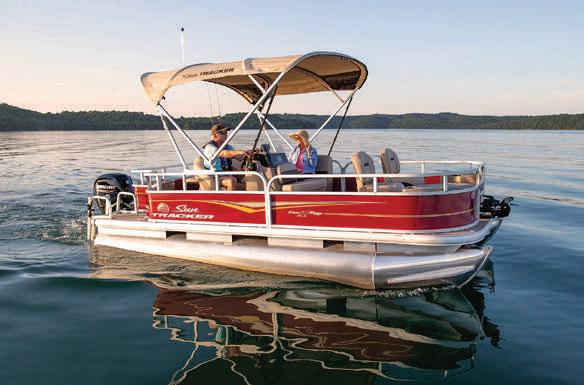


Starting Dec. 1, ounder harvest is allowed with a 14-inch minimum size limit and a daily bag limit of ve sh per person. ese regulations apply in state and federal waters o Florida. Legal gear includes spears, gigs, hook and line, seine and cast nets.

For more information, go to MyFWC.com.



If you’re not familiar with shoal bass, they are a distinct species of black bass that evolved to inhabit the riverine shoals of the Apalachicola River Basin in Florida. ey are considered a Species of Greatest Conservation Need by the Florida Fish and Wildlife Conservation Commission because they are native only to one drainage worldwide, and habitat in that drainage was forever altered by dams.
e Chipola River, which roughly bisects the Panhandle to join the Apalachicola River at Sumatra, Fla., is home to Florida’s only known
reproducing population of shoal bass, and it is potentially the species’ most genetically pure population. Farther north, Georgia’s Chattahoochee and Flint rivers are part of the same drainage. ere, shoal bass are considered an excellent sport sh. ey grow to weights heavier than 9-pounds and o er a unique opportunity for anglers, especially y shers, because they inhabit swi -water shoals and will readily slam arti cial lures, topwaters and ies.
Shoal bass are in trouble in Florida, and FWC is on the case. In 2018, the Chipola River population of shoal bass was nearly destroyed by Hurricane Michael. Impacts from the storm resulted in nearly a 90 percent decline in the population. In May, 2022, biologists with the FWC’s Fish and Wildlife Research Institute and the Division of Freshwater Fisheries Management released 3,300 1- to 2-inch genetically pure, hatchery-spawned shoal bass from the Blackwater Fisheries Research and Development Center into the Chipola River.
Recent sampling discovered the released sh have made a signi cant contribution to the existing population. DNA analysis of n clips taken from shoal bass collected during these sampling events con rmed that 65 percent of the yearlings collected were from sh produced and released by Blackwater Hatchery. ese stocked shoal bass had grown to 4 to 6 in the four months since being stocked. Additionally, data suggests these stocked sh may comprise nearly 20 percent of the entire shoal bass population in the river.
“ e shoal bass population in the Chipola River has become a top priority of sheries biologists within the northwest region of Florida since Hurricane Michael,” said Fisheries Biologist Andy Strickland. “Management actions to suspend harvest and successfully stock shoal bass have yielded positive results for this unique black bass species.”
FWC biologists anticipate stocking additional hatchery reared shoal bass in the Chipola River in the spring of 2023 to increase the number of genetically pure sh in the population and eventually restore population numbers to pre-Hurricane Michael levels.


Currently a catch-and-release-only regulation is in e ect for shoal bass on the Chipola River and its tributaries.
To learn more, visit MyFWC/Freshwater.
In November the Georgia Department of Natural Resources certi ed a sh that tied the state record for Florida pompano. e sh, which weighed 1 pound, 7.68 ounces, was caught by a Florida woman who was at St. Simons Island, Ga. volunteering at a youth shing tournament.
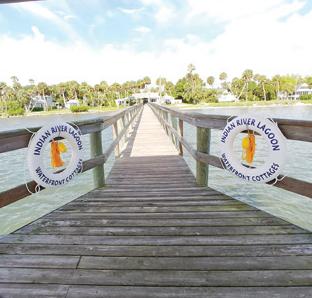

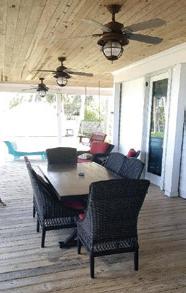

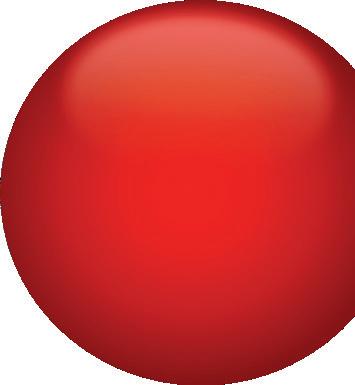






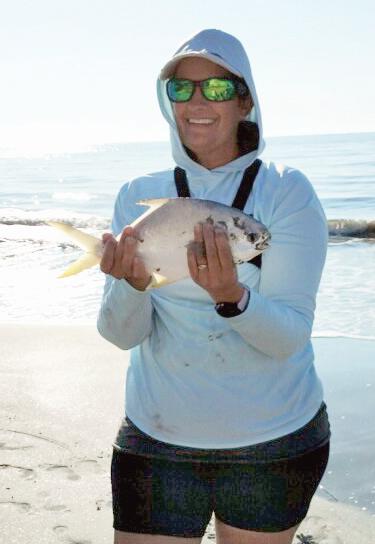
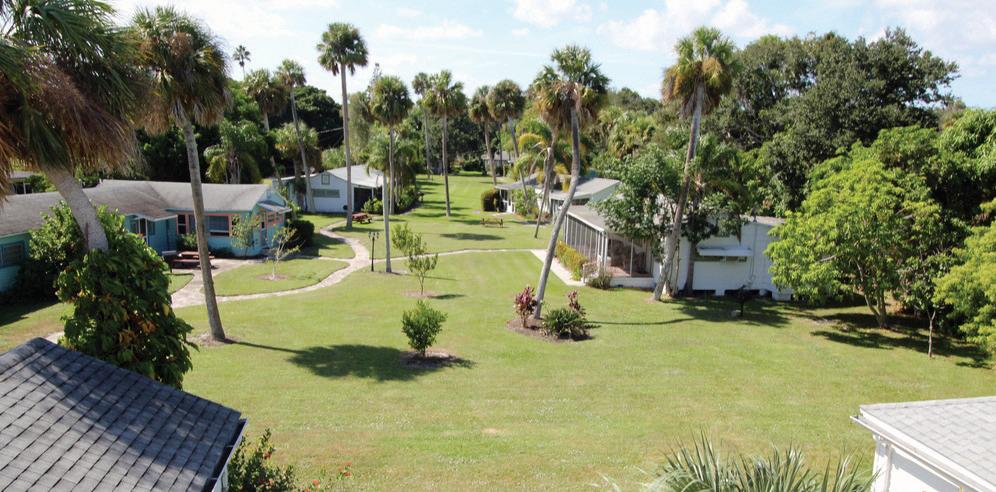
Cathy Sanders, of Palm Coast, Fla., landed her record-tying pomp while surf shing on St. Simons Island on Oct. 9. Her catch tied the previous record holder, Laura Cheek, who landed a 1-pound, 7-ounce pompano on Sea Island in 1982. Sanders’ pompano was 12 inches fork length.
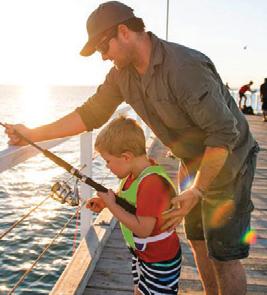
Sanders was volunteering with the Kids Can Fish Foundation’s Running of the Bulls youth tournament when she caught the sh. She was surf shing with a 12-foot Okuma Rockaway rod and Okuma Rockaway 6000 reel. As bait, she used Fishbites EZ Crab (Electric Chicken) with Sinker Guys glass beads and salted shrimp on 20-pound high visibility mono lament. Her terminal rig was a 2/0 circle hook on a double drop rig with 3-ounce Guy Sputnik sinker.



Under the rules of the Georgia Saltwater Game Fish Records Program, Sanders’ catch quali ed as a tie because it weighed more than the current record, but did not exceed the record by more than 4 ounces.
e IGFA all-tackle world record Florida Pompano weighed 8 pounds, 4 ounces. It was caught by Barry Huston in St. Joe Bay, Fla. in 1999.
See Georgia’s saltwater records at CoastalGaDNR.org/SaltwaterRecords.

Like fishing, hunting is for early risers — those who find contentment and peace in getting out into nature early. But that’s not all you’ll find in wild Florida. From the Panhandle to the Everglades, we have some of the most accessible and affordable public hunting lands in the country. Six million bountiful and beautiful acres are closer than you think. So if you’re already an early riser, rise to the exciting challenge of hunting today.
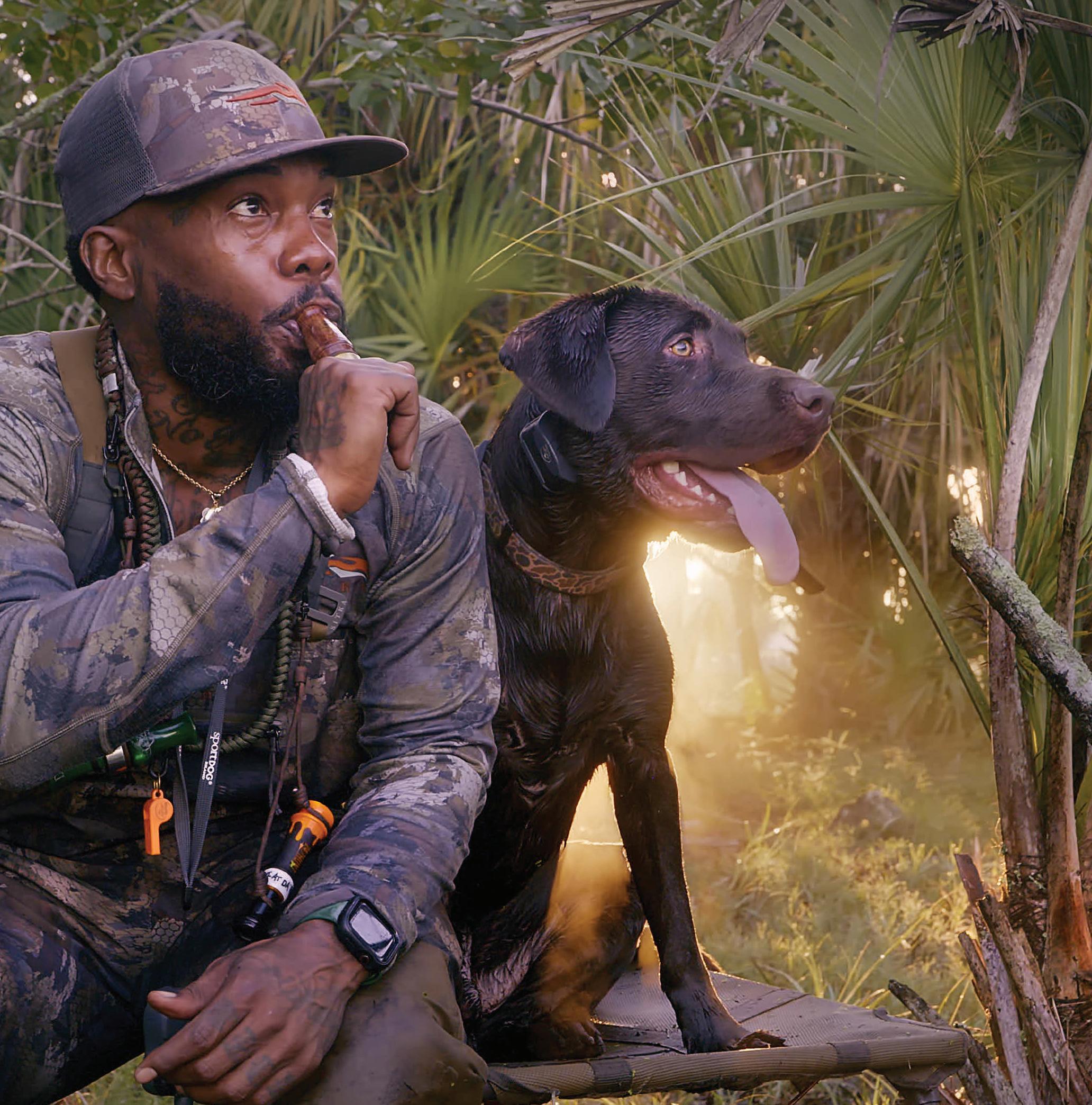
The very best hunting knives possess a perfect balance of form and function. They’re carefully constructed from fine materials, but also have that little something extra to connect the owner with nature. If you’re on the hunt for a knife that combines impeccable craftsmanship with a sense of wonder, the $79 Huntsman Blade is the trophy you’re looking for.
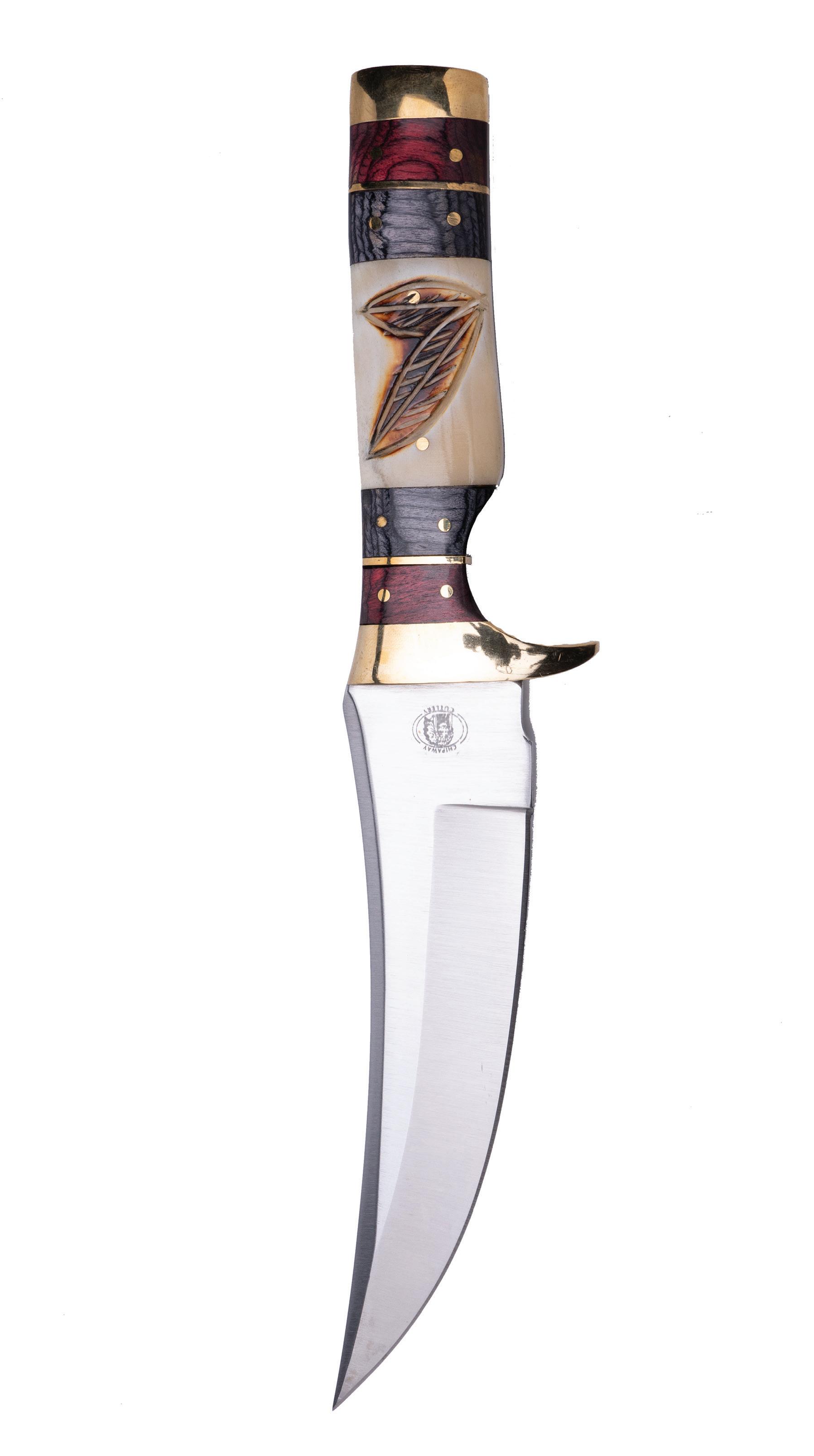
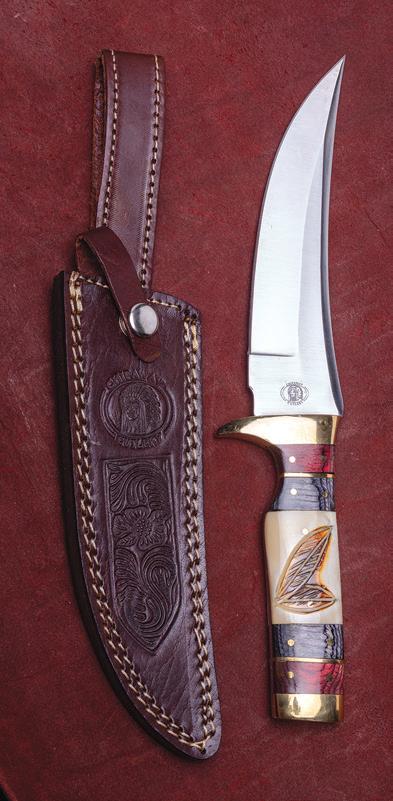
The blade is full tang, meaning it doesn’t stop at the handle but extends to the length of the grip for the ultimate in strength. The blade is made from 420 surgical steel, famed for its sharpness and its resistance to corrosion.
The handle is made from genuine natural bone, and features decorative wood spacers and a hand-carved motif of two overlapping feathers— a reminder for you to respect and connect with the natural world.




This fusion of substance and style can garner a high price tag out in the marketplace. In fact, we found full tang, stainless steel blades with bone handles in excess of $2,000. Well, that won’t cut it around here. We have mastered the hunt for the best deal, and in turn pass the spoils on to our customers.
But we don’t stop there. While supplies last, we’ll include a pair of $99 8x21 power compact binoculars and a genuine leather sheath FREE when you purchase the Huntsman Blade.


Your satisfaction is 100% guaranteed. Feel the knife in your hands, wear it on your hip, inspect the impeccable craftsmanship. If you don’t feel like we cut you a fair deal, send it back within 30 days for a complete refund of the item price.
Limited Reserves. A deal like this won’t last long. We have only 1120 Huntsman Blades for this ad only. Don’t let this beauty slip through your fingers. Call today!
“This knife is beautiful!” — J., La Crescent, MN
“The feel of this knife is unbelievable...this is an incredibly fine instrument.” — H., Arvada, CO
The question of lure size is o en pondered in the shing world. Di erent circumstance requires a di erent mentality, but one thing is for certain, the sh did not read any articles, attend any seminars or watch that YouTube video. ey eat what they want, when they want, but I have an approach that I nd useful in deciphering the riddle.
As winter approaches, it brings changes to our estuaries: cooler water temps, a change in the type and abundance of forage, less pressure from boaters, and in some areas, much better water clarity. ere are two trains of thought on lure size when it comes to winter shing in the bays. Should I go bigger or smaller? I know anglers who immediately upsize for the entire season, while others downsize for its duration.

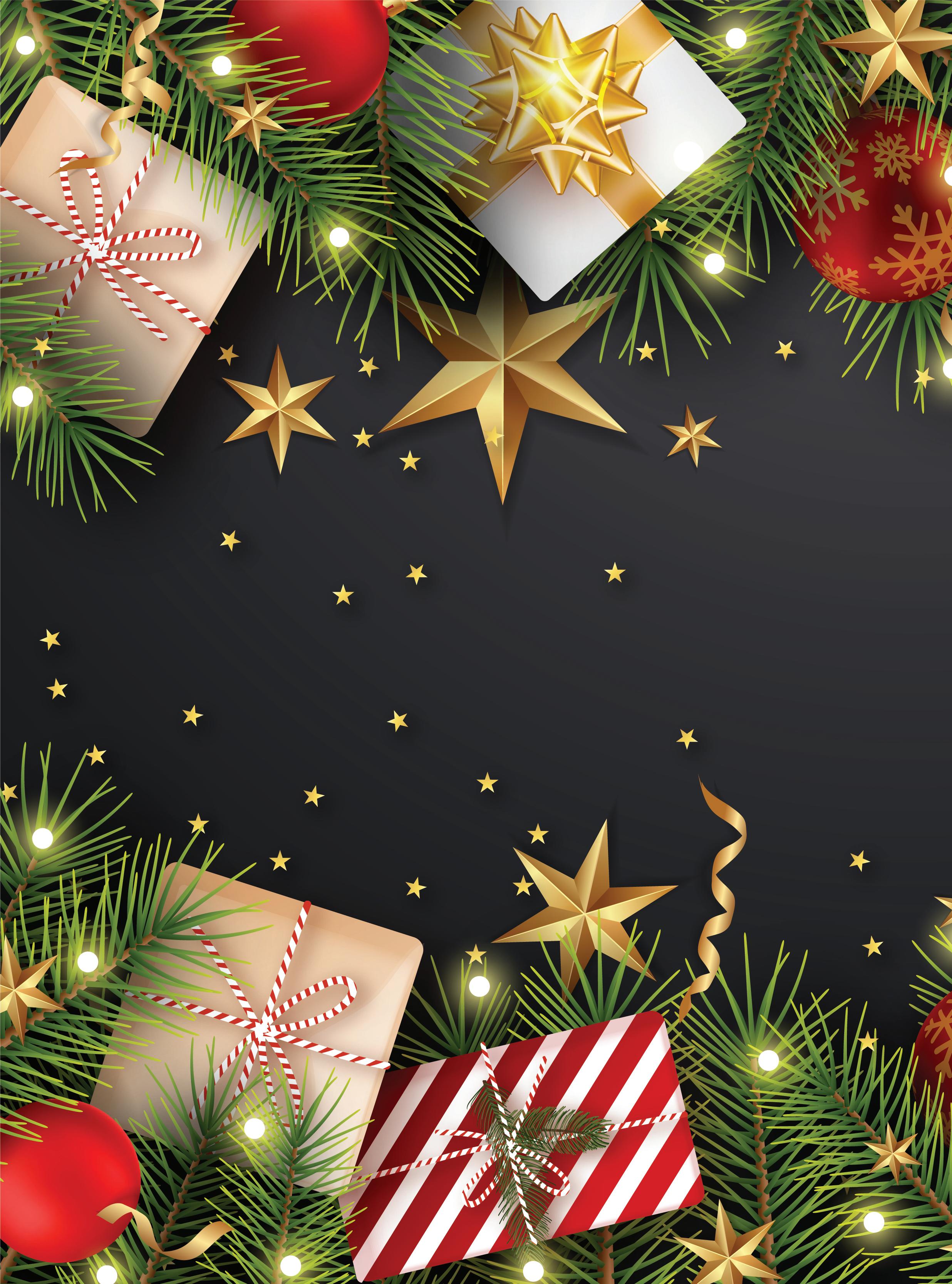





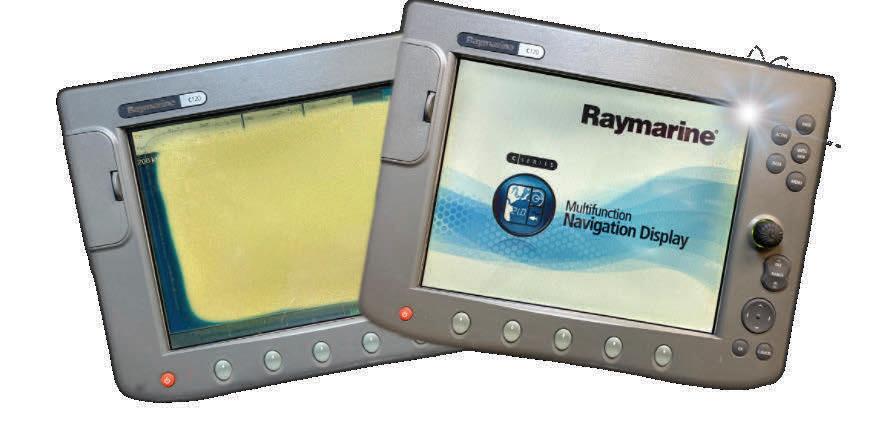






Both can be e ective, but here is how I typically tackle early winter shing.
Cooling water temps and increasing frequency of cold fronts put the sh on both spectrums of the feeding attitude. Unlike more stable weather patterns, when sh are less a ected and feed more consistently, these fronts can make them, for a lack of a better term, moody.





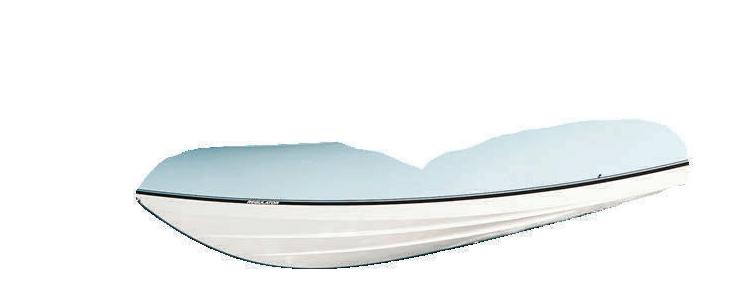

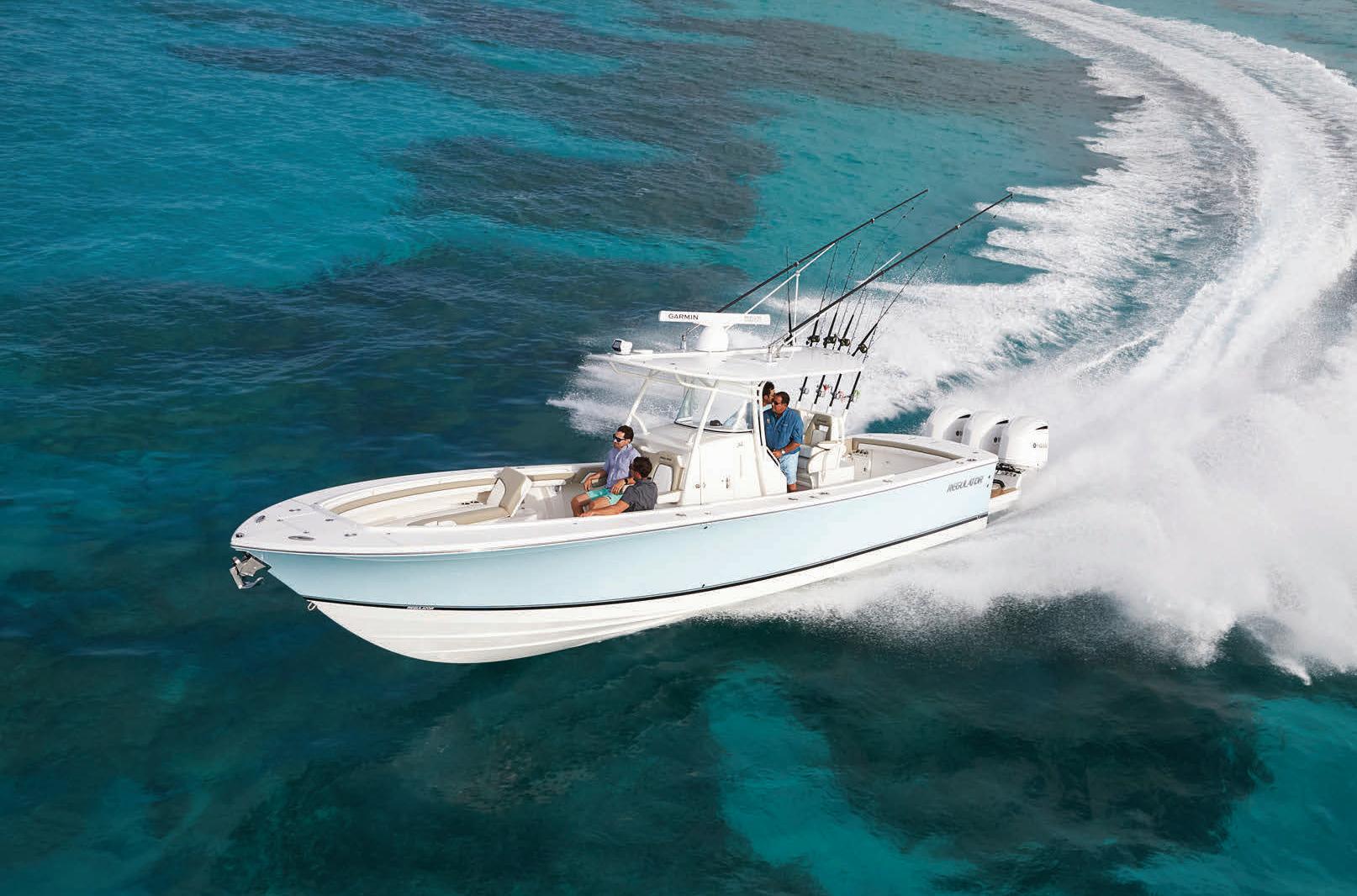
Late fall and early winter can be some of the best inshore shing of the year. Schools of
bait ushed from the bays with the dropping tides are followed by hungry specks and reds. In these situations, I like to use a smaller lure. Generally, they feed on shrimp or smaller bait sh, and having a lure of similar size is a good idea. When they are following these schools, I like non-natural colors so the sh have something to key in on when bait is abundant. I like my lure’s color to stand out in the fall feeding frenzy.
Now, for the other end of the mood swing, the inactive period caused by post-frontal conditions. is is another situation when I favor smaller lures in early winter. When the bite is o , smaller o erings entice bites from non-aggressive sh. Using myself as an example, if I am not hungry, the chance of me driving to a restaurant for a steak dinner are slim, but I might grab a few peanuts for a quick bite just because they are on the counter.
e nal reason is clearer water. Some bays I sh will have 1 to 2 feet of clear-green water in the summer, but 6 to 7 feet of air-clear water in winter. ese sh are not accustomed to this transitional clarity. When I can see my lure bouncing in the sand in depths of 7 feet, a much smaller lure will produce more bites.
I hope these tips help you catch more sh this winter, and next month I will explain my transition to larger lures as we press deeper into winter’s grip.
ago, Persians, Tibetans and Mayans considered turquoise a gemstone of the heavens, believing the striking blue stones were sacred pieces of sky. Today, the rarest and most valuable turquoise is found in the American Southwest–– but the future of the blue beauty is unclear.
On a recent trip to Tucson, we spoke with fourth generation turquoise traders who explained that less than five percent of turquoise mined worldwide can be set into jewelry and only about twenty mines in the Southwest supply gem-quality turquoise. Once a thriving industry, many Southwest mines have run dry and are now closed.

We found a limited supply of turquoise from Arizona and purchased it for our Sedona Turquoise Collection . Inspired by the work of those ancient craftsmen and designed to showcase the exceptional blue stone, each stabilized vibrant cabochon features a unique, one-of-a-kind matrix surrounded in Bali metalwork. You could drop over $1,200 on a turquoise pendant, or you could secure 26 carats of genuine Arizona turquoise for just $99
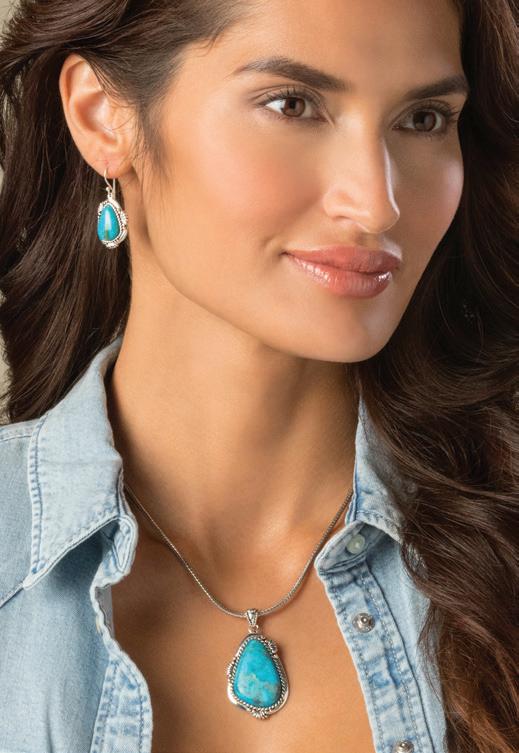
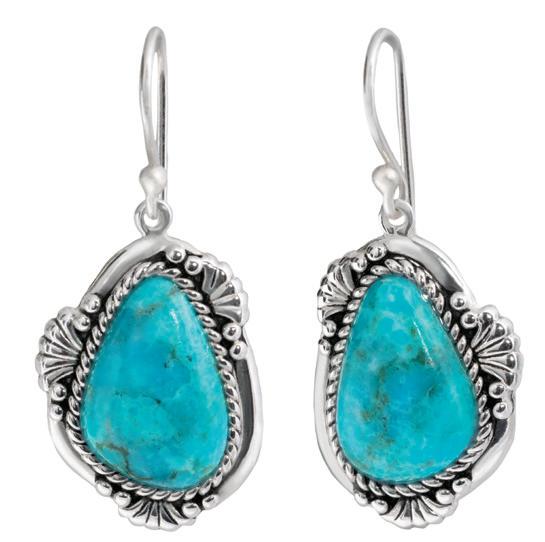



days
don’t
Ohio Angler Gregg Gallagher caught a 10.15-pound smallmouth bass on Nov. 3 that once certi ed should be a new Lake Erie record. e 23 ¾-inch sh is also the largest bronzeback ever caught from the Great Lakes.
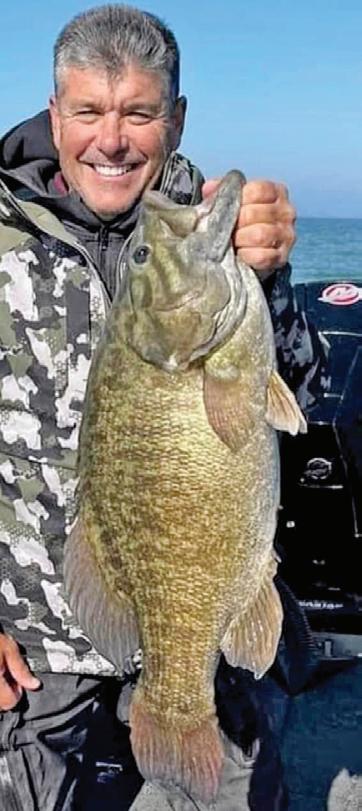



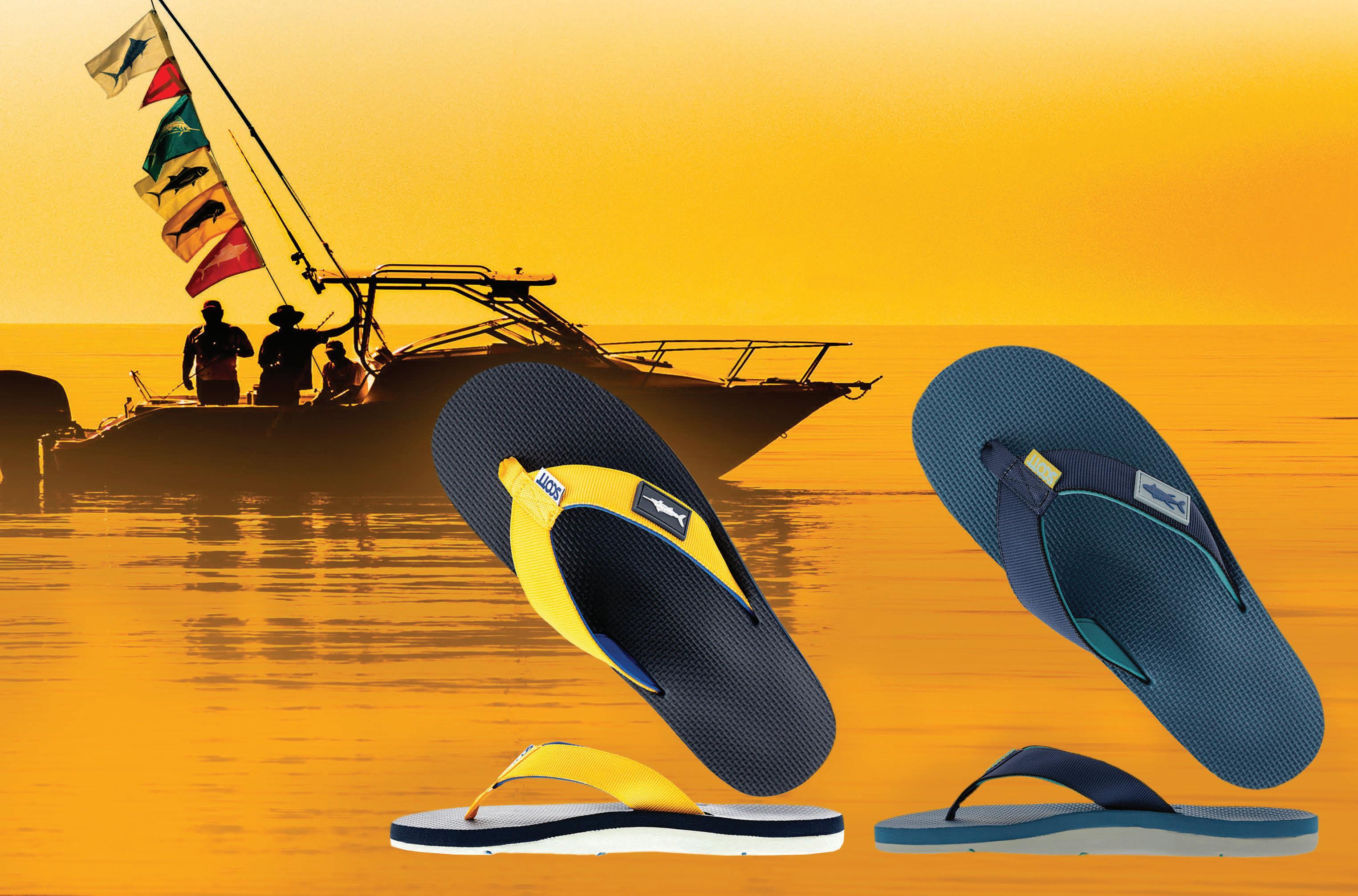

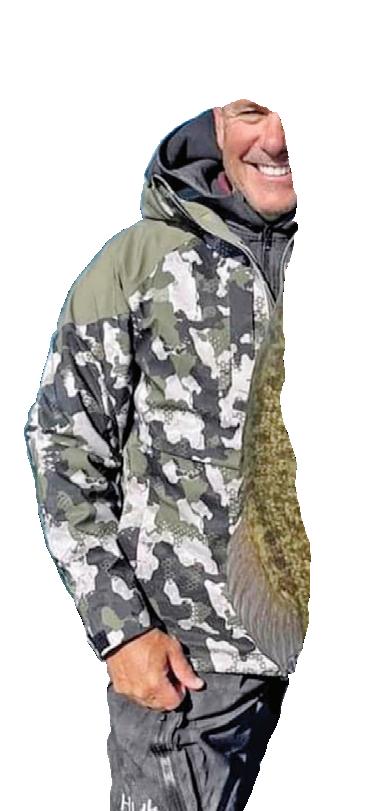
Gallagher told In-Fisherman his was the result of his son’s extensive time surveying bait and bottom structure. With sonar, they were able to do what some call video-game shing and target individual sh with drop shot rigs. He was shing 8-pound test.
“With an abundance of bait sh and unique bottom composition located a er long days behind the graphs, we dropped down our forward-facing sonar and we were able to individually target these pelagicesque smallmouth,” he told In-Fisherman. “On what turned out to be the most memorable cast of my life, my bait got hit before it even hit the bottom and my rod quickly doubled over. I honestly thought I had hooked into a sheephead and not a smallmouth. We quickly learned we had just caught the smallmouth of a lifetime.”
e monster smallmouth is the only certi ed 10-plus-pounder ever caught from the Great Lakes. It should beat out the Canadian record of 9.84 pounds, which was set 68 years ago. It is also heavier than the Ohio state record, which weighed 9 pounds, 8 ounces and was caught in 1993.
e world record smallmouth bass weighed 11 pounds, 15 ounces. It was caught from Tennessee’s Dale Hollow Lake in 1955.
You raise the flags of the fish just caught to show you weren’t skunked.
Once onshore you can take it a step further showing your fellow anglers your catch of the day wearing “slippahs” from Scott Hawaii.
Instead of spending the next few months holed up inside, get yourself a good parka, nd a window of decent weather and go shing. Believe it or not, for some sheries winter o ers some of the best action of the year. Here are a few ideas to help you combat cabin fever.
By CAM Stais time of year, wahoo pile up around the Bahamas. Some of the largest sh of the year will show up over the next couple of months.
High-speed trolling is the technique that allows captains to cover lots of water along rocky ledges, color changes, temperature breaks and dropo s. ’Hoos hunt in packs, so multiple hook-ups and double-digit days are possible. is shery requires some forethought and perhaps some exibility. ey bite best around the full and new moons, but you’ll de nitely want to avoid fronts and those wicked north winds.

December
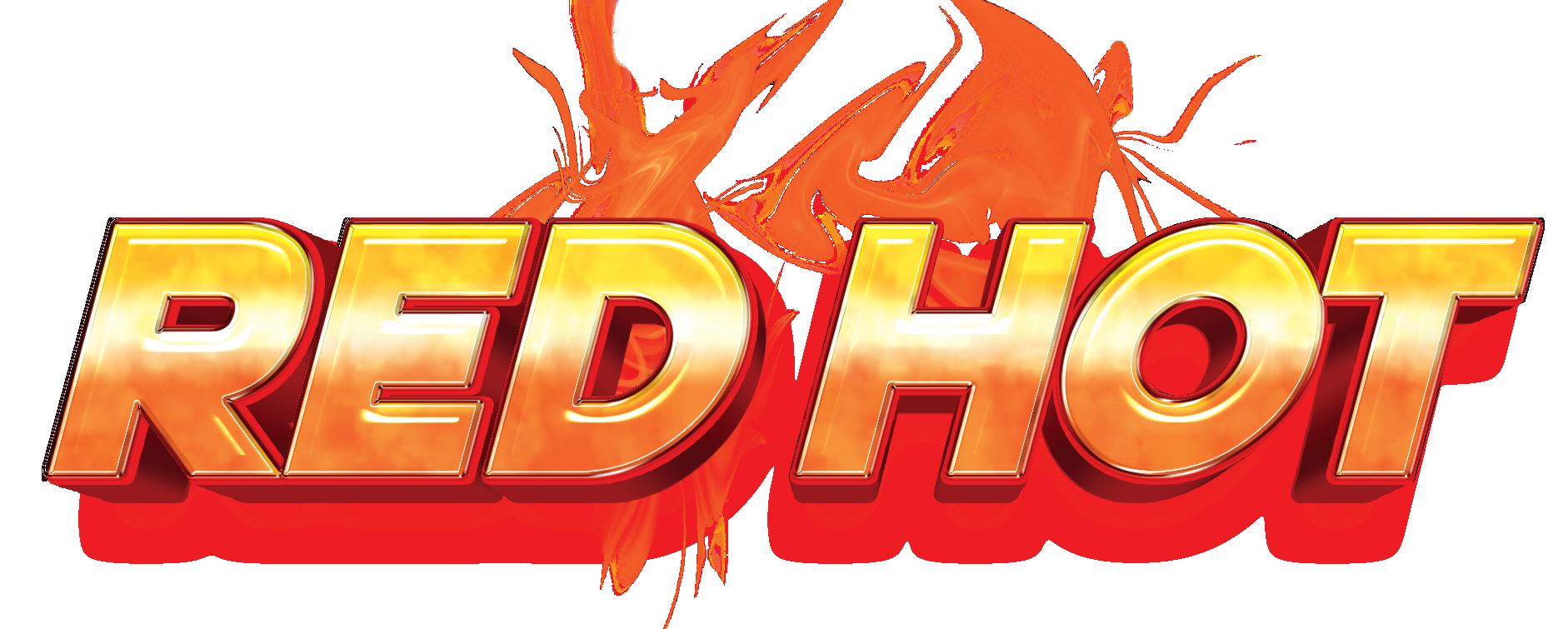






the Atlantic Coast of South Florida becomes one of the best sail sh destinations in the world. Release ags will be ying along the edge of the Gulf Stream from roughly Fort Pierce down through the Keys.
For this bite, you’ll want to sh when the weather’s a little rough. With strong winds from the north, tailing conditions push sail sh high in the water column to feed. ey surf the swells and it’s possible to sight sh for them, which is about as exciting as shing gets.
3) The Outer Banks: In winter, North Carolina’s Outer Banks are the destination for several migrations which bring excellent shing to the island chain from Oregon Inlet down past Ocracoke.
Out of Hatteras, it’s a short ride out to the edge of the Gulf Stream, and this time of year tuna congregate there to feast on a bounty of bait sh. Big blue n tuna 200 pounds and larger are on the prowl, and anglers can also do battle with black n, yellow n and bigeye tunas.
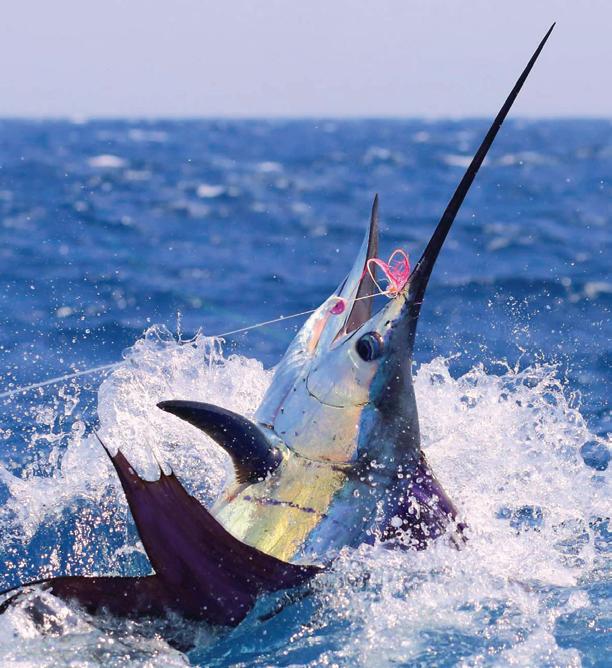
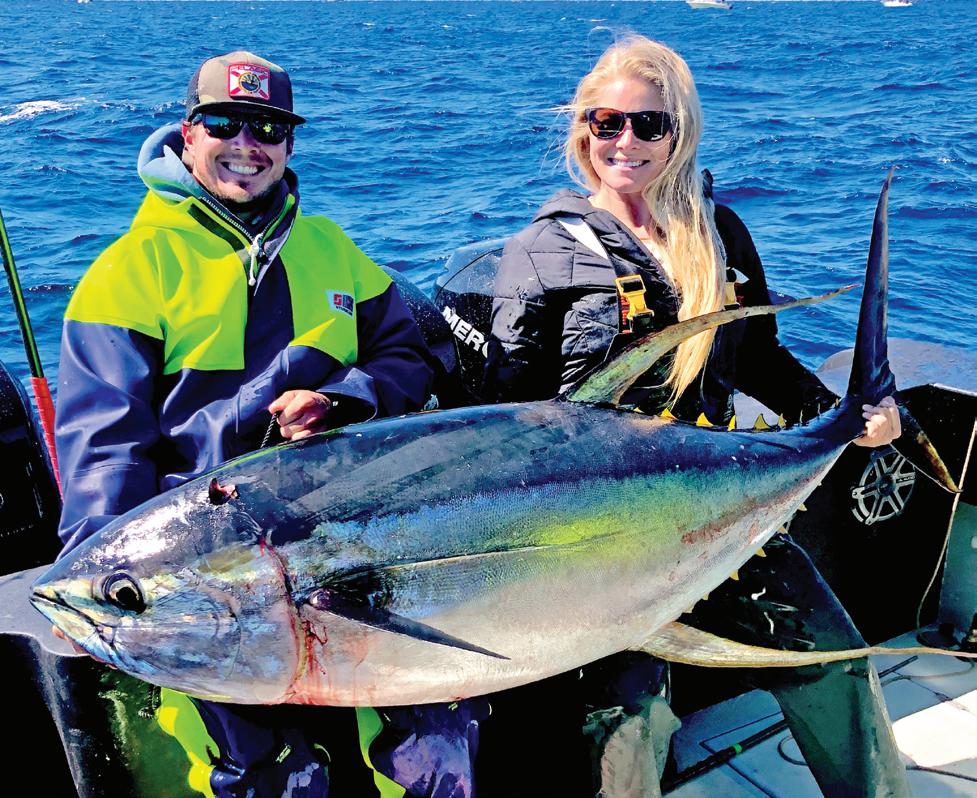


At the same time, big schools of striped bass will be marauding bait sh on the beaches and in the inlets. Surf anglers can encounter them blitzing menhaden by looking for bait and birds. Charter boats do good business this time of year trolling while keeping eyes peeled for stripers herding and crashing bait balls.
4) South Padre Island, Texas: Way down on the Mexican border, South Padre Island is as far south as you can go in Texas. e winters are mild and the shing is good year-round.
When water temps drop, snook pile into the canals and school up. ese schools of sh can be giant, and they are suckers for arti cials. At the same time, the grass ats experience the clearest water of the year. Red sh, big trout and black drum cruise the ats, where anglers can sight sh them in shin-deep water.
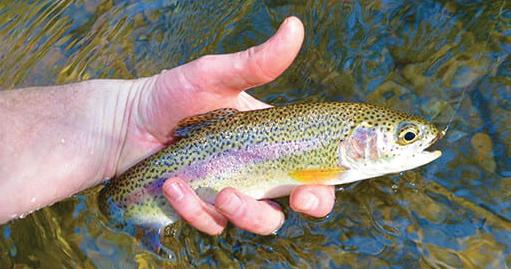
5) Delayed Harvest Trout: On the East Coast from Maryland down to Georgia, most states have developed robust delayed harvest trout sheries which keep y shers on the stream through the winter. ese specially regulated sheries are catch-and-release only through the cooler months and most of them have single-hook, arti cial-only regulations.
Most delayed harvest streams are heavily stocked, usually with some largerthan-normal hatchery sh. Since you can’t keep them, they stay in the creeks and rivers all winter long. Maryland, Pennsylvania, North Carolina, South Carolina and Georgia are some of the states with excellent delayed harvest programs. See the state wildlife agency websites for information.
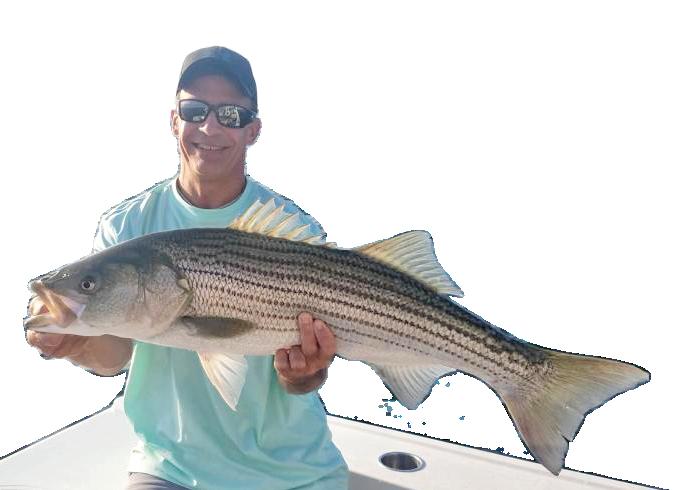
For the rst time in a while, sheries managers are reporting some good news about striped bass populations on the Atlantic Coast. In early November, e Atlantic States Marine Fisheries Commission (ASMFC) accepted an updated 2022 stock assessment that looks good enough that no additional harvest cuts will be needed.
is stock assessment found that rock sh stocks are still over shed but they are not currently experiencing over shing. e female spawning biomass appears to have been on a modest upward trend for at least the last three years, but at an estimated 143 million pounds is still far below the 235-million-pound target for rebuilding.
Total mortality in 2021 from commercial and recreational shing was estimated at 0.14, which is below the mortality threshold of 0.20 as well as below the mortality target of 0.17.
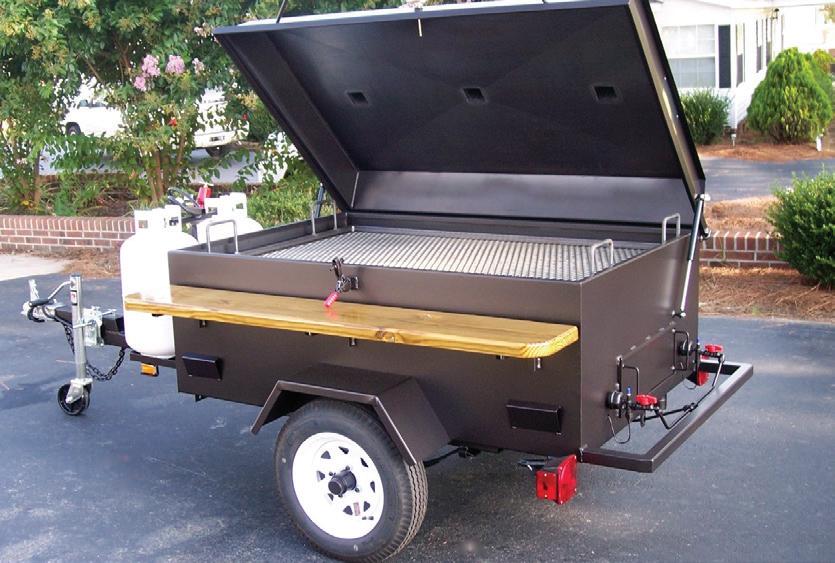




What does this mean for anglers?

Currently, a reduction in catch is not needed, and the rebuilding program is on schedule to declare the striped bass stock rebuilt by 2029.
“ is 2022 assessment was the rst check-in point for progress toward stock rebuilding by 2029,” said Board Chair Marty Gary with the River Fisheries Commission. “It is extremely important shery removals and conduct regular stock assessments to keep evaluating rebuilding progress and stay on track.”

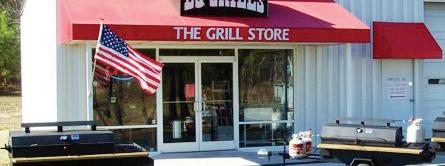
e next stock assessment update is scheduled for 2024, and the Board will review the 2022 removals as soon as the data are available to evaluate whether catch remains at sustainable levels.
For more information, visit www.asmfc.org.










“Love at first sight! Without a doubtone of my favorite pieces from Stauer!”
– N. B., Mattapoisett, MA
Spoil her (and your wallet) with sparkling Sky Blue Topaz for just $39

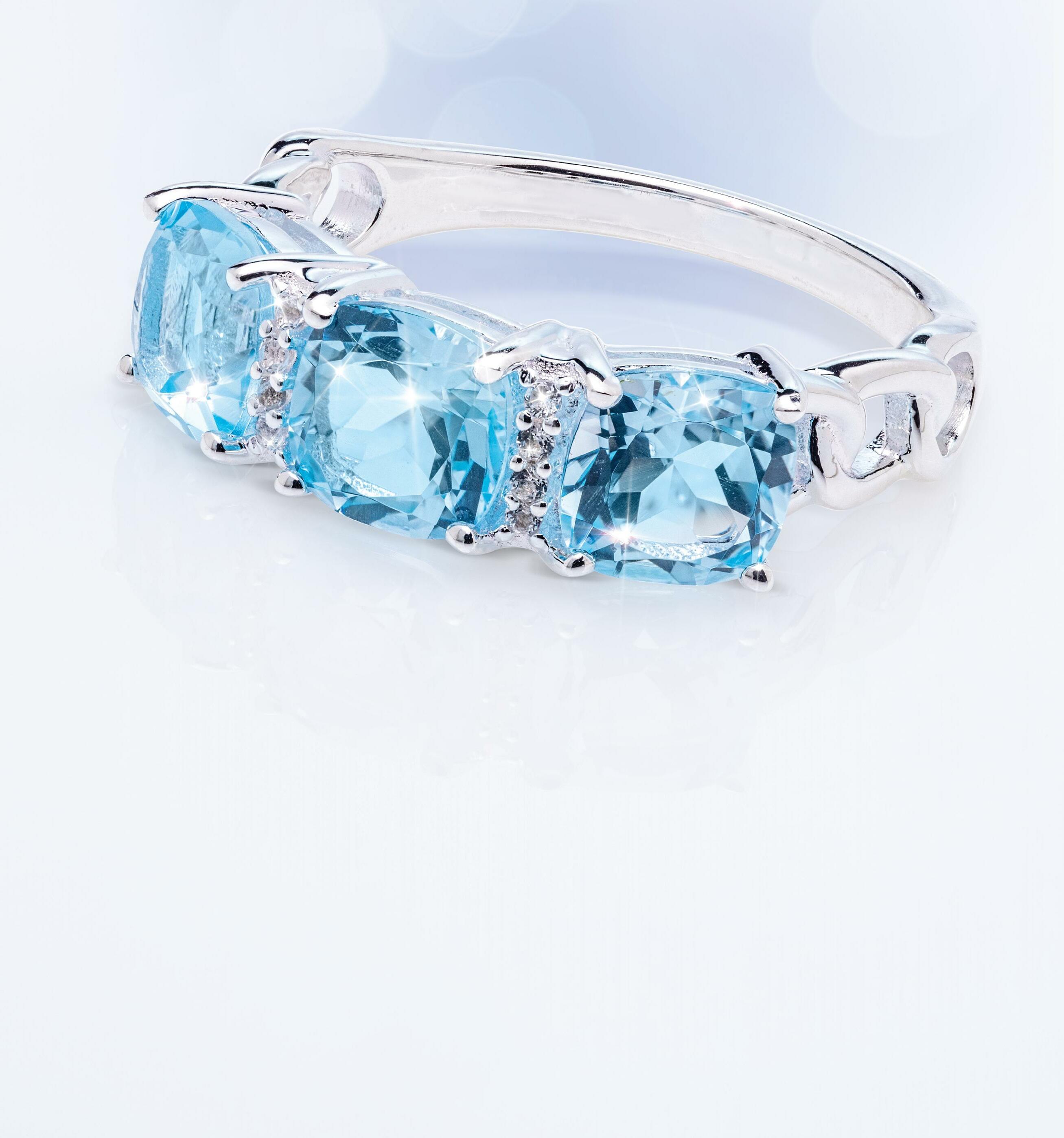
Going over the top on jewelry doesn’t have to mean going overboard on the cost. We’re in the business of oohs and ahhs without the ouch, which is why we can bring you a genuine sky blue topaz ring for a price that simply can’t be beat.
Sky blue topaz is aptly named, as its translucence and clarity is absolutely heavenly. If you are looking to mark a milestone or make any occasion special, the Sky Blue Topaz Ring is all you need.
is elegant ring features 2 1/2 carats of ethereal sky blue topaz in three perfectly-faceted cushion cut gemstones. And, the .925 sterling silver setting is nished in tarnish-resistant rhodium for added durability and superior shine.
You could spend nearly a $1,000 on a sterling silver ring set with a blue topaz stone. But, with Stauer in your corner, the sky’s the limit for a ording the extraordinary. Priced at just $39, you can treat her to the Sky Blue Topaz Ring set in .925 sterling silver and save your money and your love life all at the same time.
Satisfaction guaranteed or your money back. Indulge in the Sky Blue Topaz Ring for 30 days. If you aren’t perfectly happy, send it back for a full refund of the item price.
Limited Reserves. Don’t let this gorgeous ring slip through your ngers. Call today!
